Late April 2018 (21st-30th)
/With the filling out of green vegetation across the city in mid-April, and with warmer temperatures arriving, late April proved to be the most active period so far this spring! First-of-season species flooded into the area with the help of several nights featuring southerly winds, and a few interesting rarities popped up as well. Overall, top records for this reporting period in Virginia Beach included new rarity reports for LONG-BILLED DOWITCHER, YELLOW-THROATED VIREO, EASTERN TOWHEE (WHITE-EYED), WESTERN TANAGER (technically one new and one continuing individual), along with continuing rarity reports for COMMON GALLINULE! In addition to these species, expected springtime arrivals were abundant, with early first-of-season (FOS) records for MISSISSIPPI KITE (13 days early), CHESTNUT-SIDED WARBLER & NORTHERN WATERTHRUSH (4 days early), YELLOW-BILLED CUCKOO & EASTERN WOOD-PEWEE (2 days early), SWAINSON’S THRUSH & BLACKPOLL WARBLER (1 day early) as well as springtime arrivals on or after average expected dates for BLACK-THROATED BLUE WARBLER, YELLOW-BREASTED CHAT, ROSE-BREASTED GROSBEAK & INDIGO BUNTING (1 day late), SCARLET TANAGER (2 days late), ACADIAN FLYCATCHER & VEERY (3 days late), WOOD THRUSH (6 days late), YELLOW WARBLER (7 days late), SEMIPALMATED SANDPIPER (10 days late), AMERICAN REDSTART (11 days late), ORCHARD ORIOLE & SEMIPALMATED PLOVER (both 15 days late). Lastly, early records continued to be logged for SUMMER TANAGER & WORM-EATING WARBLER and we had a barrage of late reports for lingering ORANGE-CROWNED WARBLER & AMERICAN PIPIT.
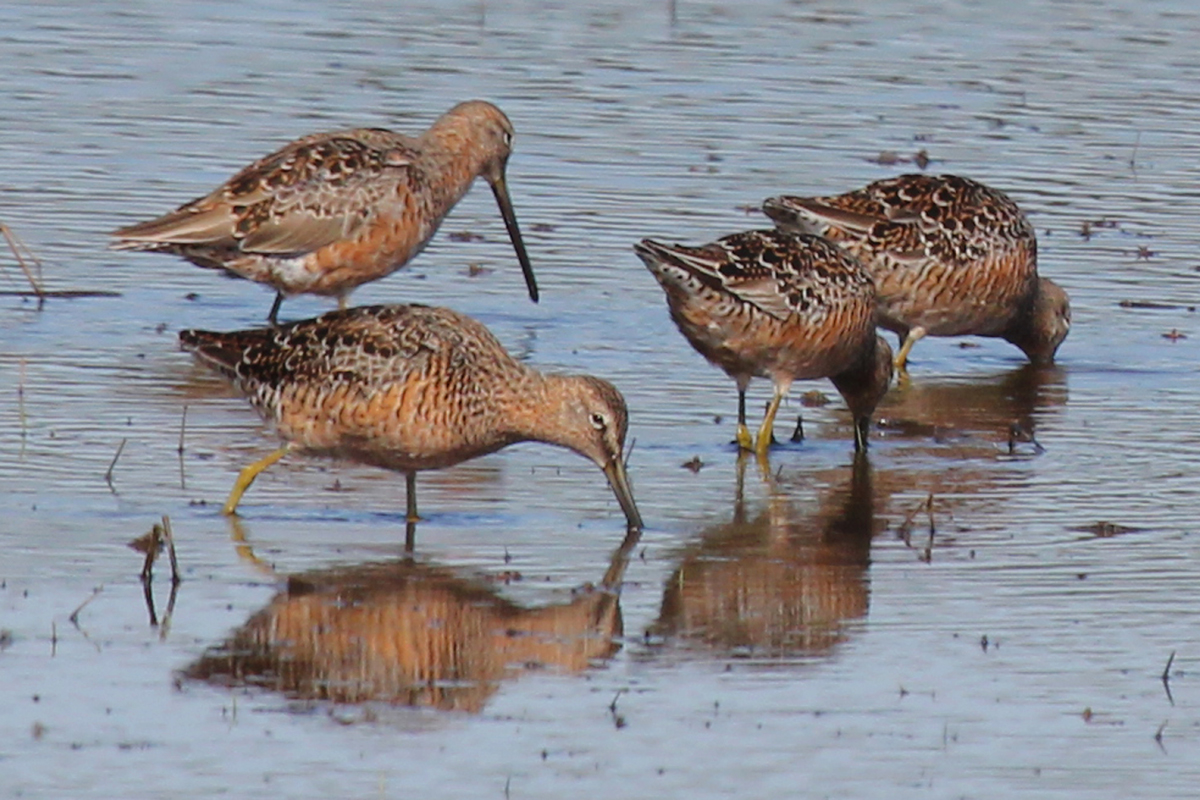
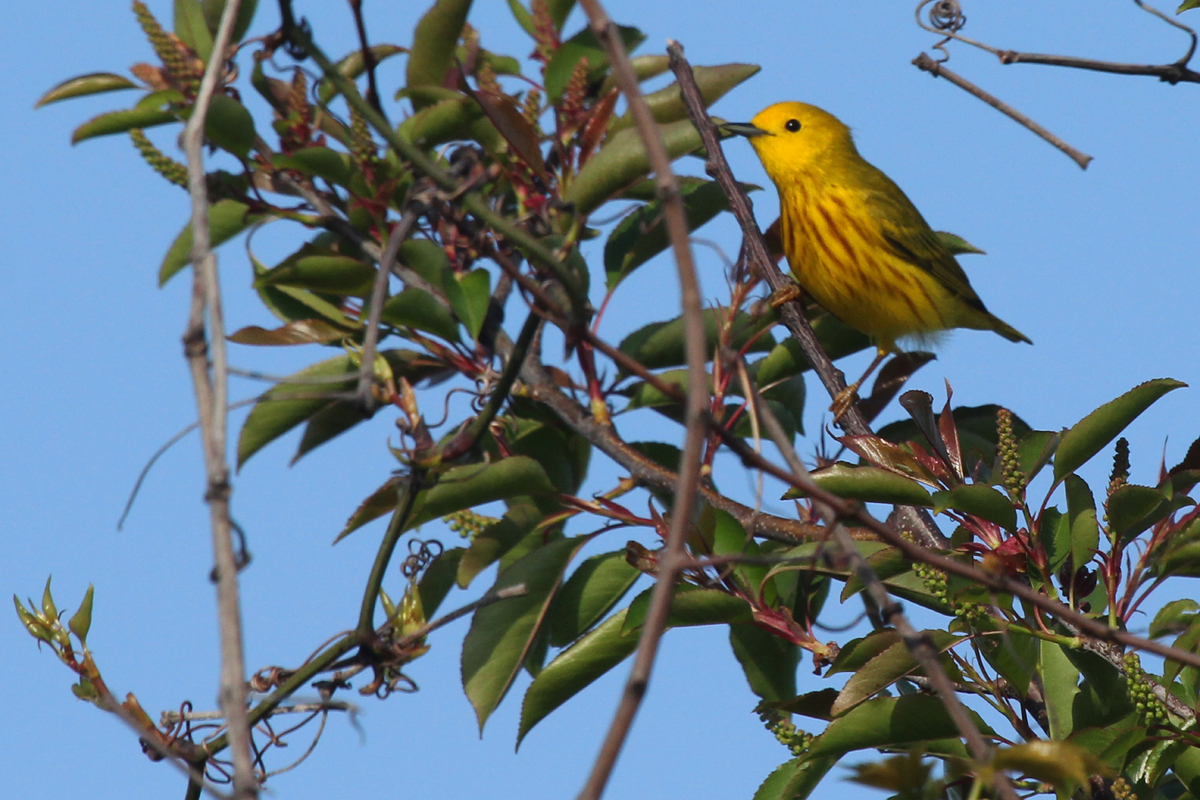


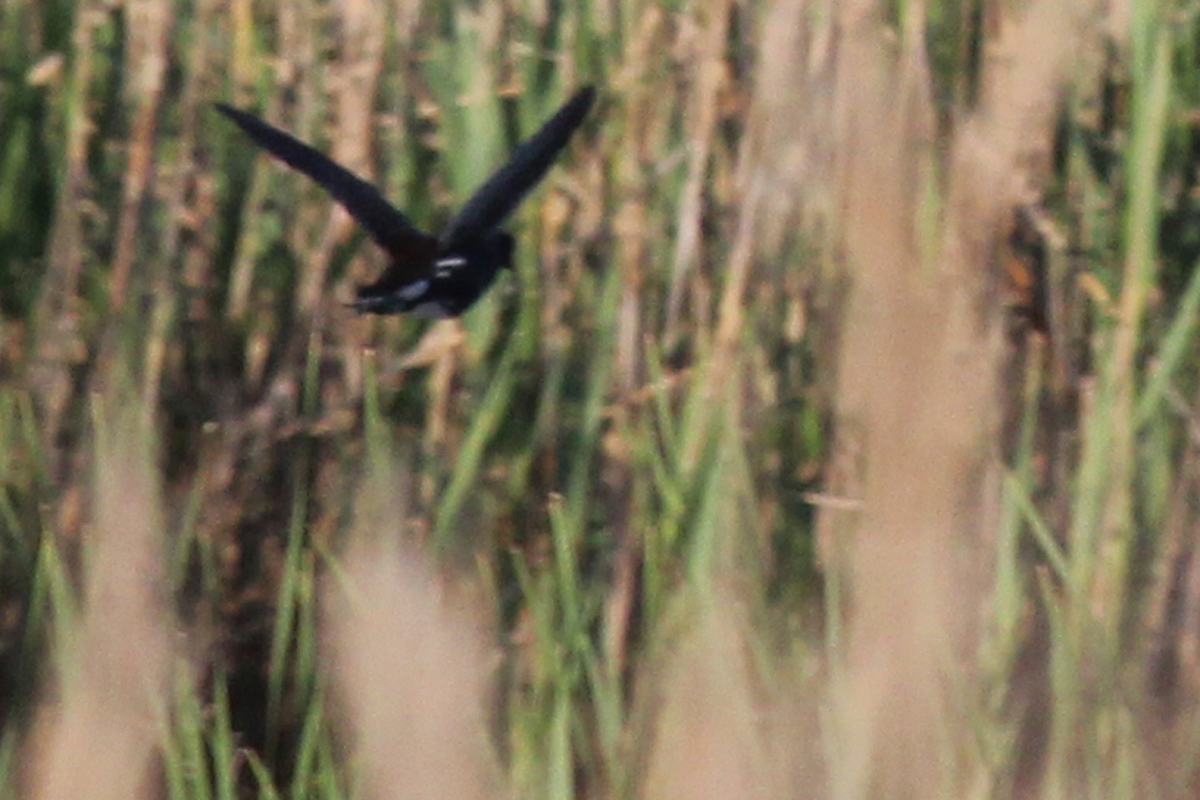
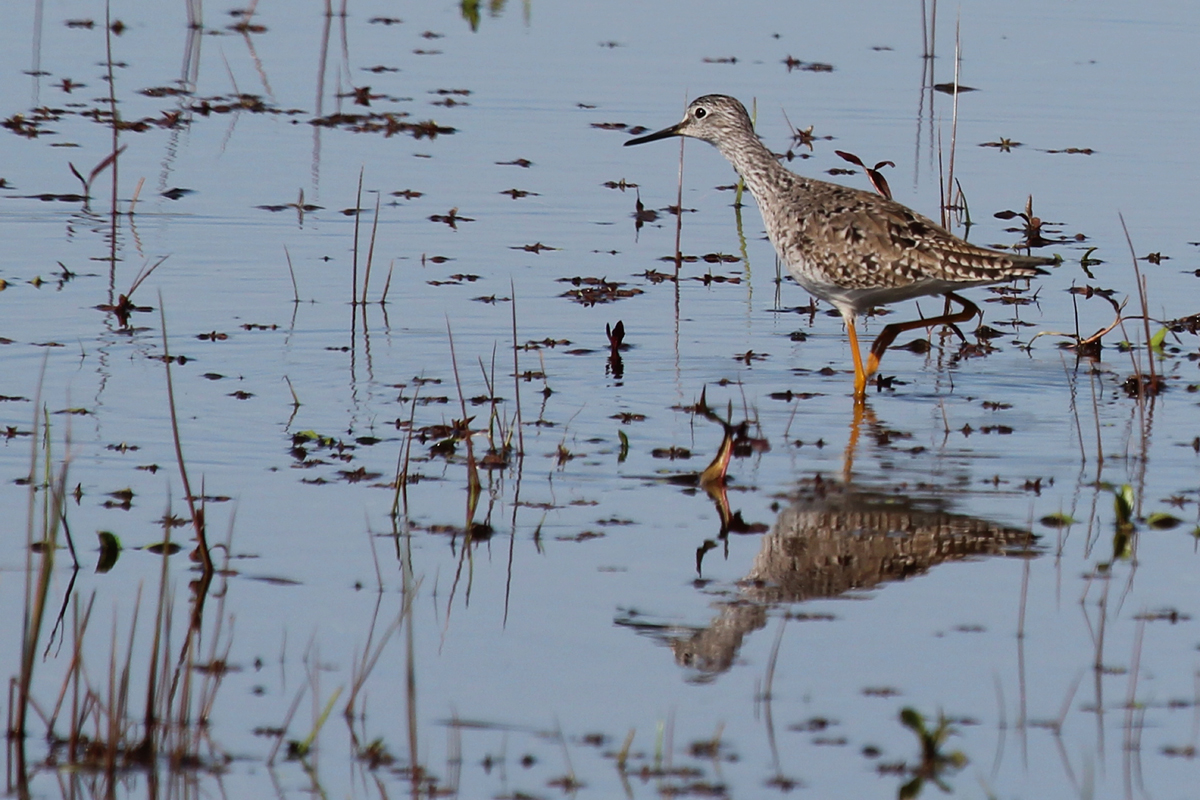
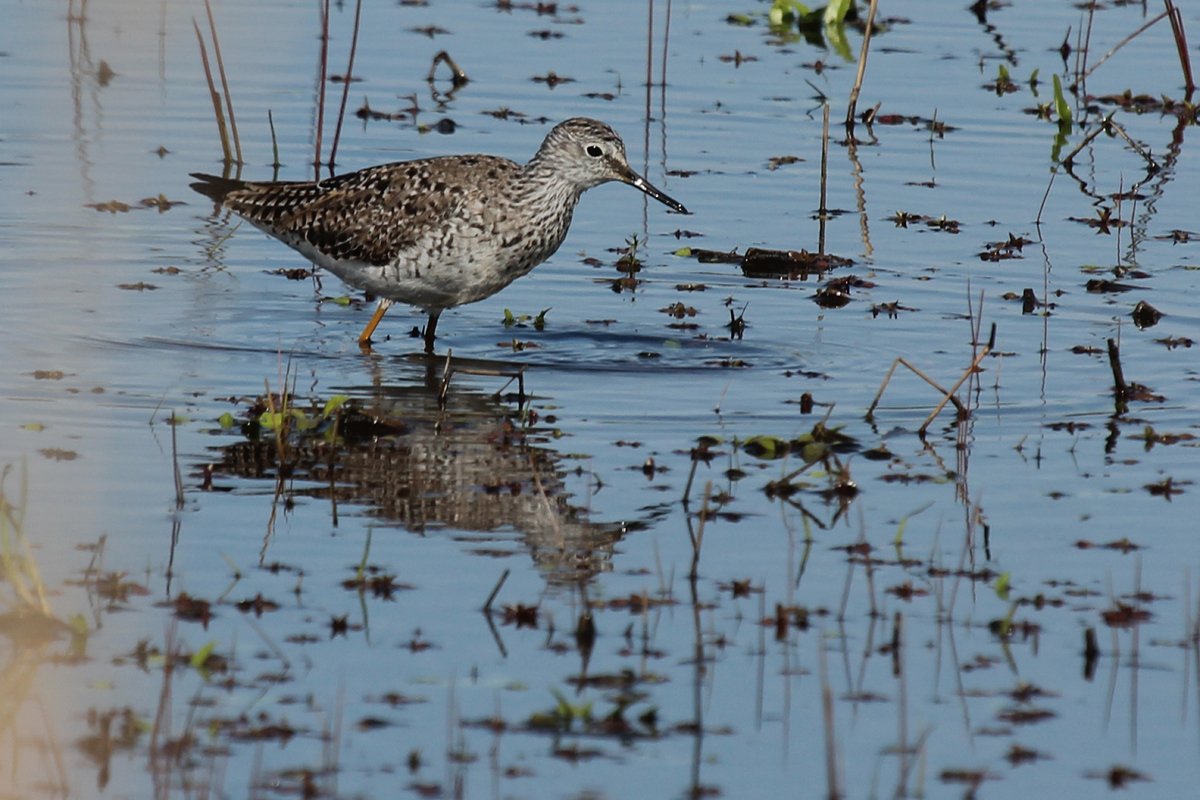

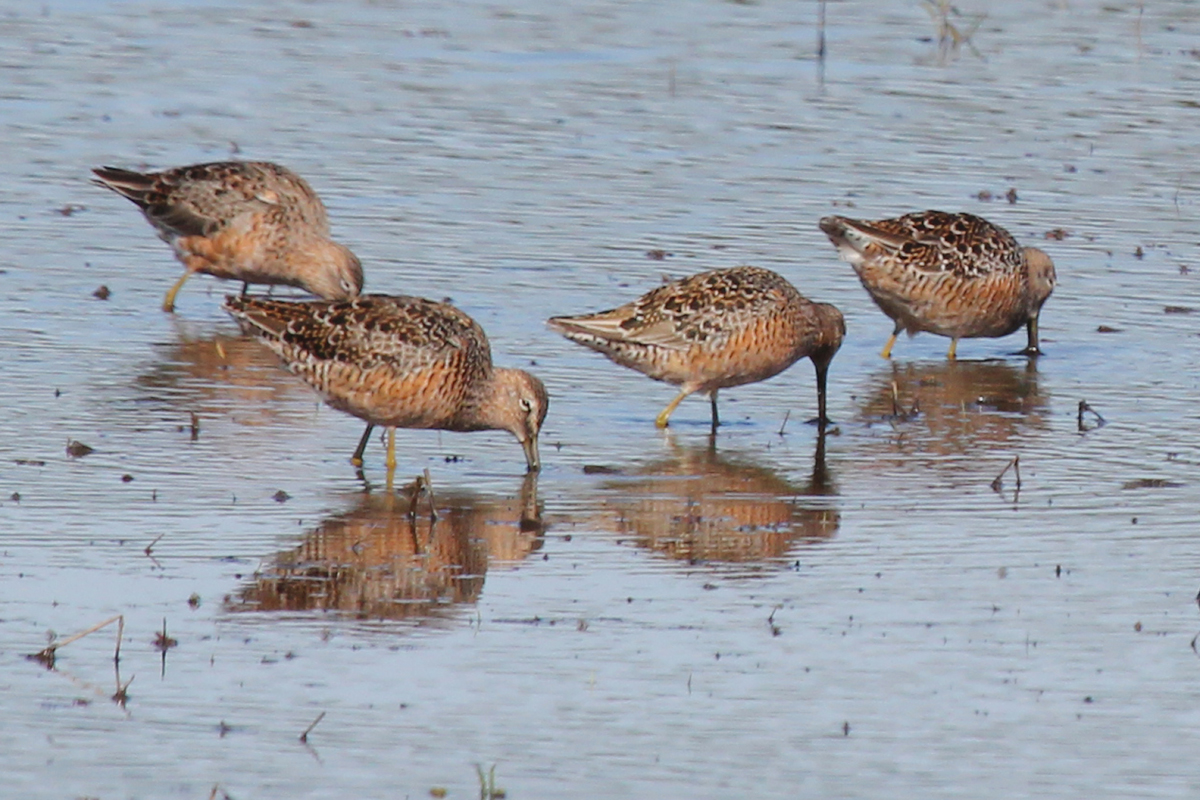
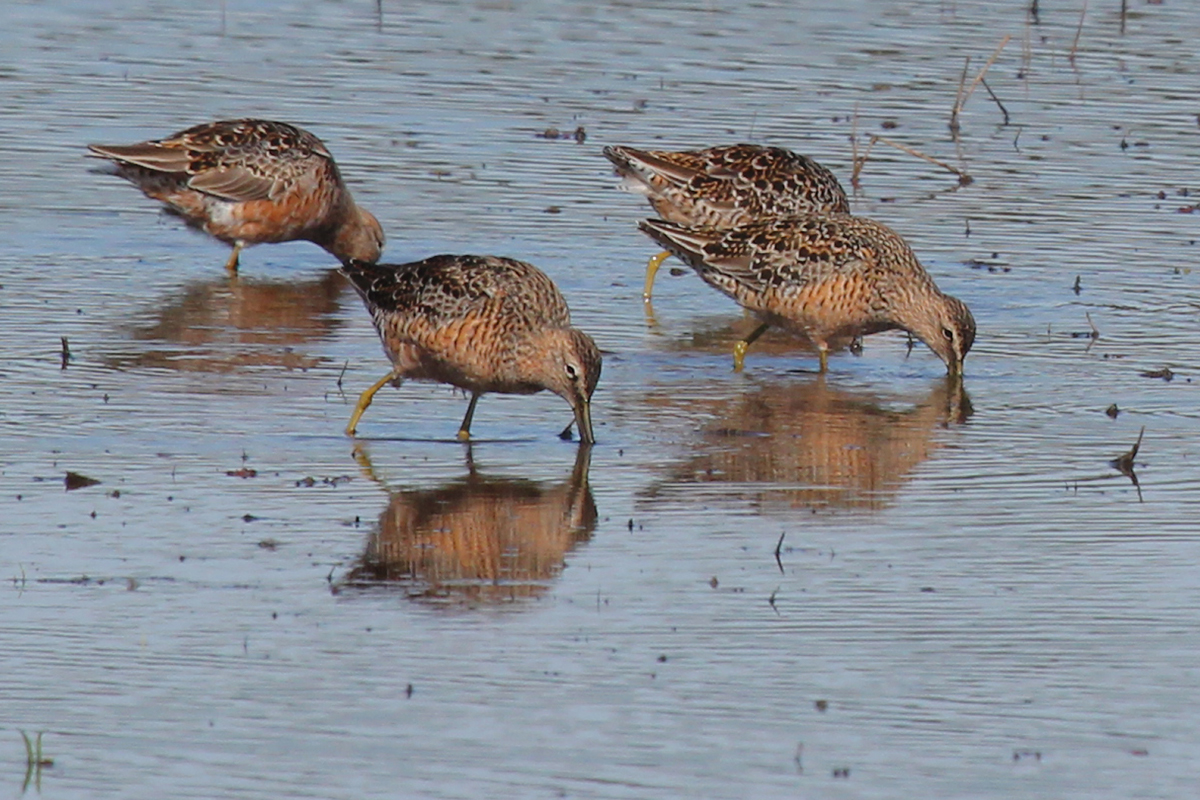
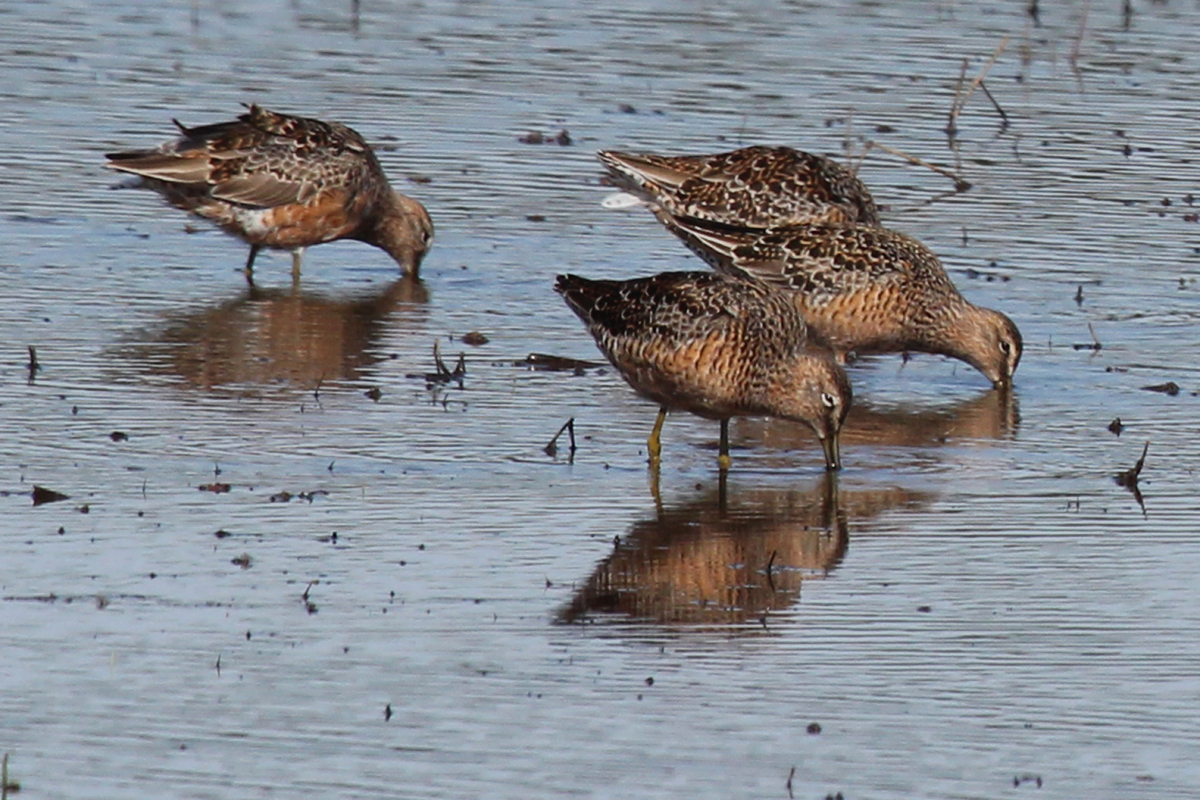


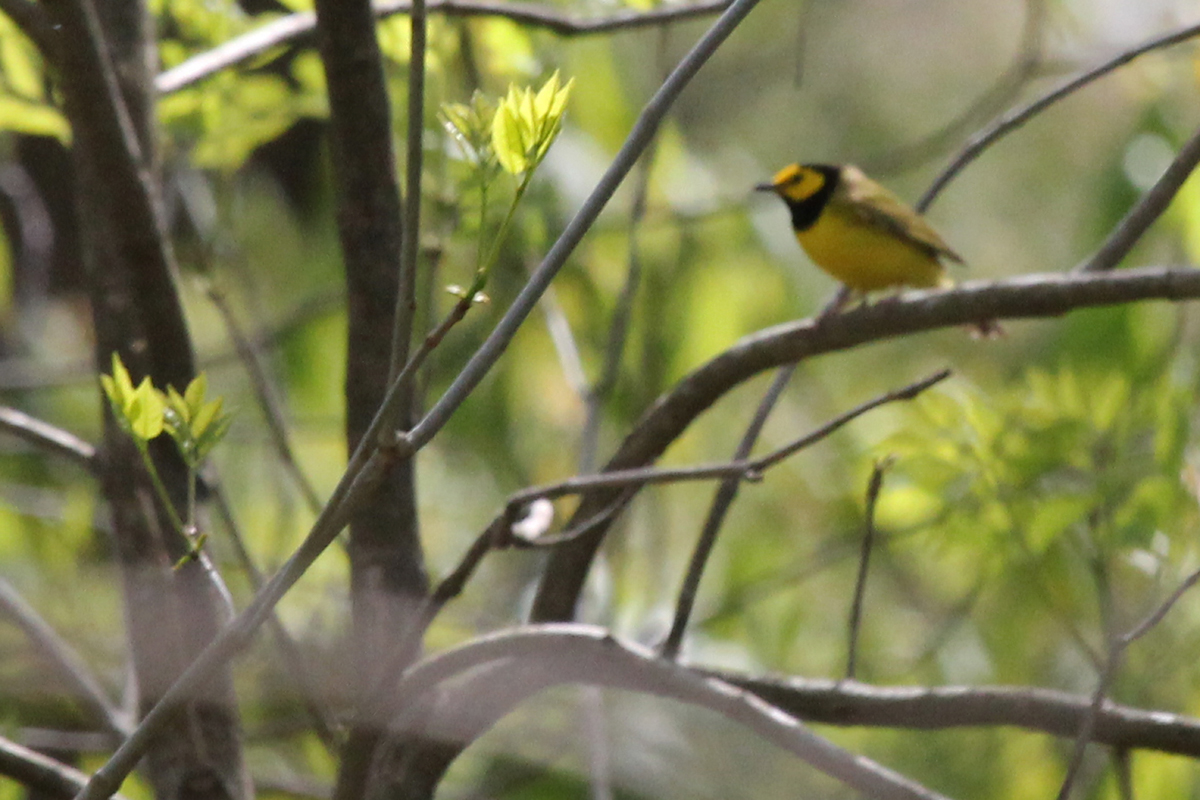
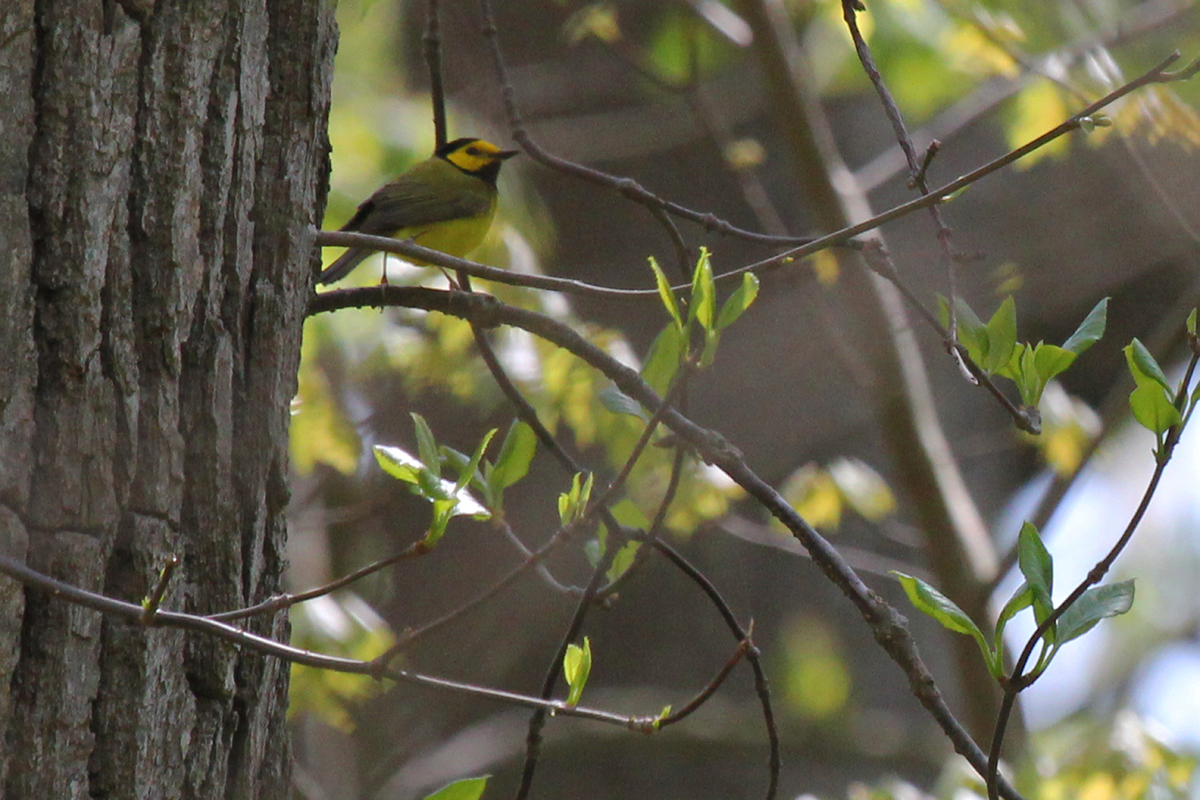
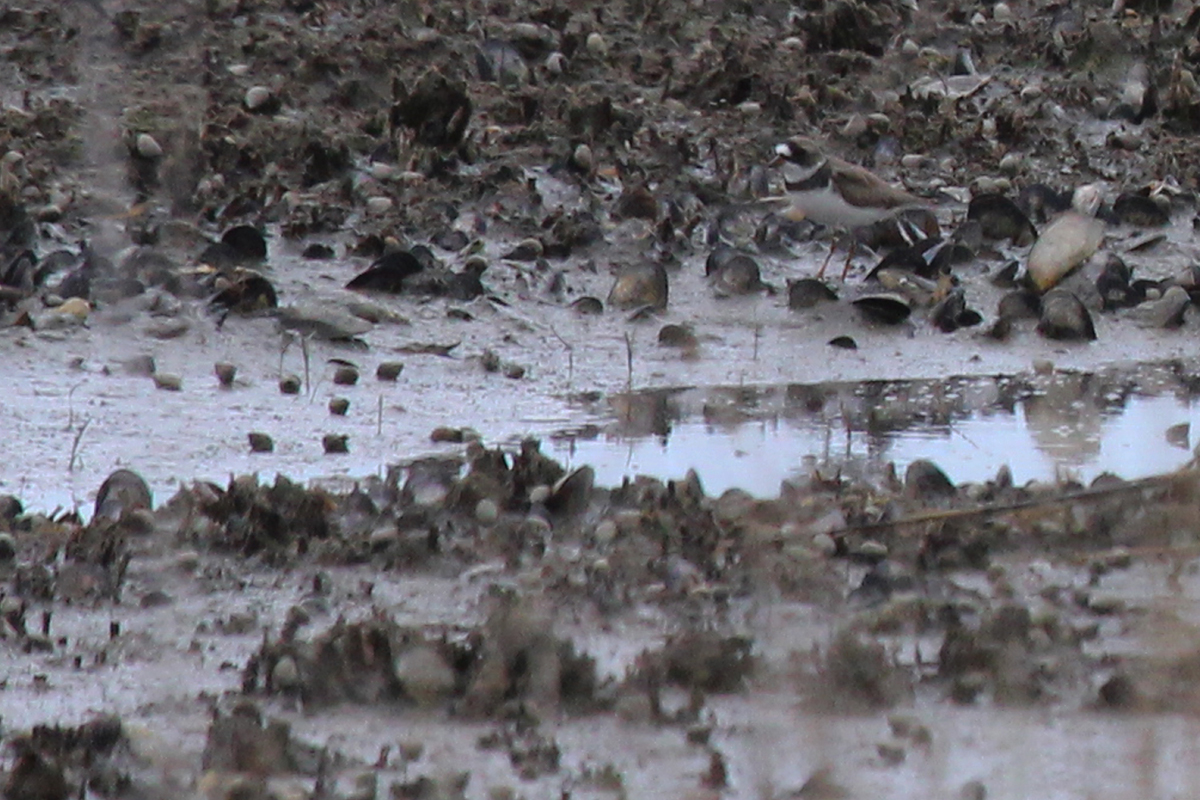
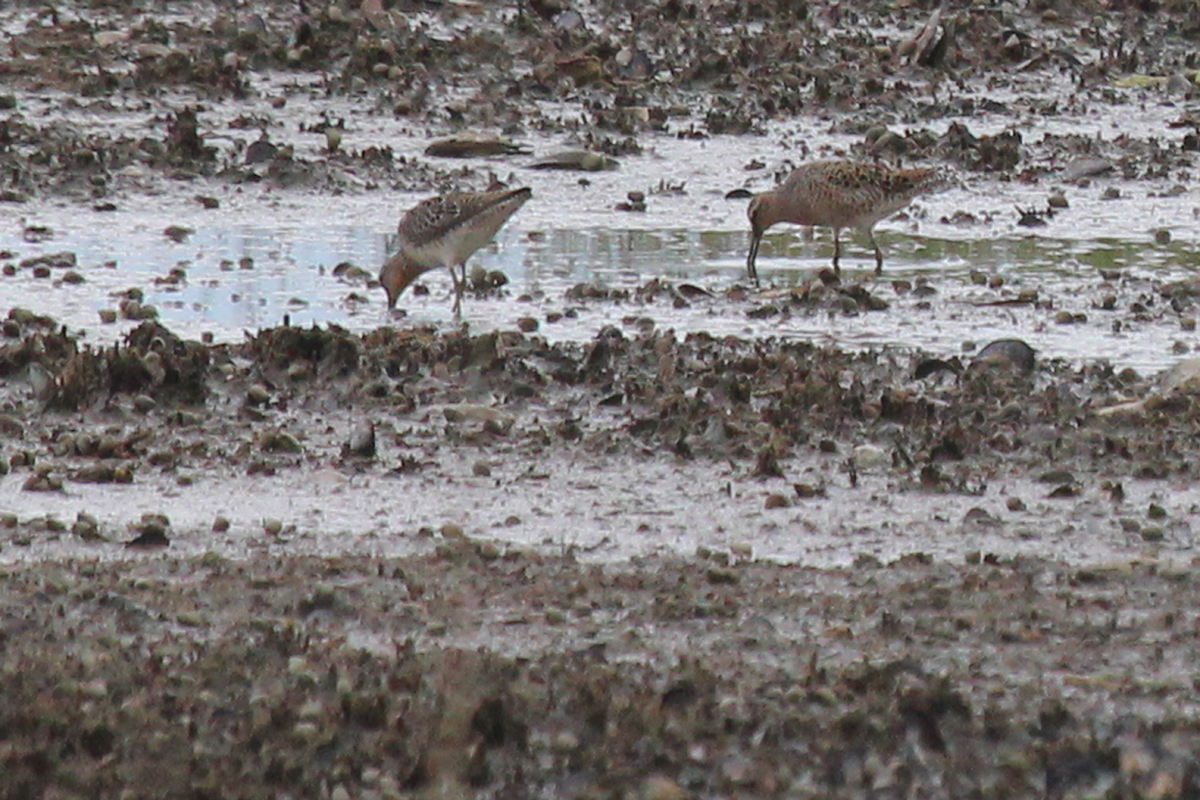
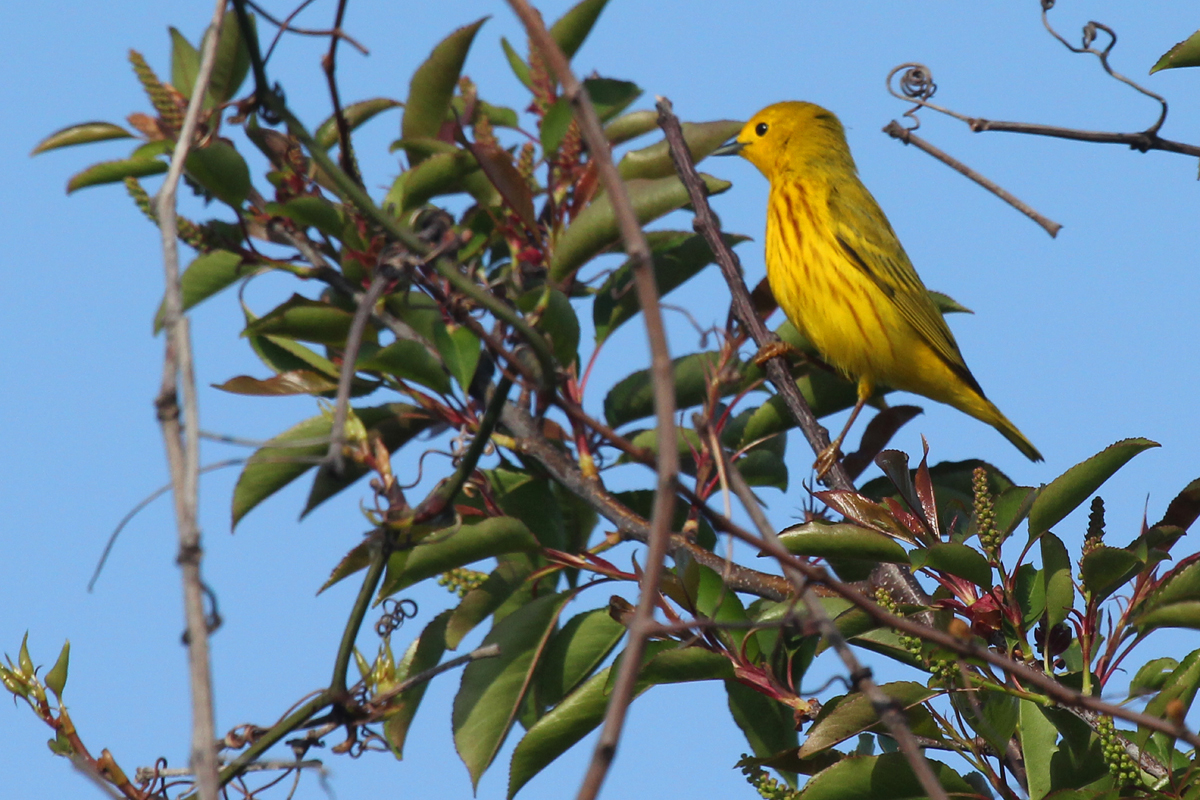

First on the list this period is our first LONG-BILLED DOWITCHER record in almost two full years! Observed and photographed on the second impoundment south of Munden Rd. at Princess Anne WMA's Whitehurst Tract on 22 Apr (ph. Rob Bielawski & Lisa Rose), potentially five individuals were noted! The last documented record for this species in Virginia Beach occurred way back on 17 May 2016 at the adjacent Beasley Tract (obs. Robert Ake), during what was an incredible spring shorebird season for that portion of the WMA! The identification of Short-billed vs. Long-billed Dowitchers comes down to much more than simply bill length, and Frank Fogarty notes of these Long-billed Dowitchers: "They are extensively red bellow with minimal white and have broad white tongues that don't connect to the pale margins on the scaps and coverts. They also have heavily marked throats and distinct, white-edged bars on the flank plumage, in addition to that classic 'swallowed a grapefruit body shape".
A first sight report for the year came in for a single YELLOW-THROATED VIREO this period, that was observed at West Neck Creek NA on 21 Apr (obs. Karen & Tom Beatty). A perfect location for the species to be found this time of year as they enjoy large tracts of deciduous forests with abundant freshwater. West Neck Creek isn’t influenced by the tides, and therefore remains freshwater, mostly functioning a stormwater removal ditch at this point, but historically the natural creek existed through the park. Yellow-throated Vireo is a species that we may see one or two records for each spring in Virginia Beach, and coupled with the difficulty for many birders to properly differentiate between it and the superficially similar Pine Warbler, it flags as rare in eBird even in the somewhat expected months of April & May. In 2017, we didn’t have any records in the latter half of the year, and only two individuals were noted overall. The first, found at Stumpy Lake NA on 1 May (obs. David Clark), continued the following day, but then our only other record was an audio-recorded-individual on Muddy Creek Road on 3 Jun (aud. Karen & Tom Beatty), which was quite a surprise since it was the first Jun record in the city since 1992 in eBird.
Next up on the rarities, was our first WHITE-EYED EASTERN TOWHEE, found along Back Bay NWR’s entrance road on 26 Apr (obs. Karen & Tom Beatty). For those folks who followed this journal last year, there was some mention of this very rare race of Eastern Towhee, which is usually found much farther south of here, but for which Virginia Beach is known to be the most northeasterly location with documented records. As its name suggest, this race is mostly identical to the typical “Red-eyed” race abundantly found throughout Virginia and north of here, but the eye color is very different. Last year, at least one member of this race was present at the park from 28 May (ph. Rob Bielawski) through 29 Jul (obs. Karen & Tom Beatty). Examination of older photographs taken at the park by some observers yielded ever more previous records that had gone unreported. It remains unknown whether or not there is a small population of this race inhabiting the thick, scrubby vegetation of Back Bay & False Cape’s dune line, or if this is a continuing individual. But, if you are visiting the park and see an Eastern Towhee, make sure to double-check the eye color, and report appropriately to eBird!
At least two different WESTERN TANAGERS were reported during late April! The first is represented by a continuing individual that has been visiting a private residence’s feeders in Alanton, most recently on 24 Apr (obs. Michelle Payne) but with sporadic records dating back to 3 Nov 2017, while the second marks a brand new occurrence at a private residence in Kempsville on 22 Apr (ph. Una Davenhill). There’s truly no perfect way to tell just how many members of this species wintered in Virginia Beach this year, but the number of reports seems to be increasing each passing winter. At least two were observed at the Alanton residence, and there has also been records at Pleasure House Point recently, and along the Shore Drive corridor near Northampton Boulevard. In 2017, the final report for the species in spring was on 10 Apr (at the same Alanton residence so likely one of the same individuals that showed up again this year). With this date well behind us, it’ll be curious to see whether we’ve seen the last reports until fall or not.
Last on the docket for rarities this reporting period, one of the two COMMON GALLINULES first found on 15 Apr at Princess Anne WMA’s Whitehurst Tract (ph. Rob Bielawski), persisted through the following Sunday, 22 Apr, and was observed on the same pond during the early morning hours (ph. Rob Bielawski & Lisa Rose). However, by 29 Apr (the next day the park was open to birding) no Common Gallinules were found, though it is quite likely there are still some around since the habitat is perfect for them with impoundments filled with dense vegetation. Notably, Princess Anne WMA’s Whitehurst & Beasley Tracts will open on 1 May to allow for daily access for birders, and we’ll no longer be bound to Sundays-only! Please remember that this is a Virginia Department of Game & Inland Fisheries site, and as such, it requires all individuals present to have either a fishing license or a WMA access permit, either of which can be purchased online.
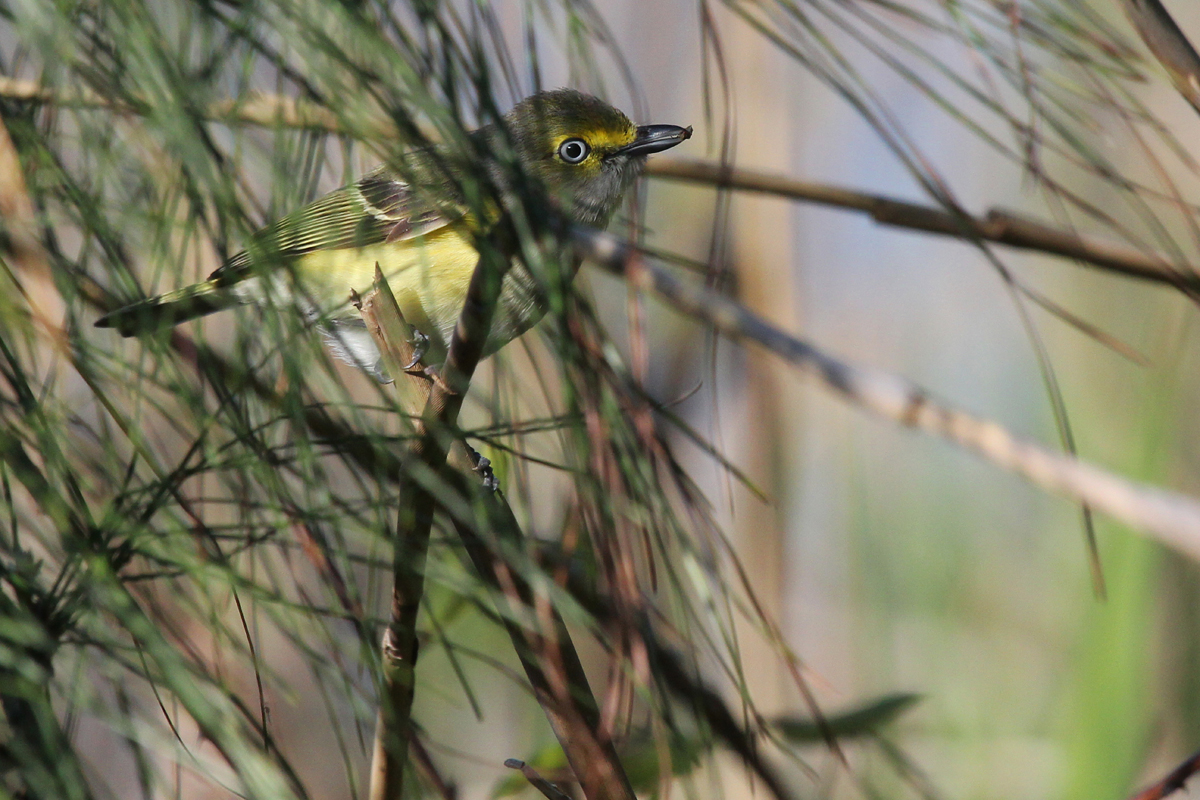
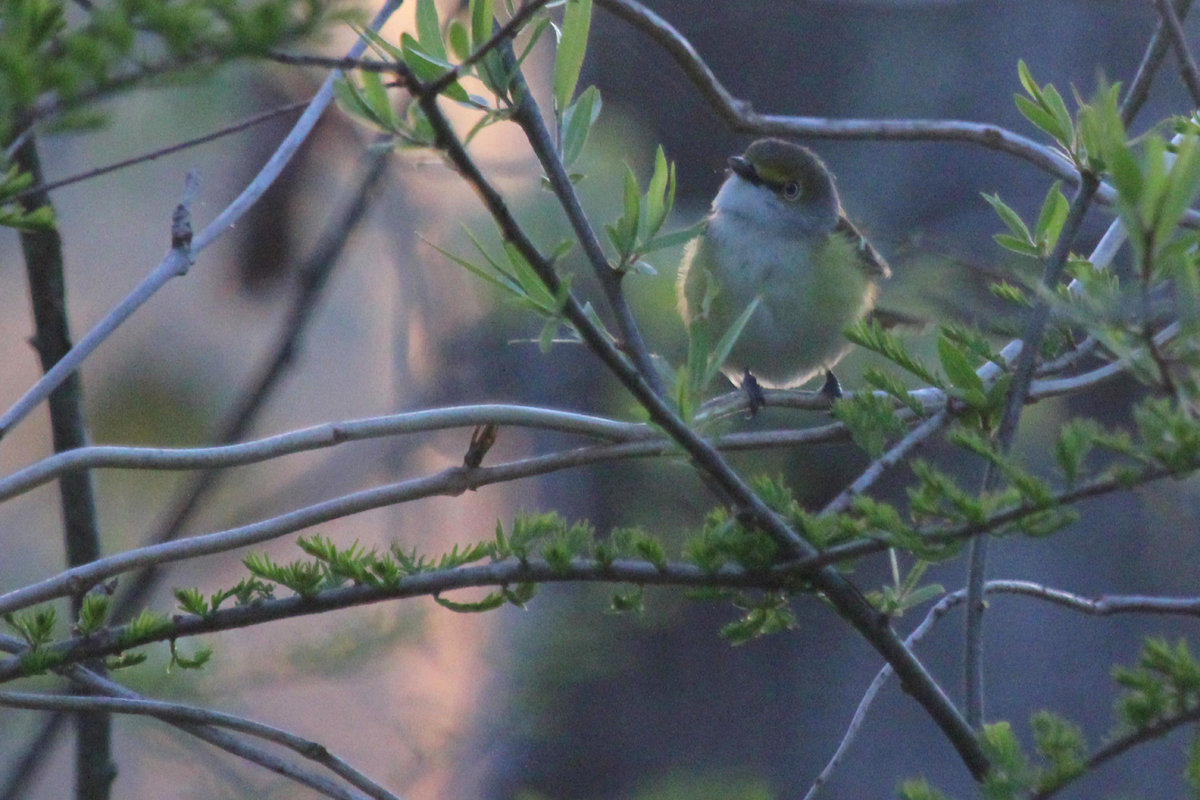
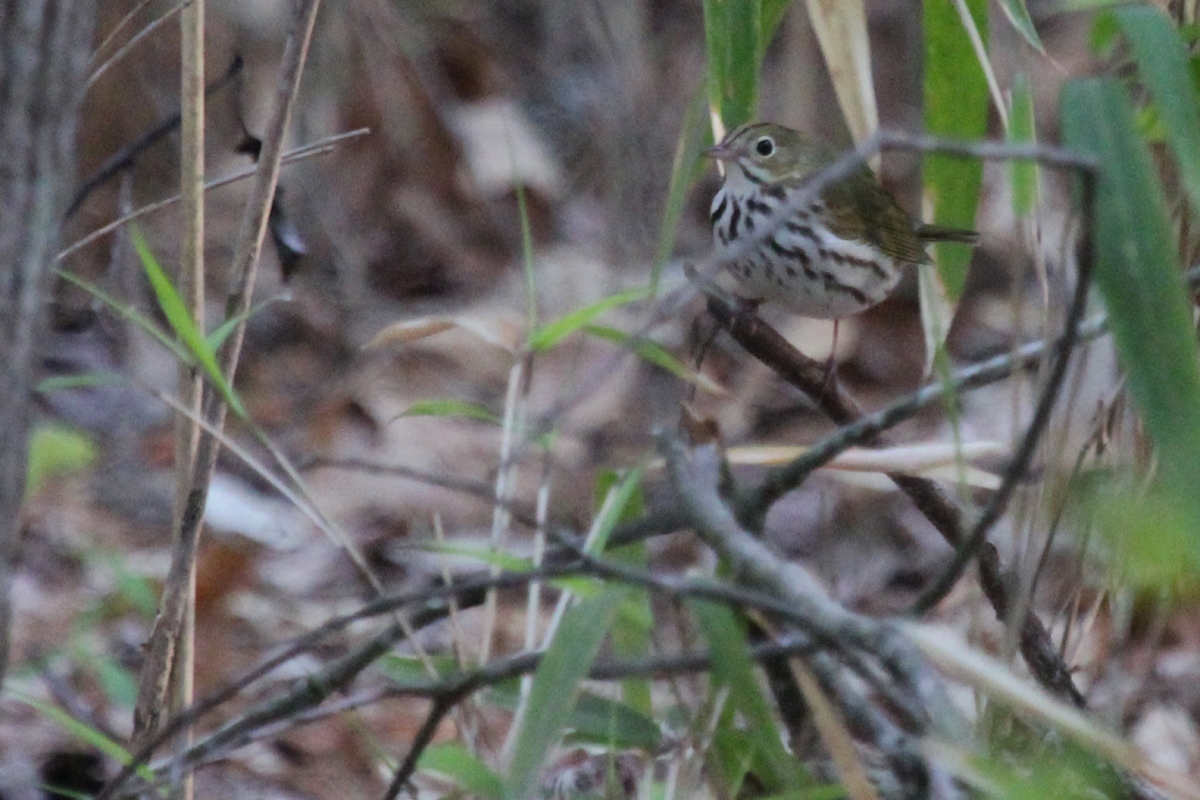
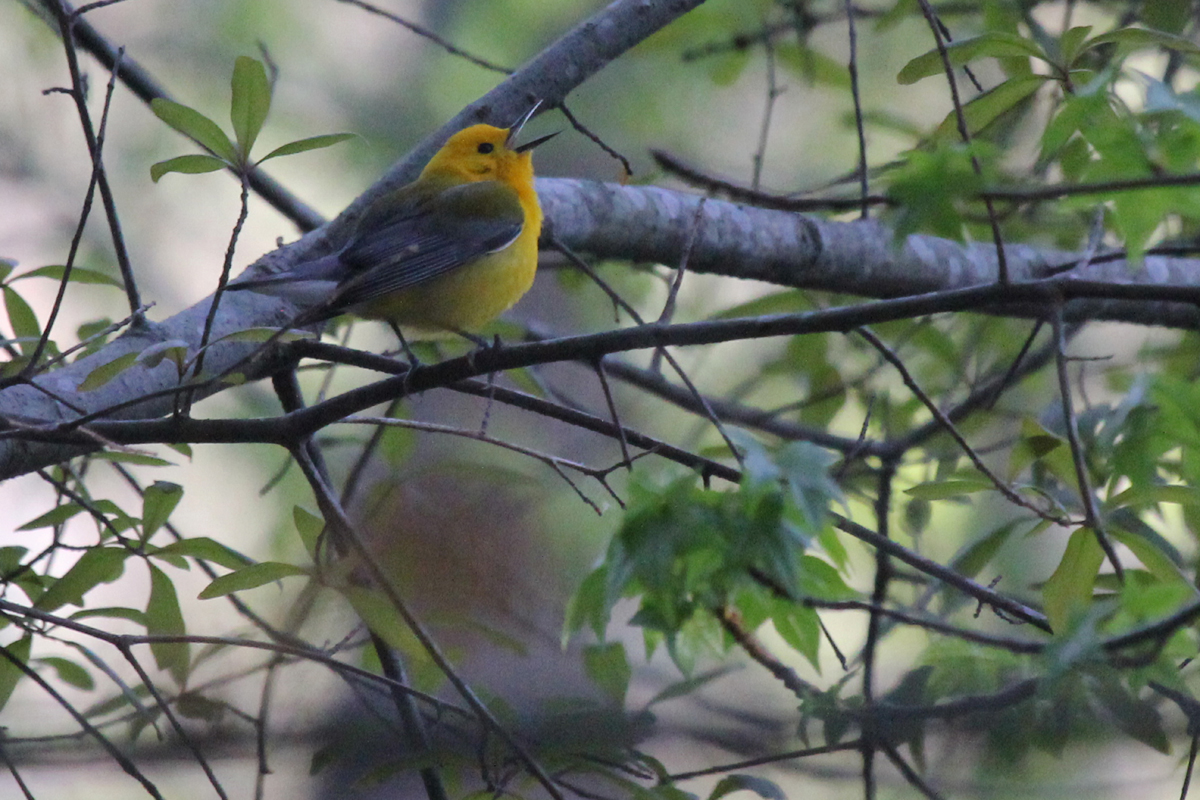
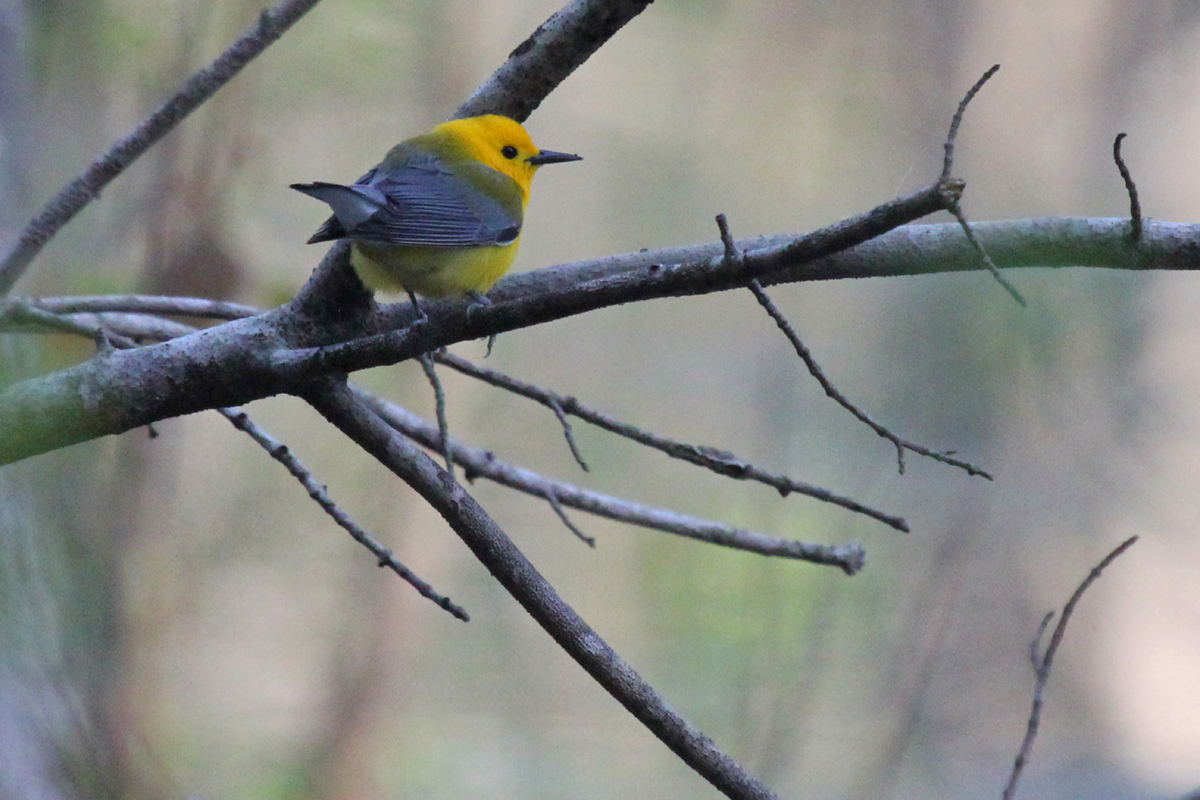
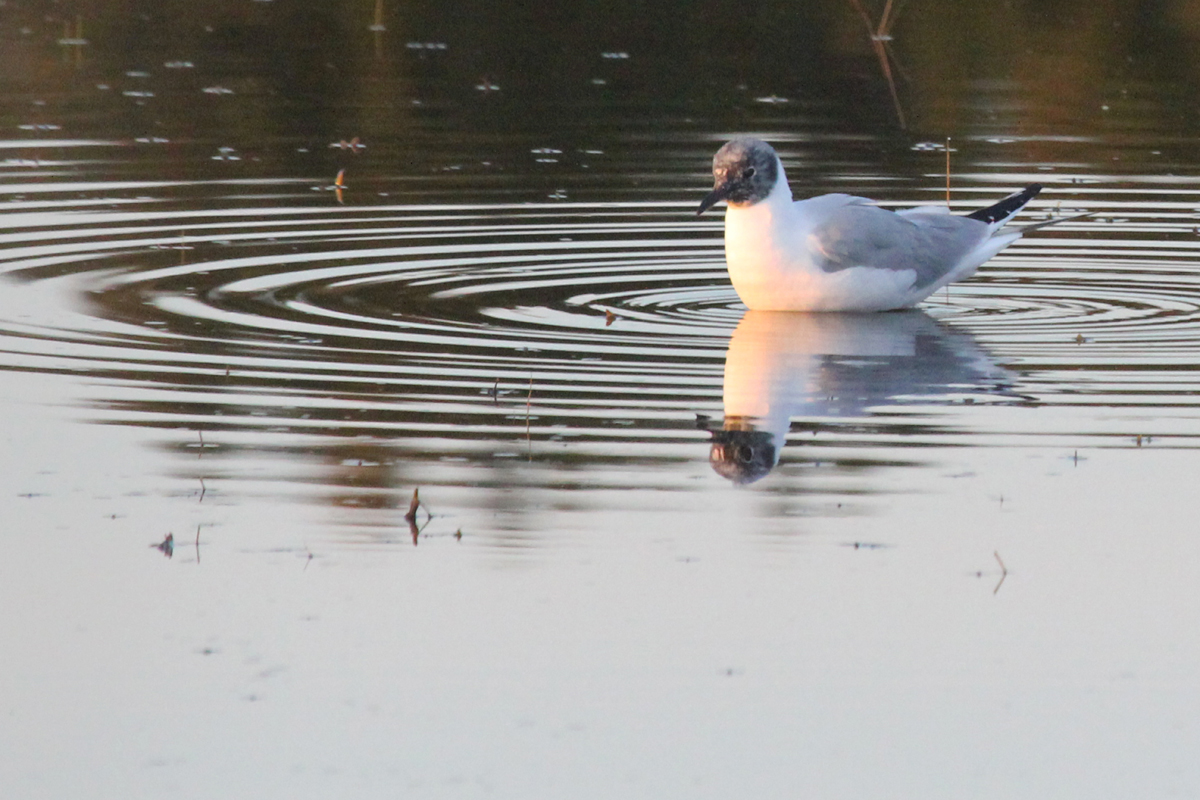

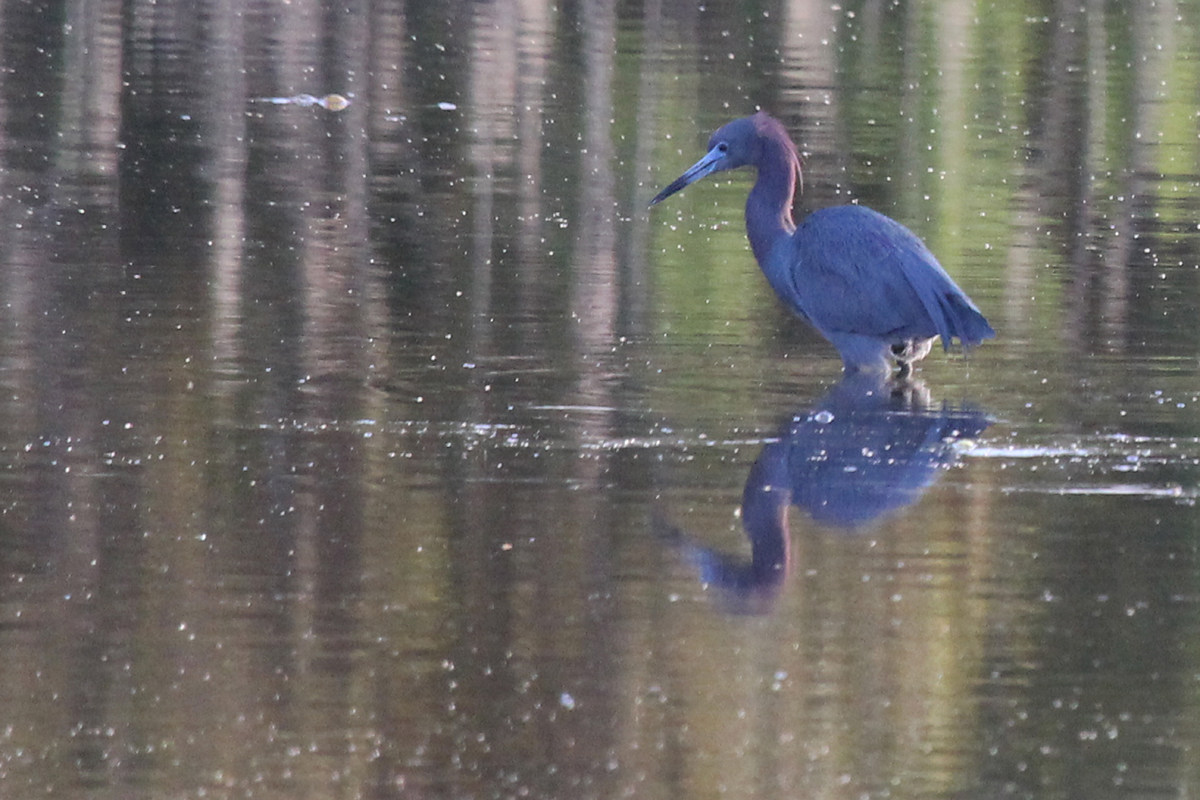
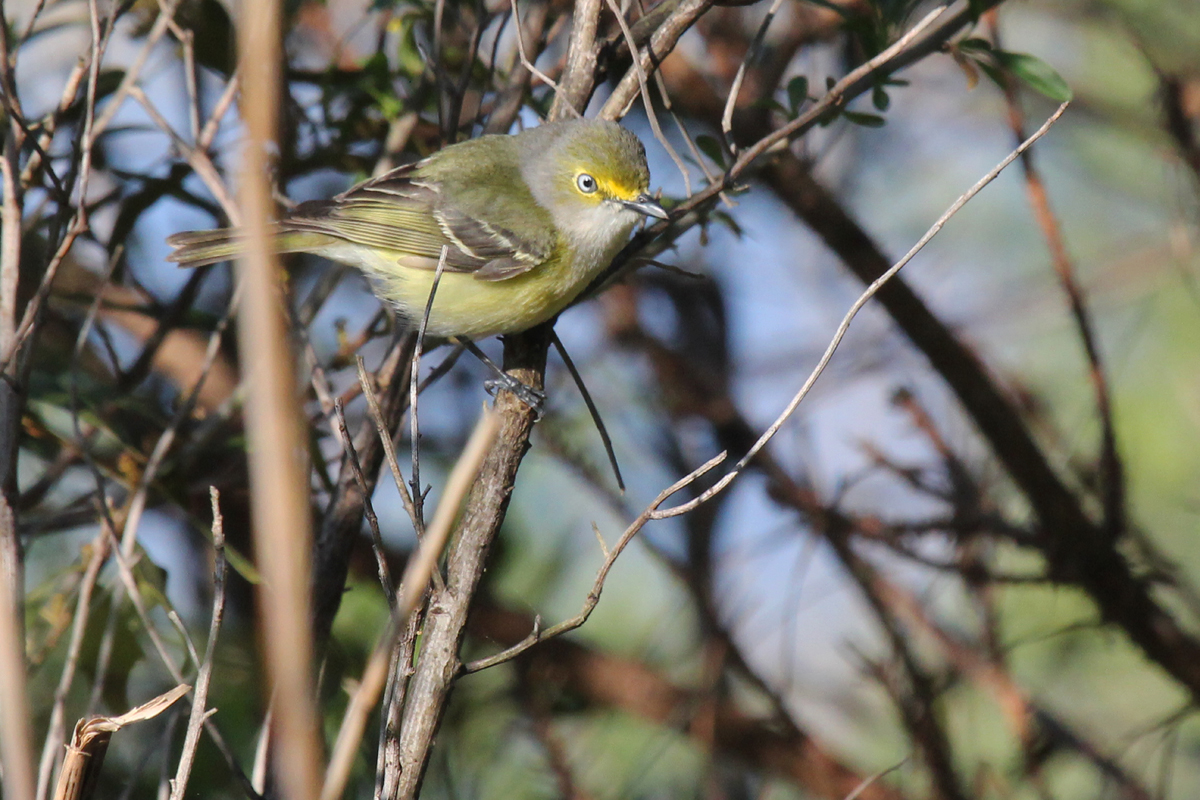
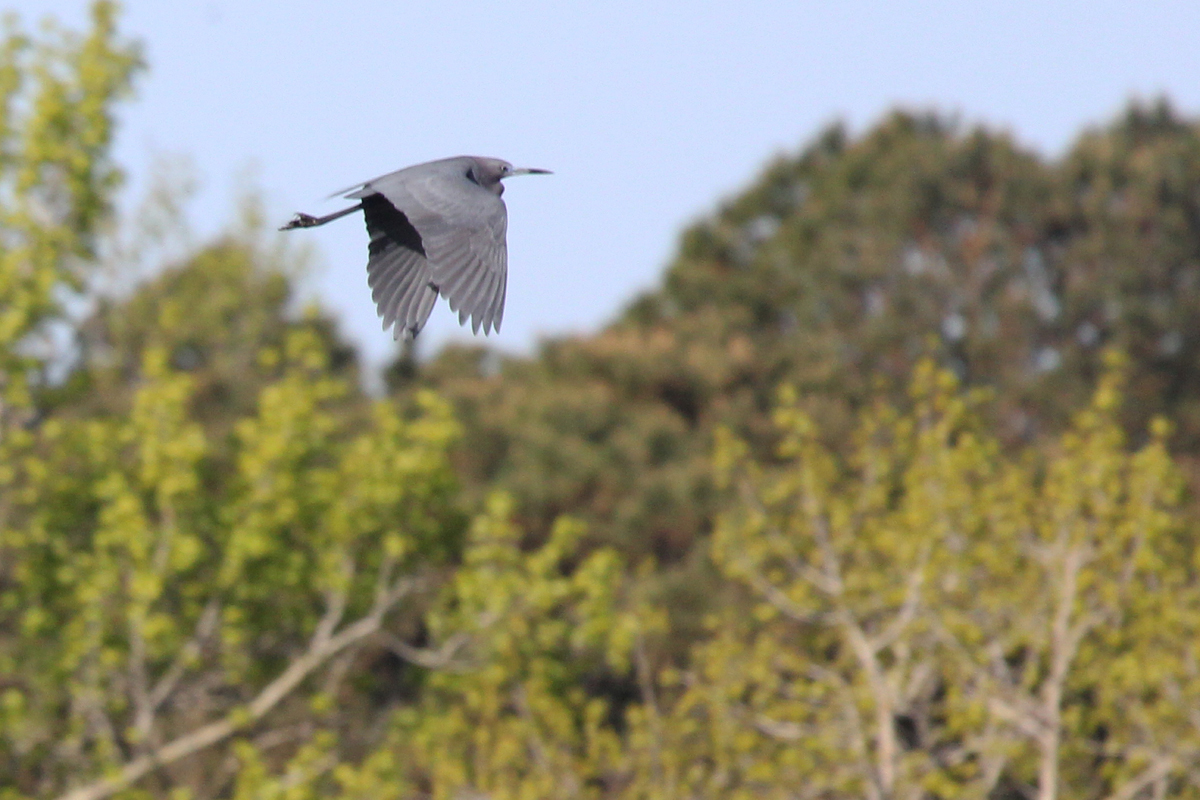
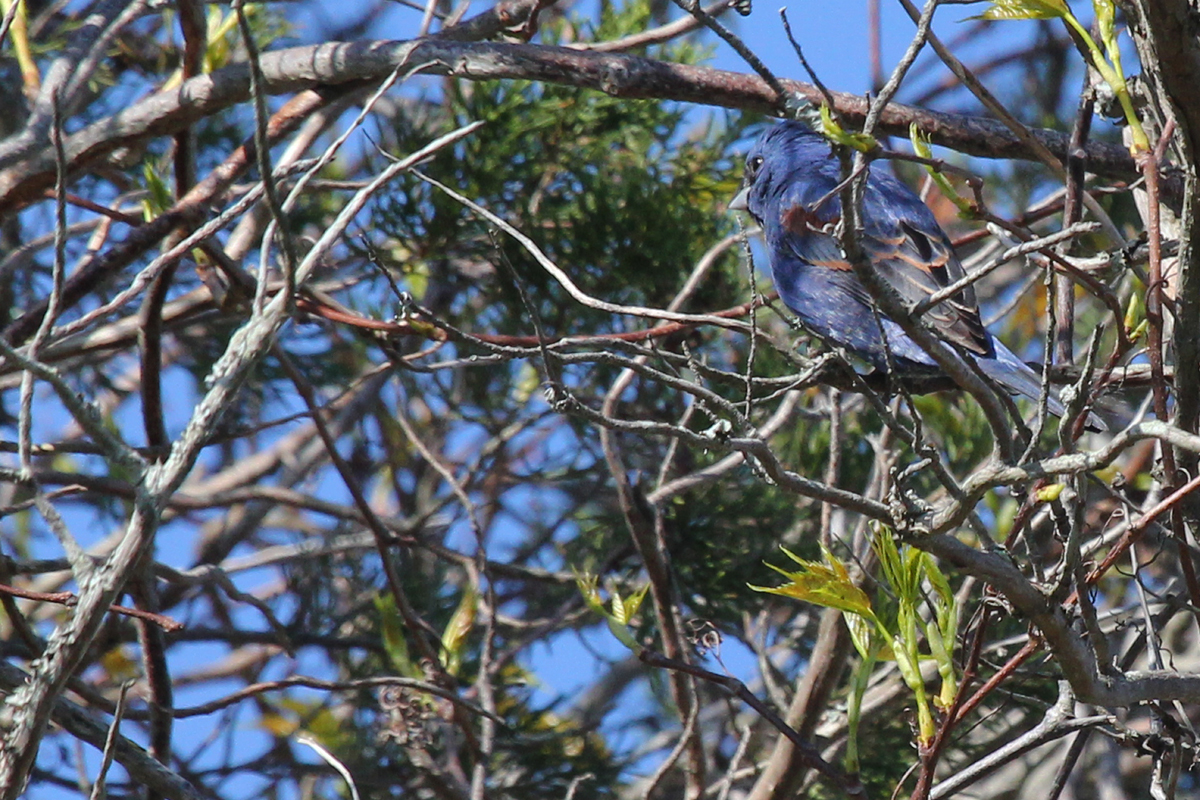
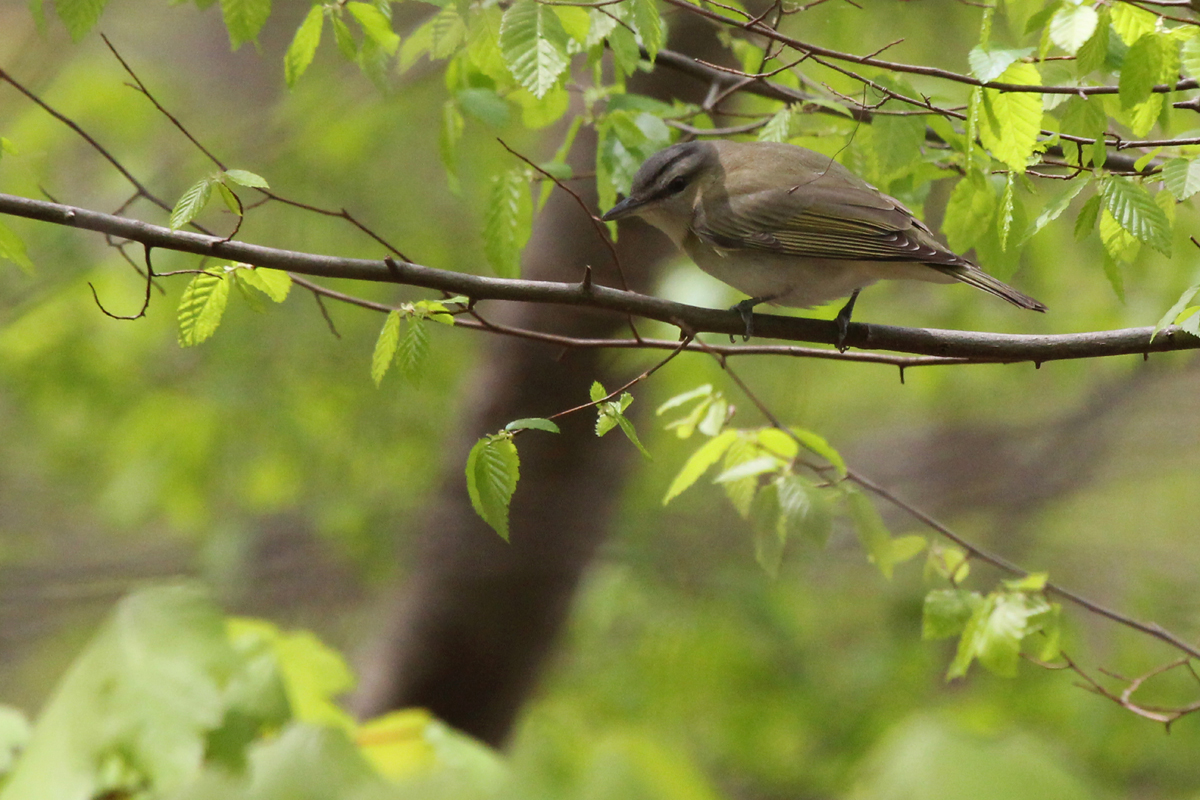
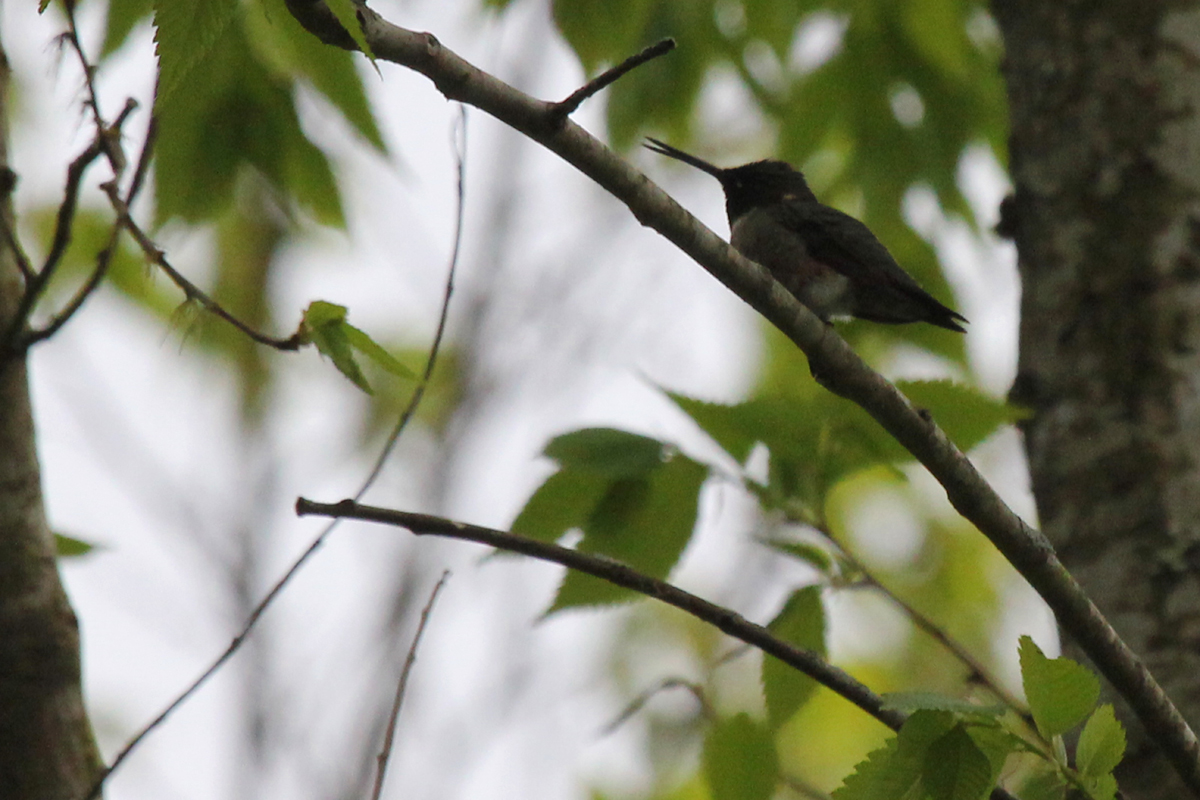

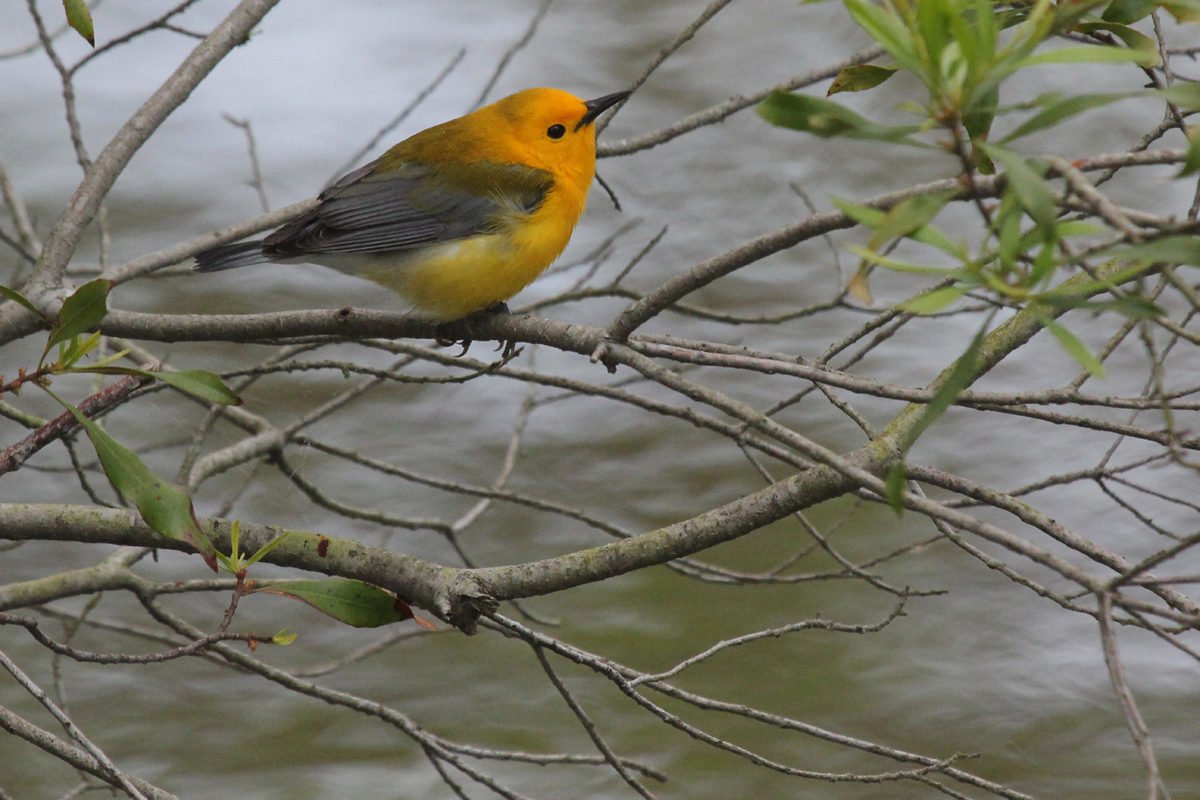

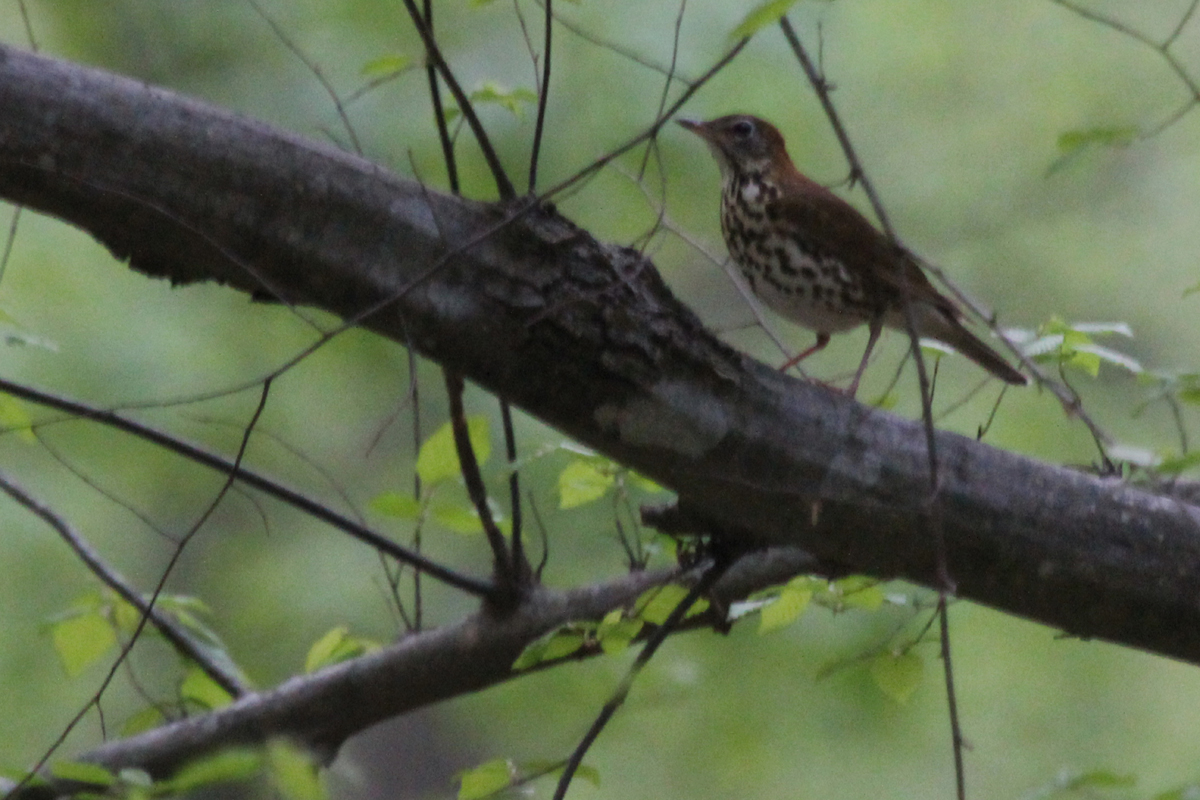
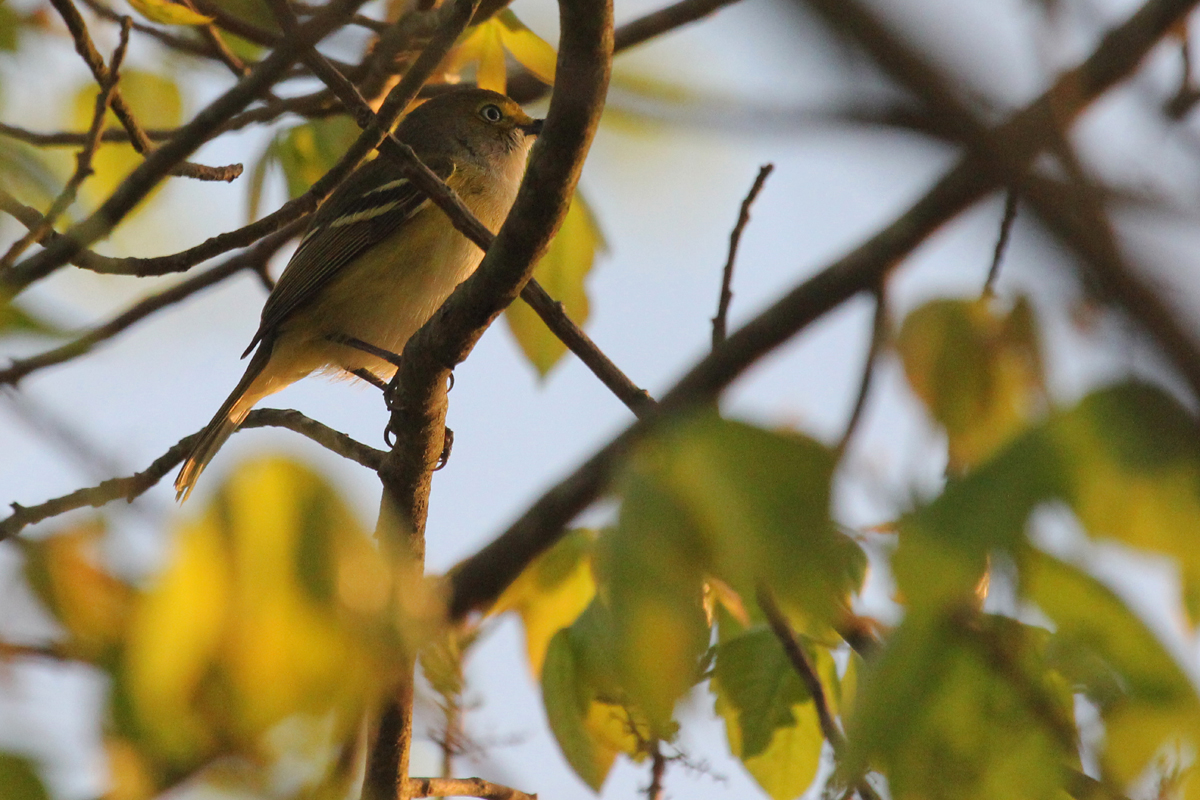


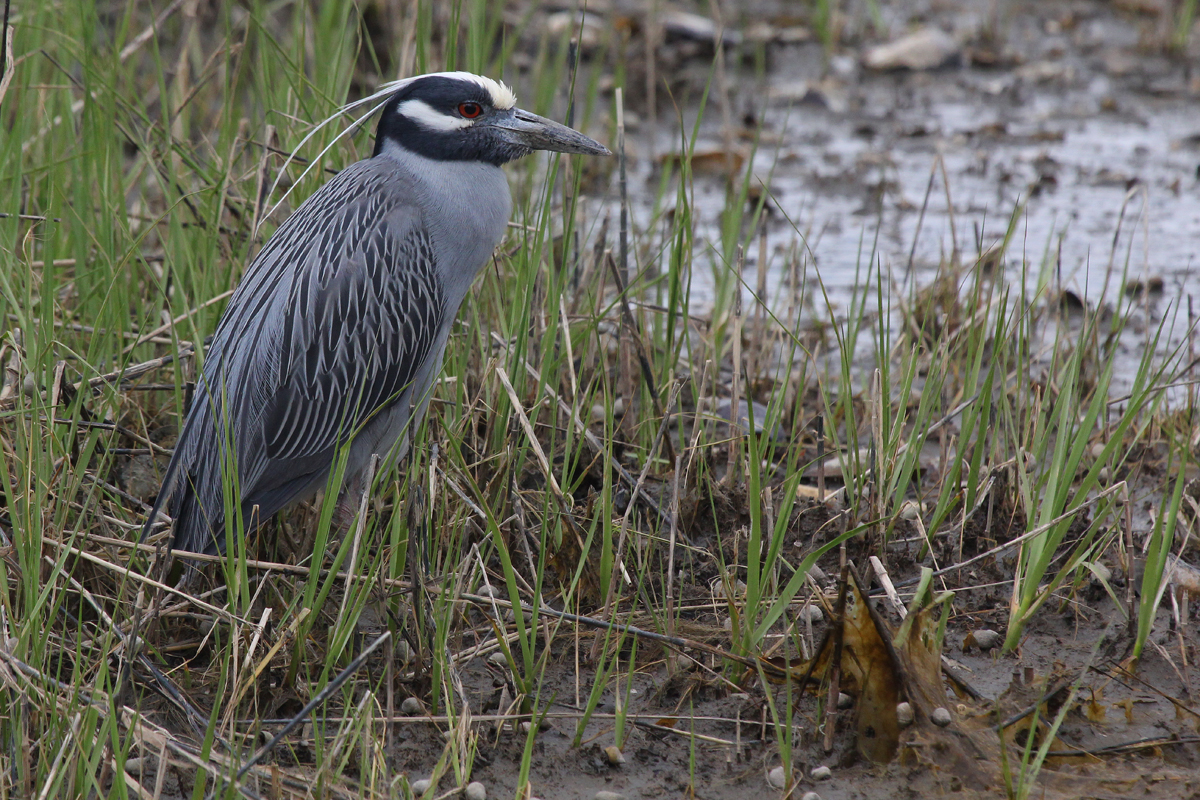
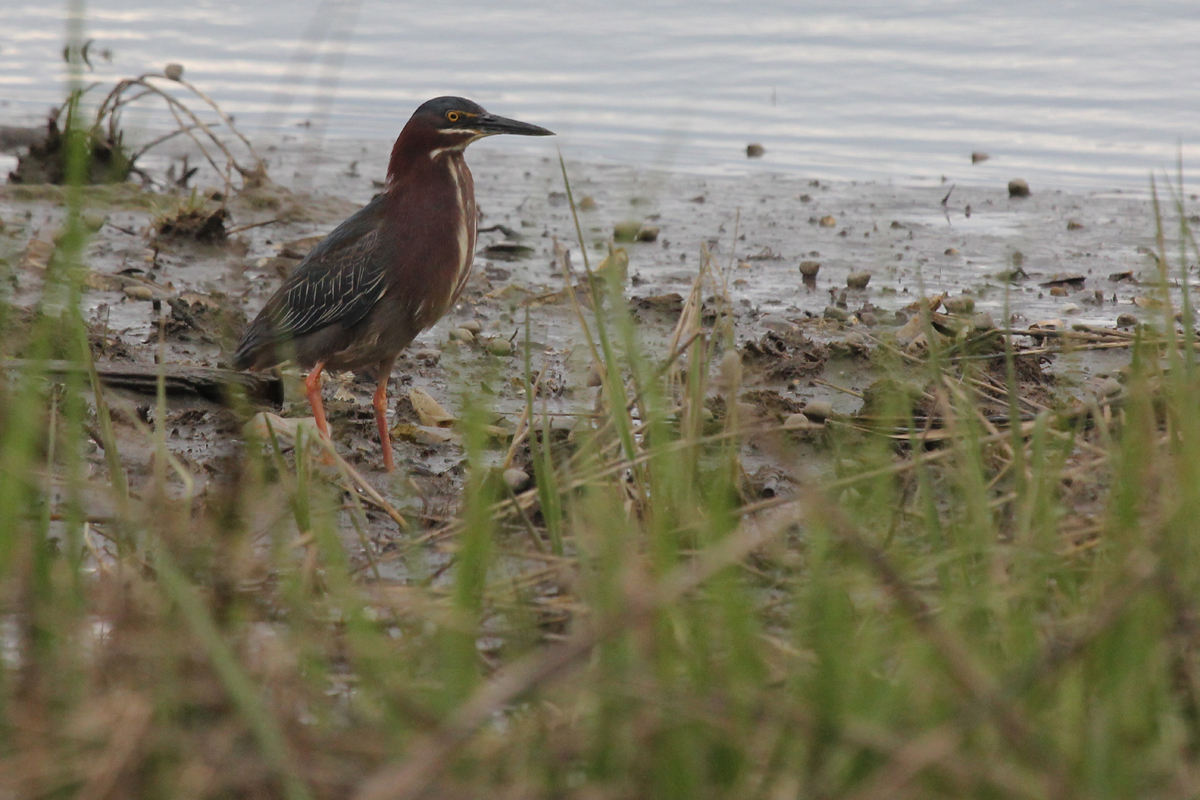
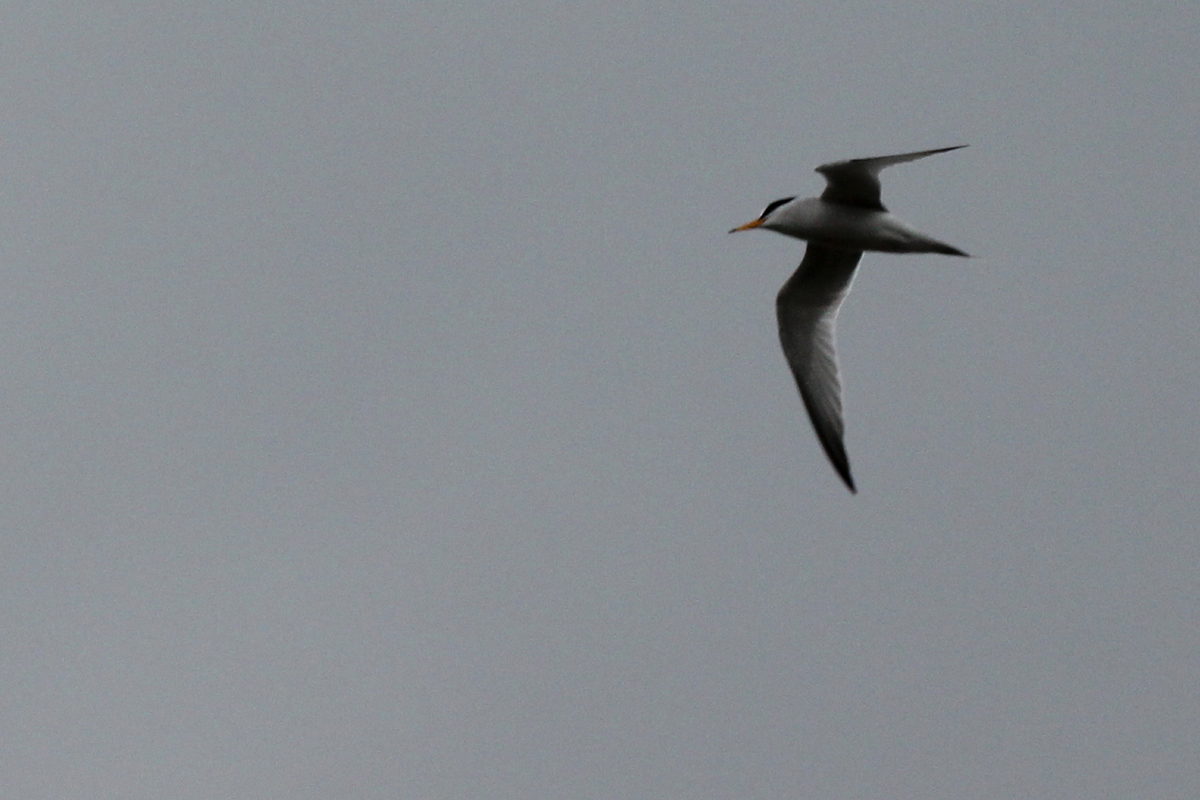
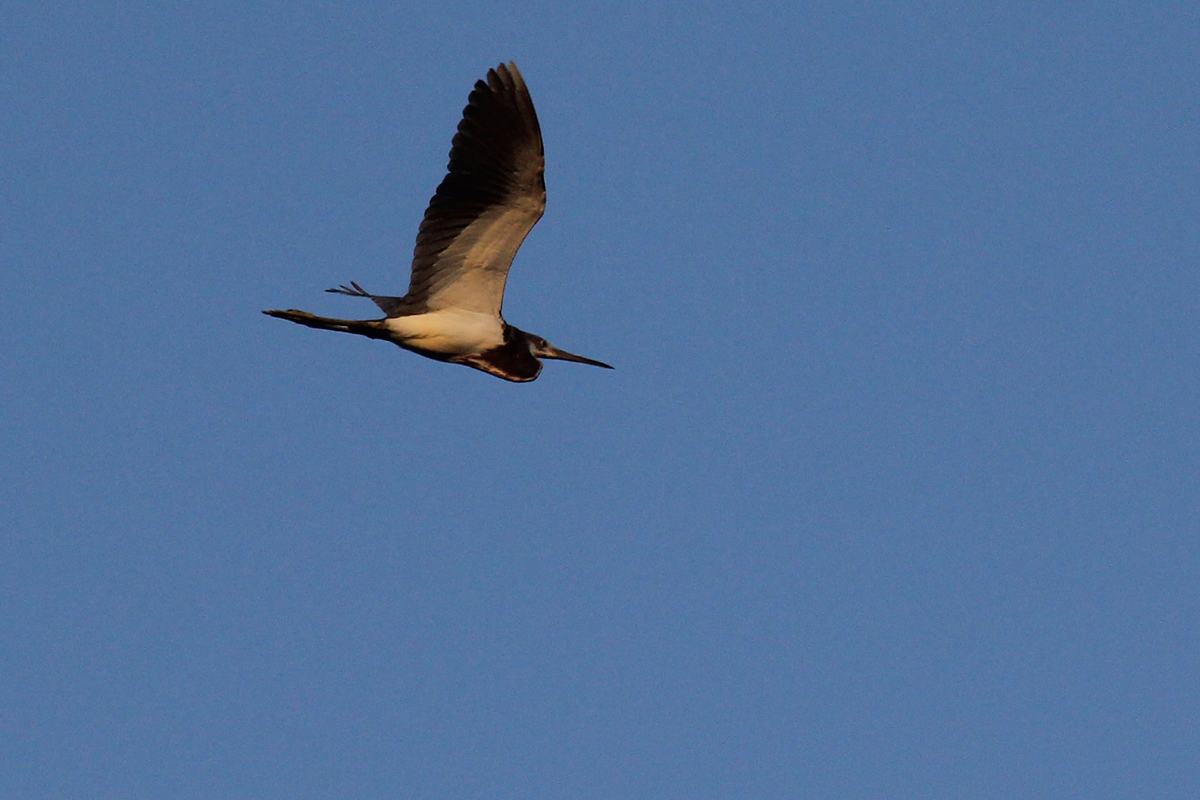
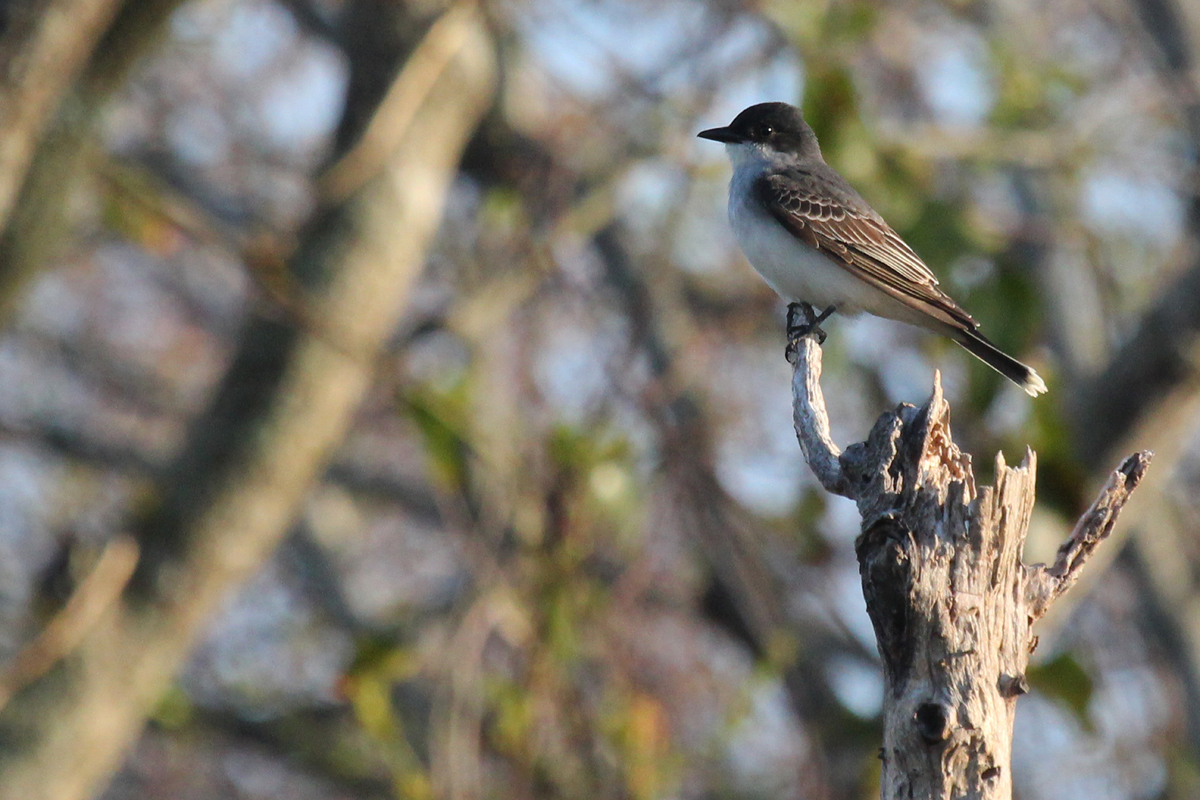
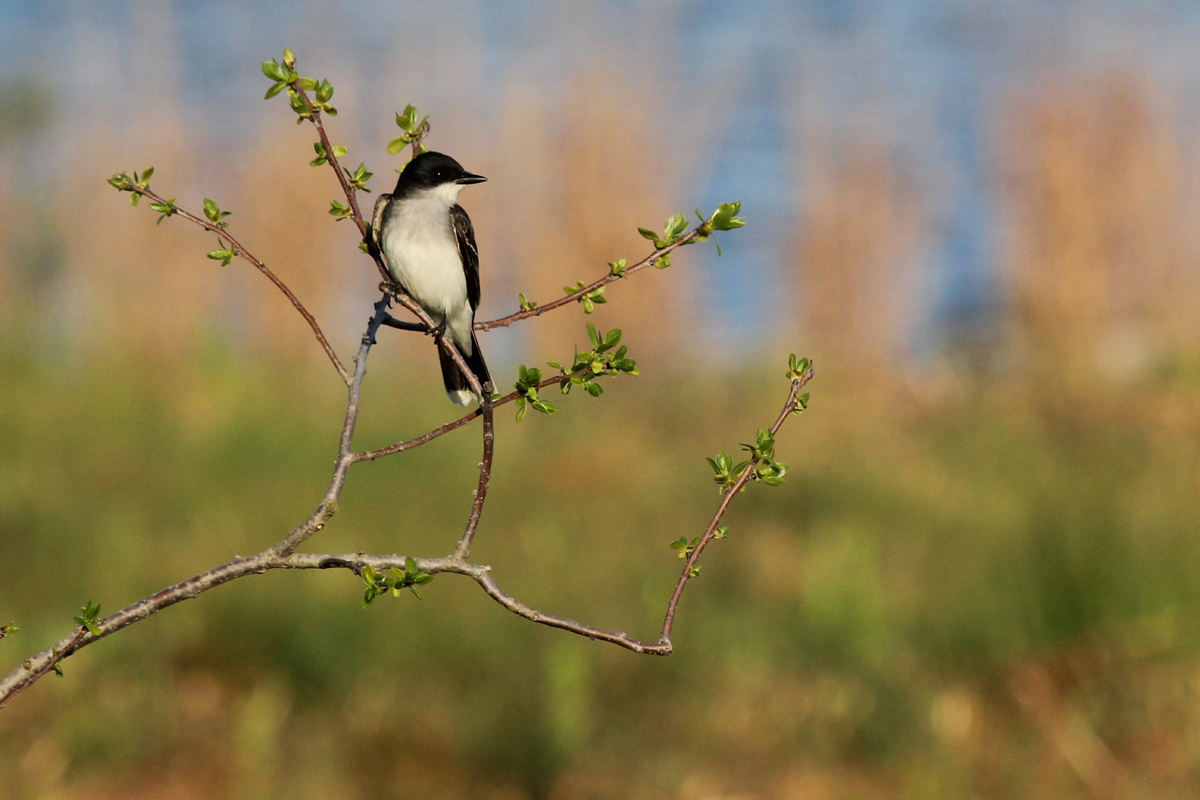
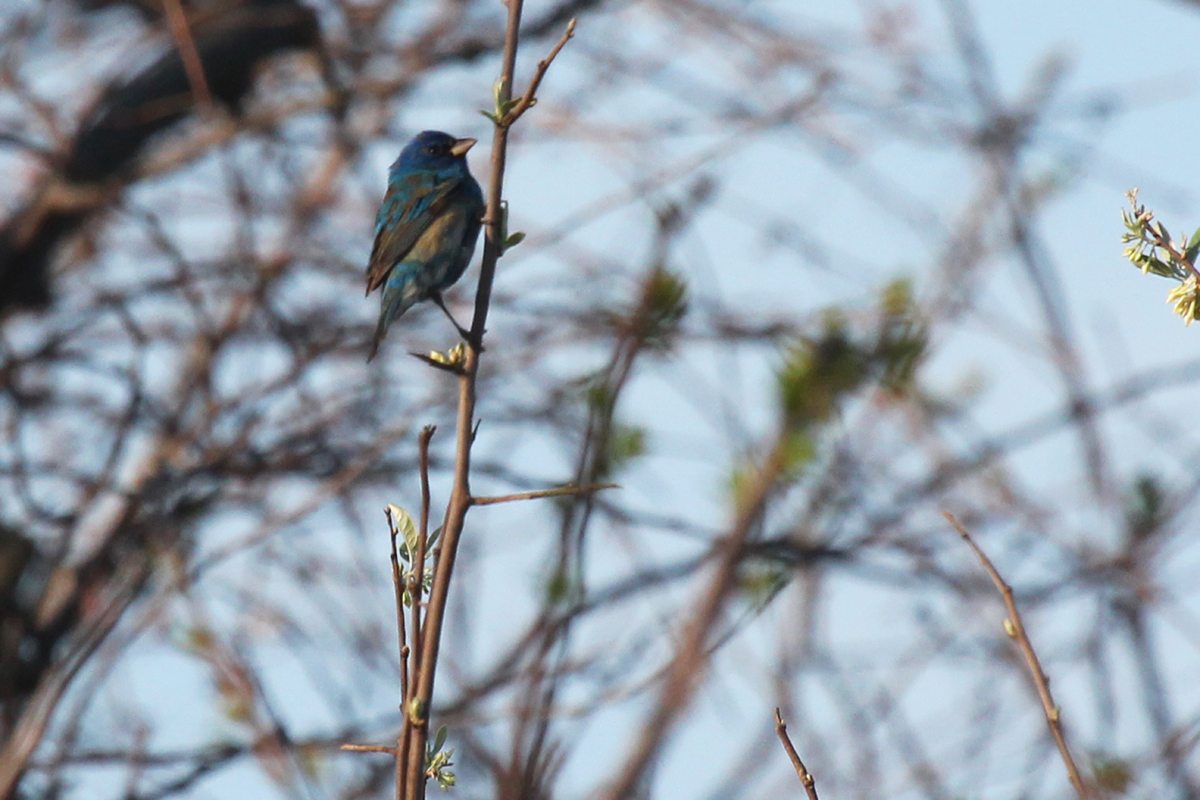
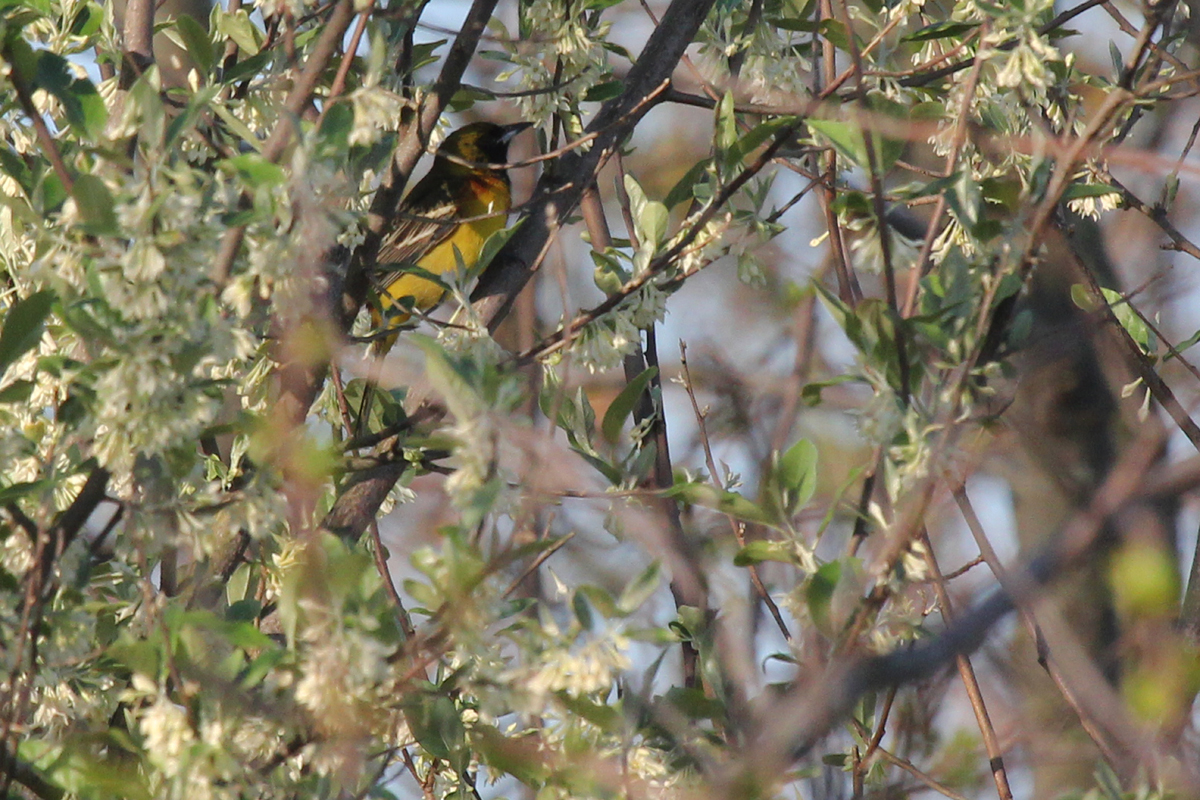
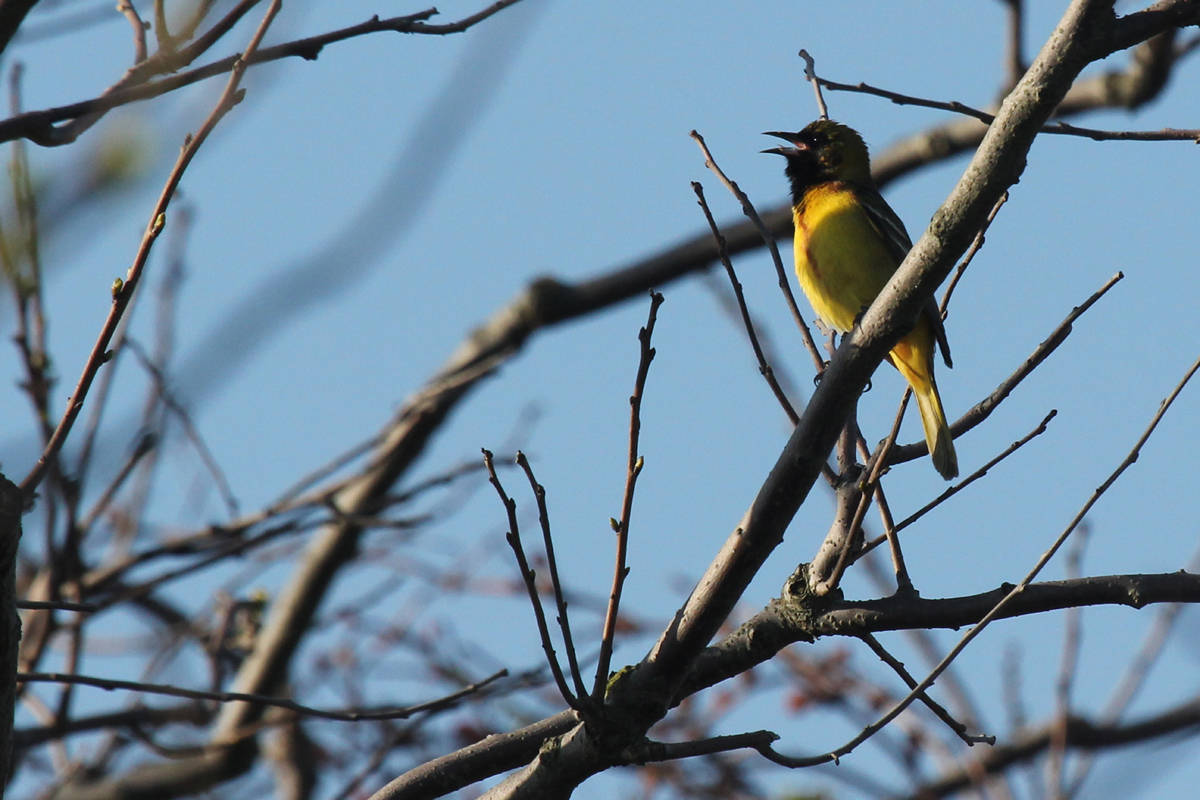
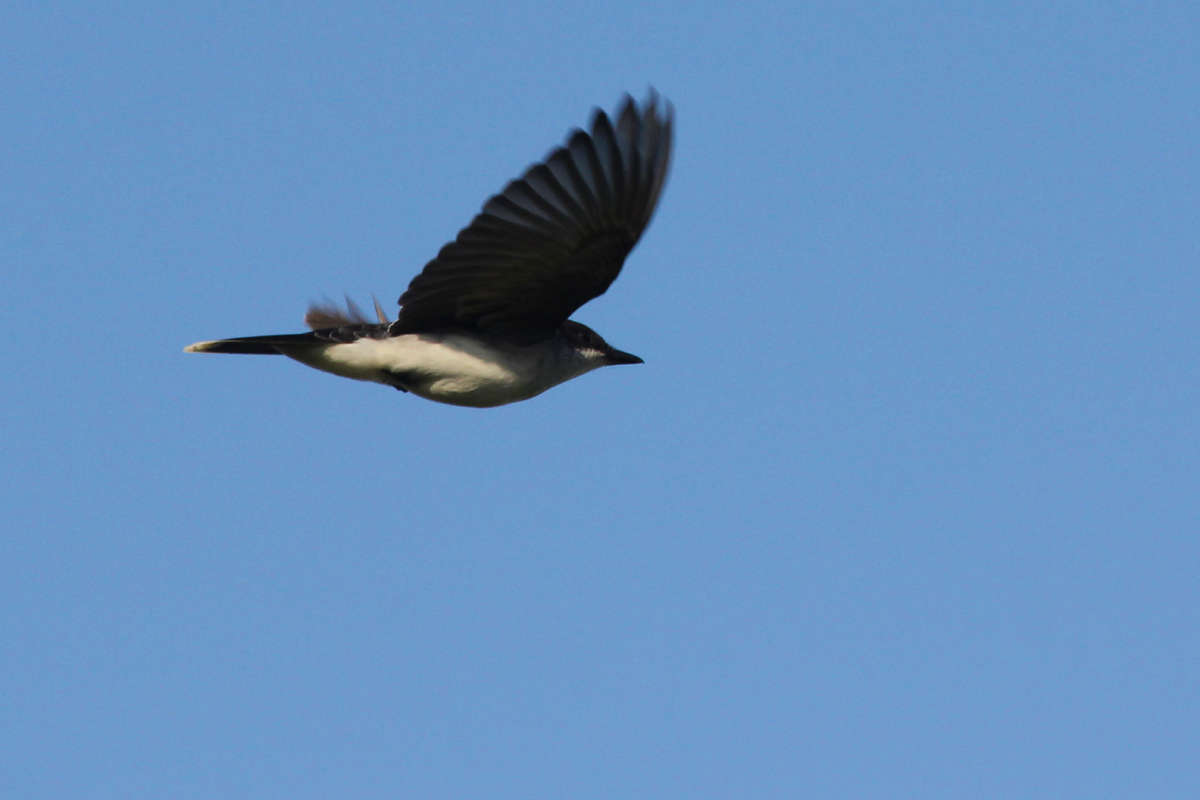
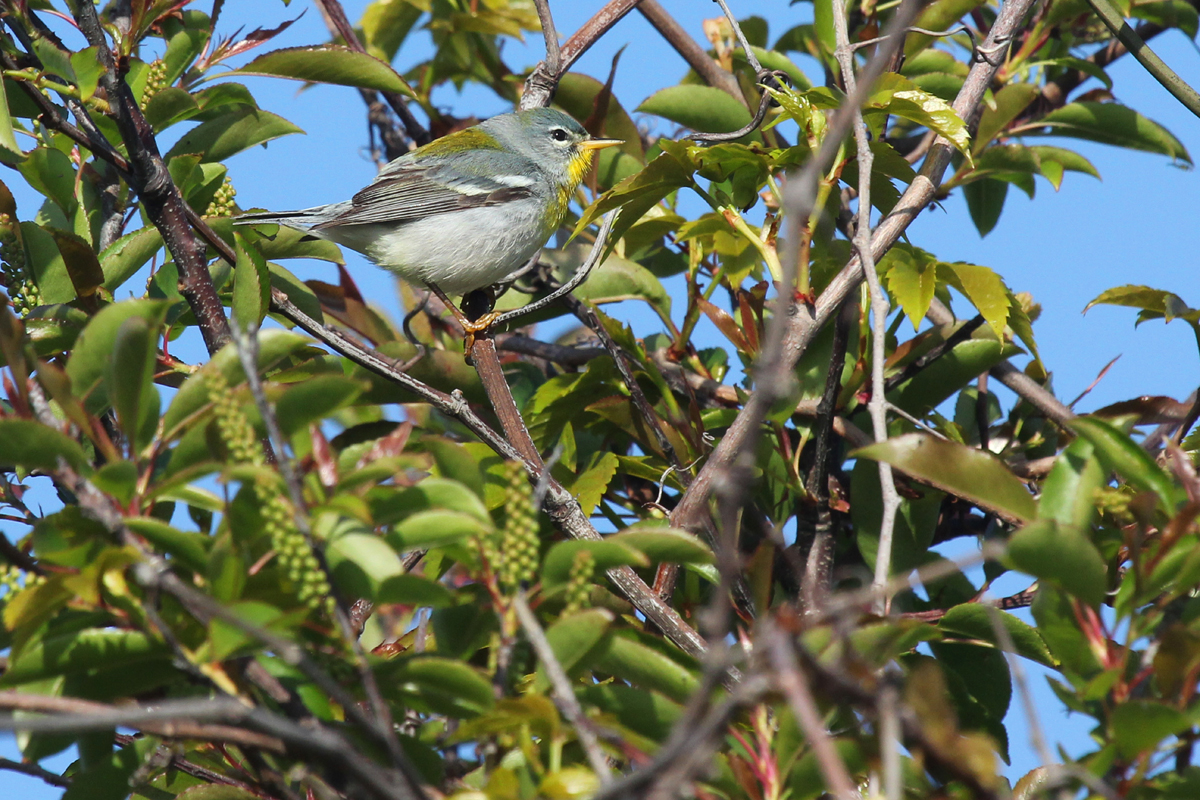
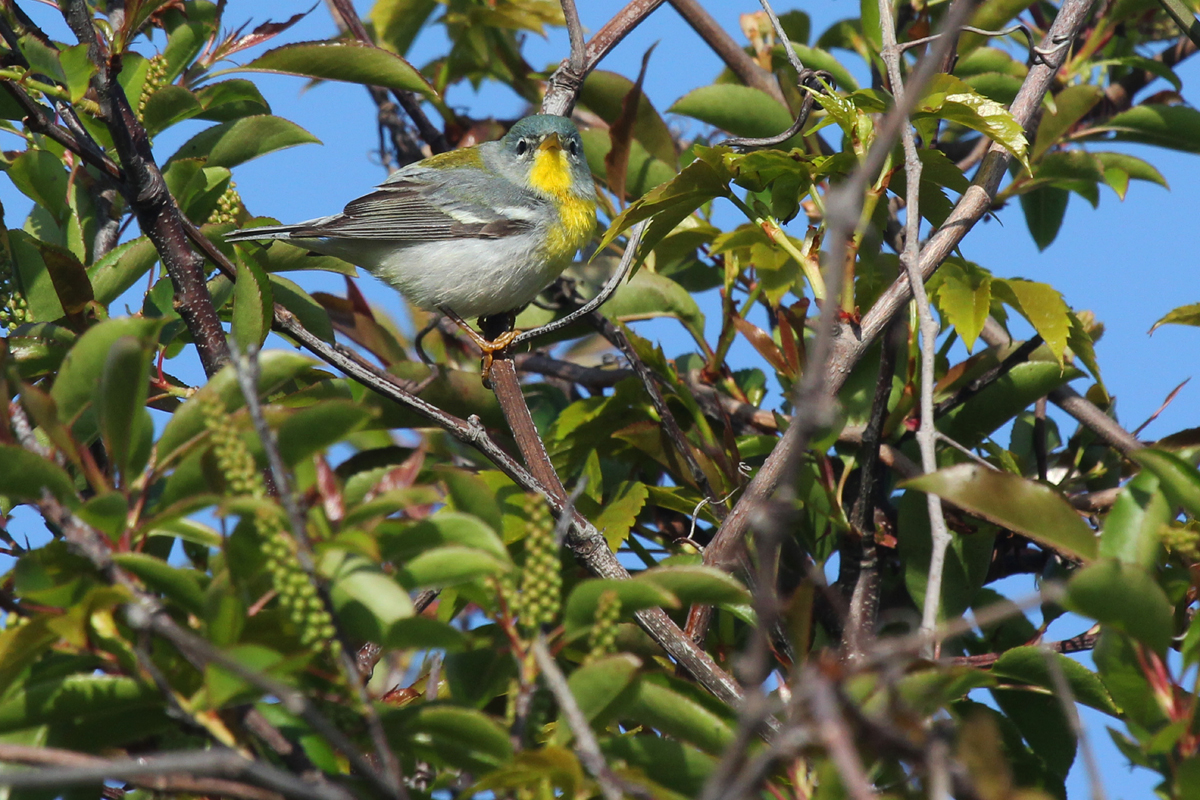
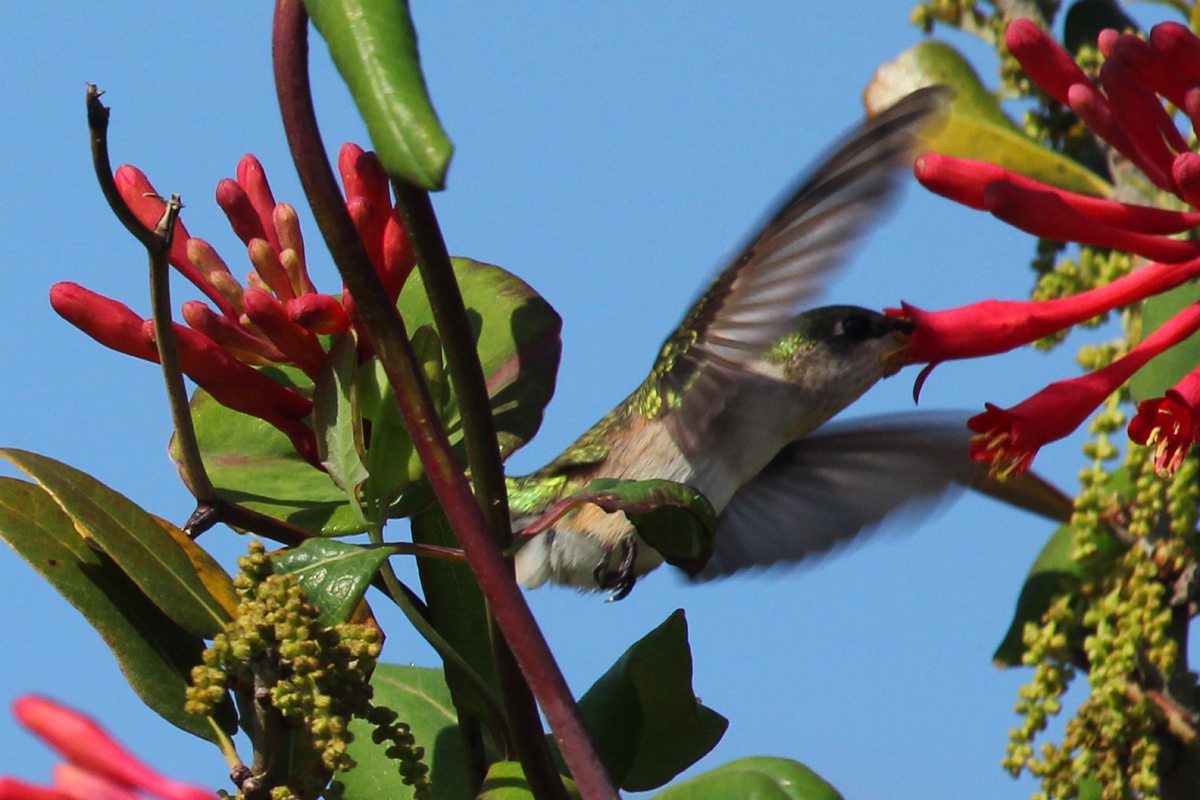
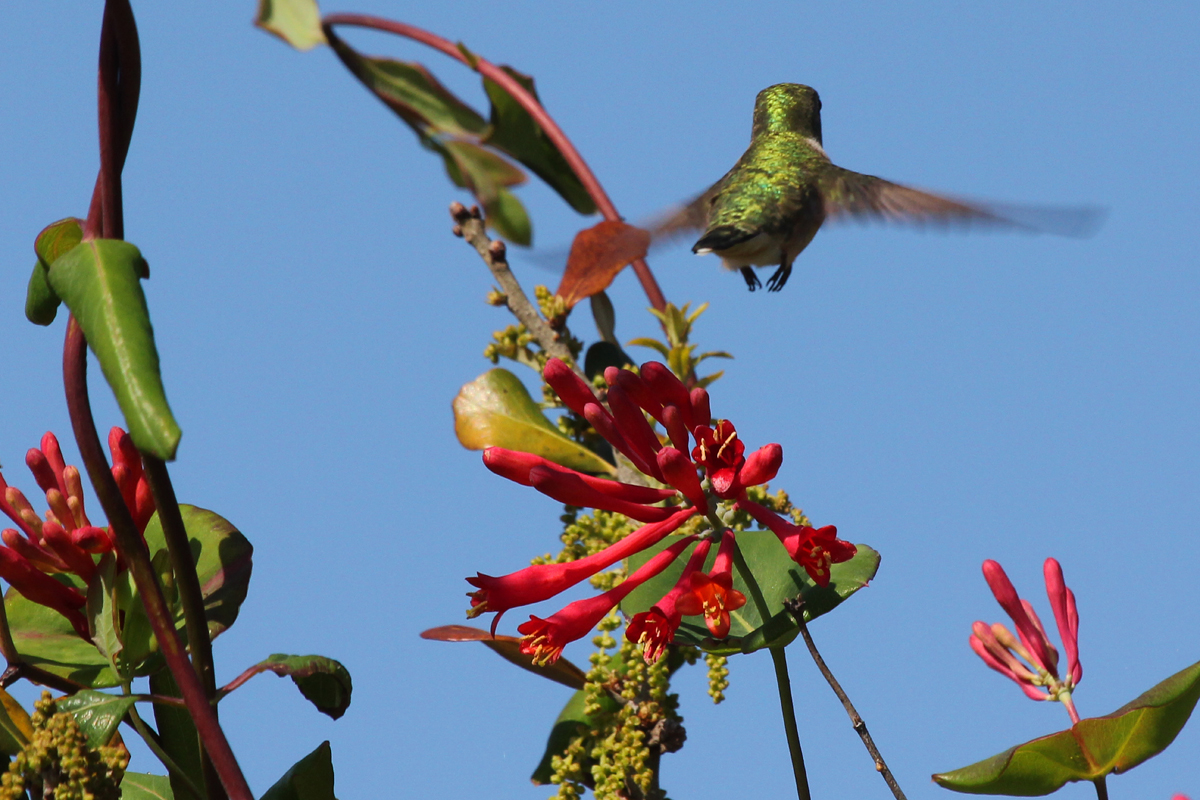
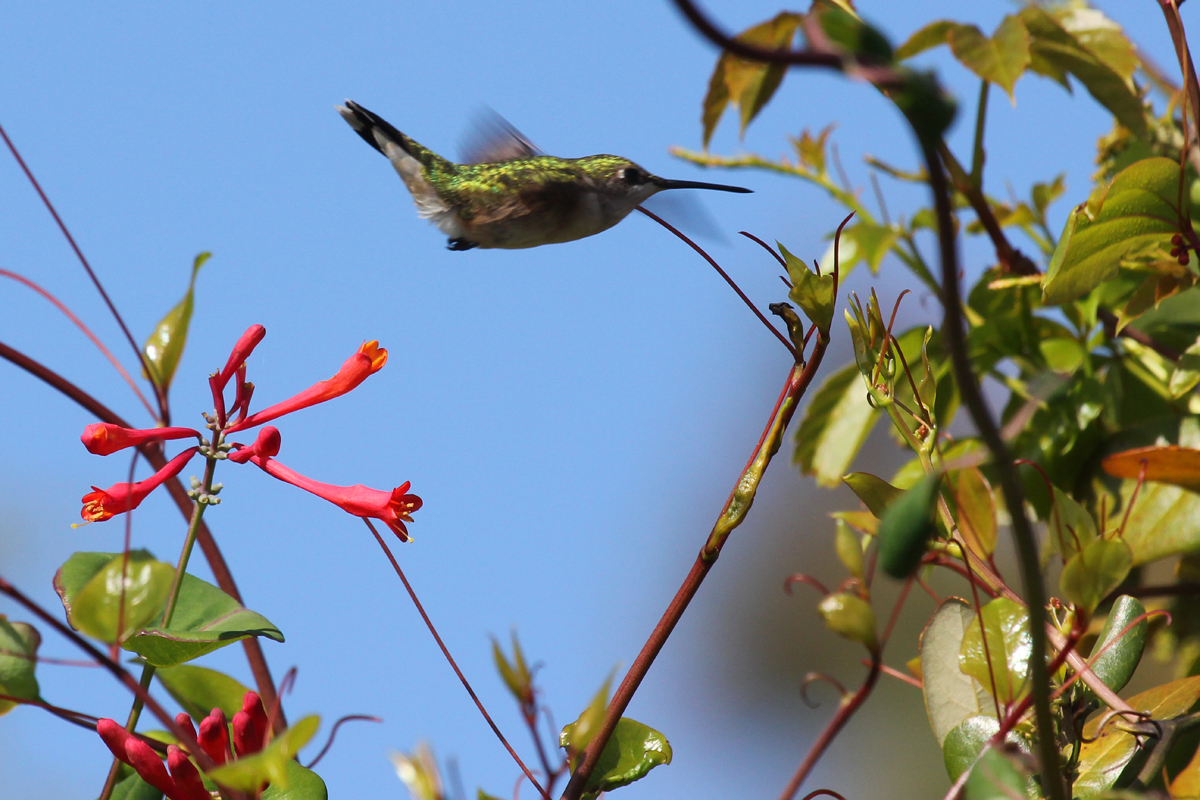
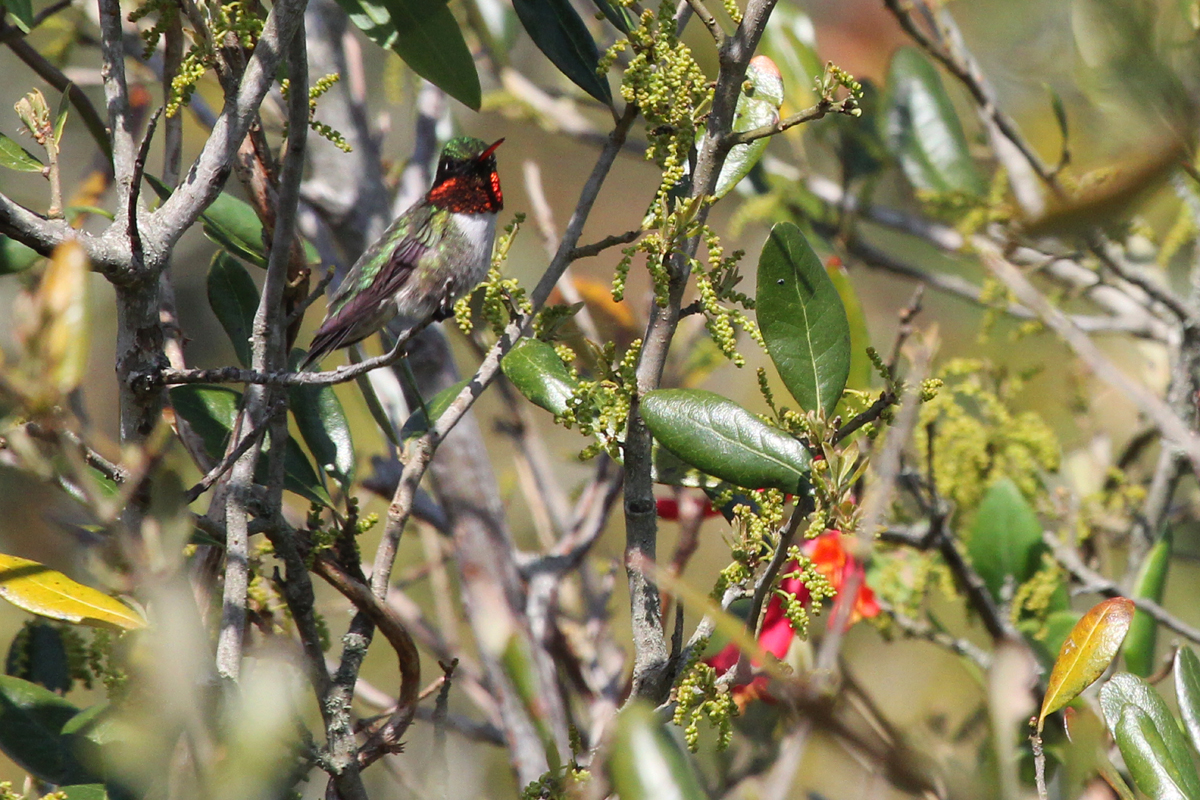
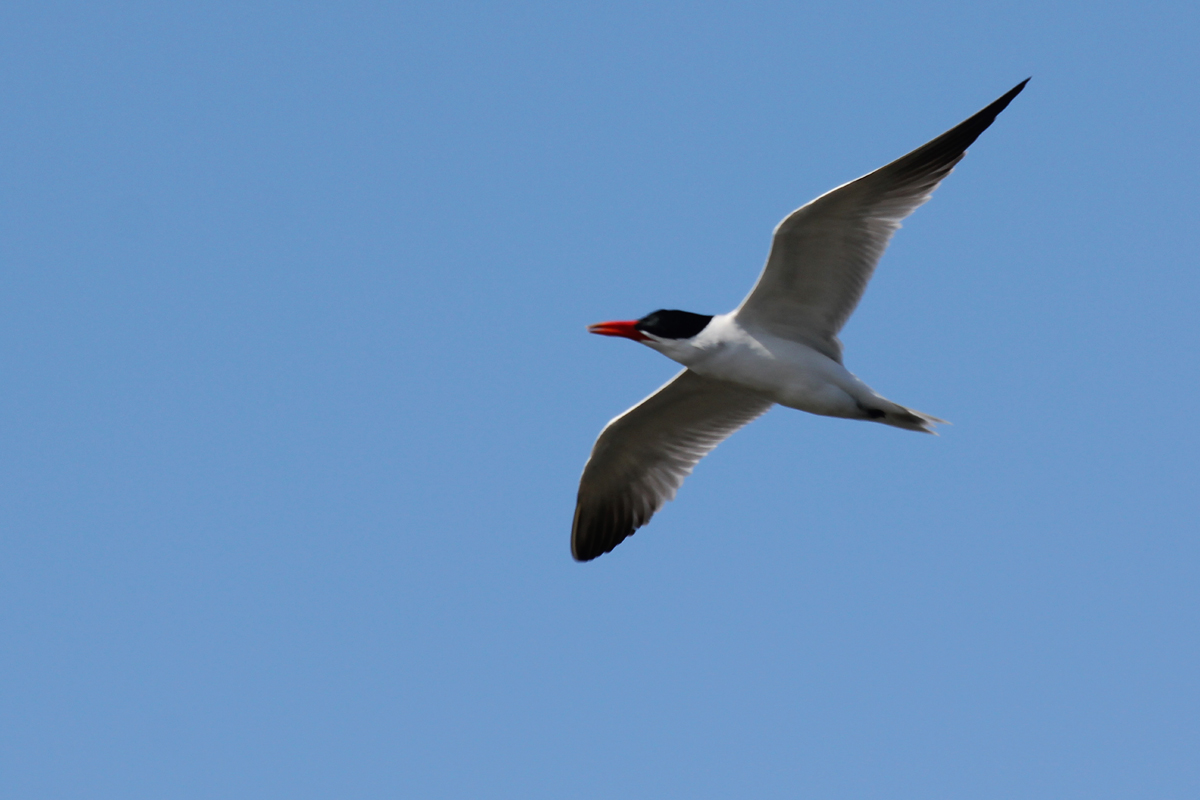
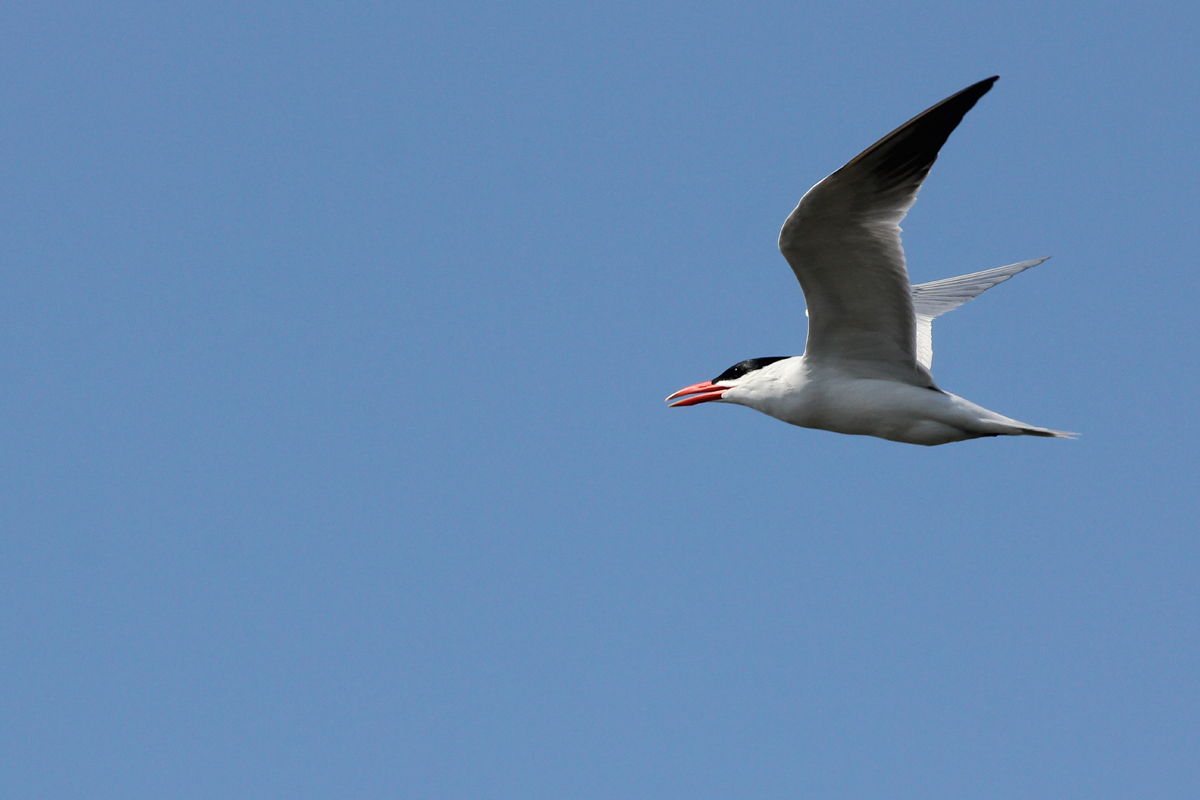
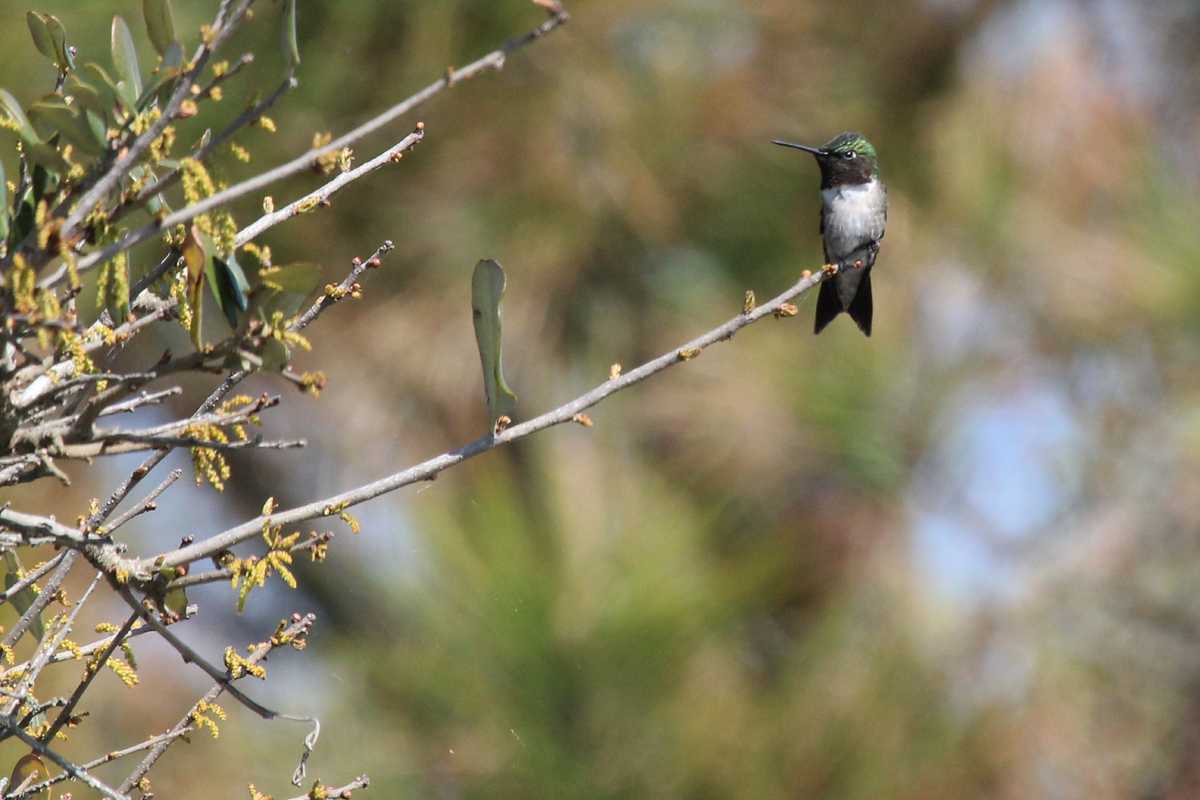

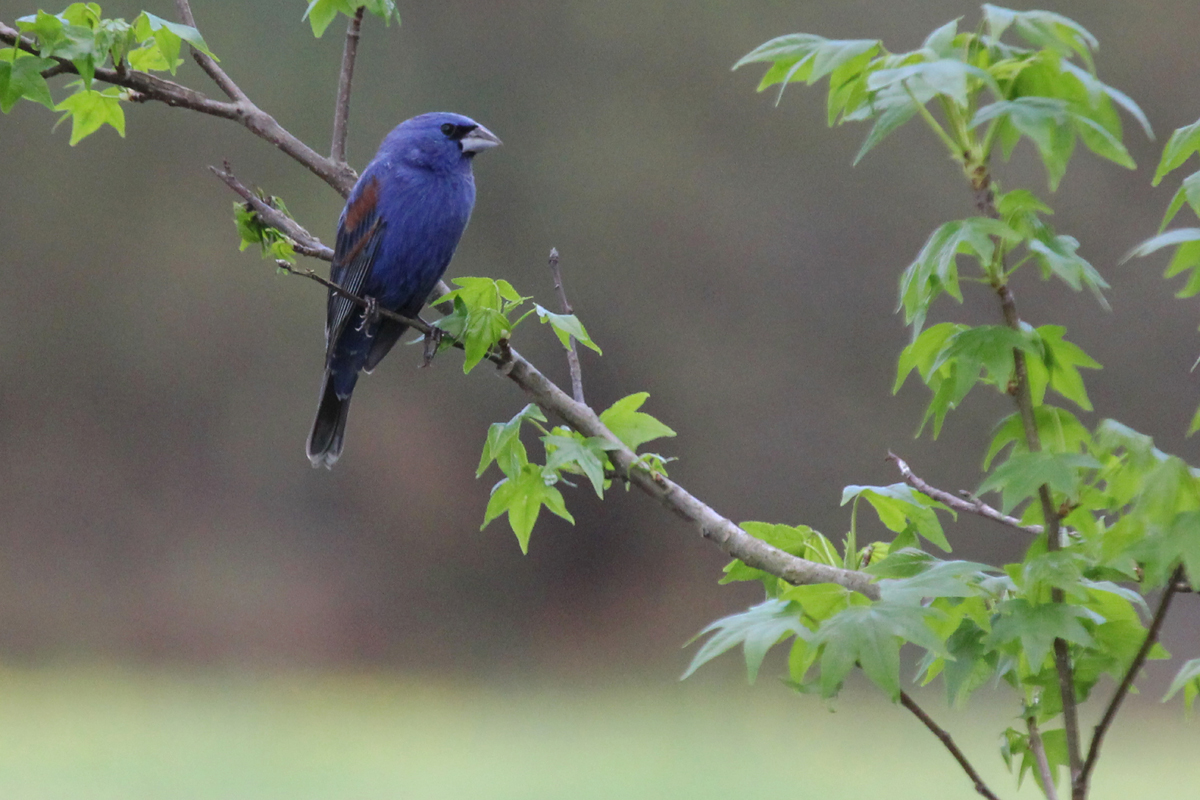
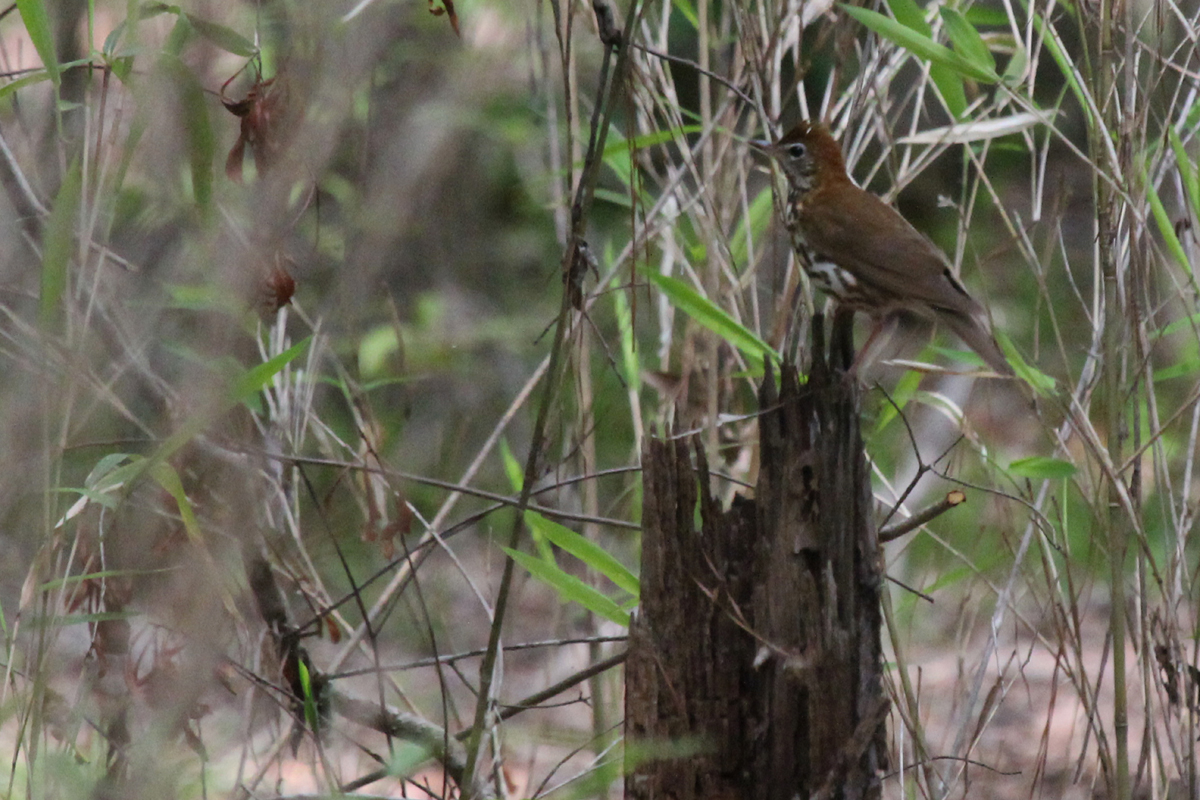

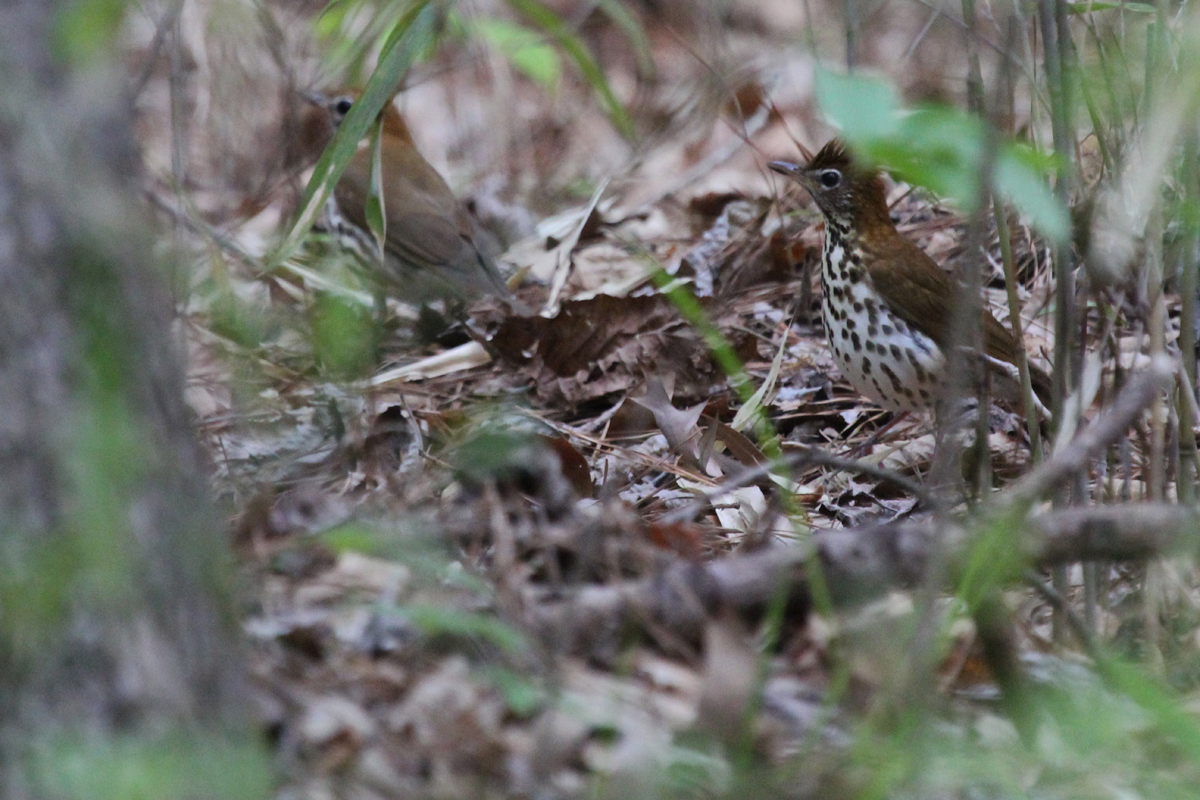
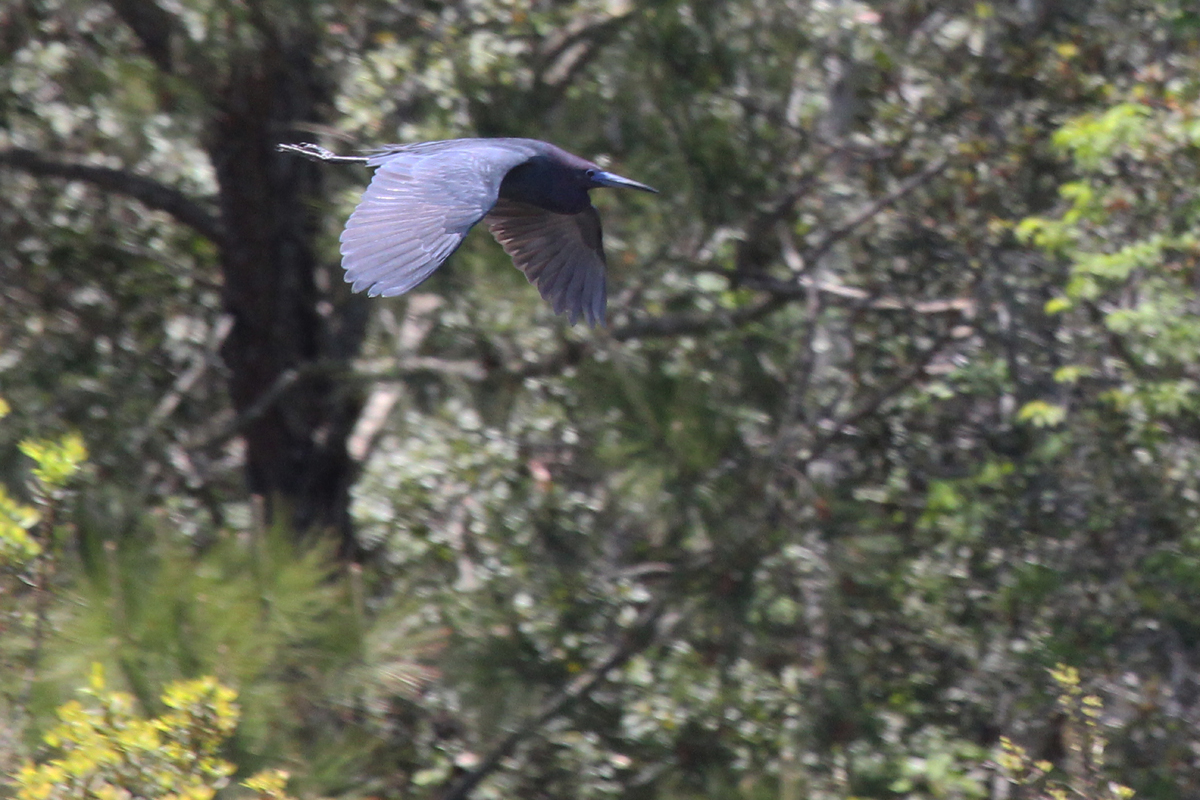
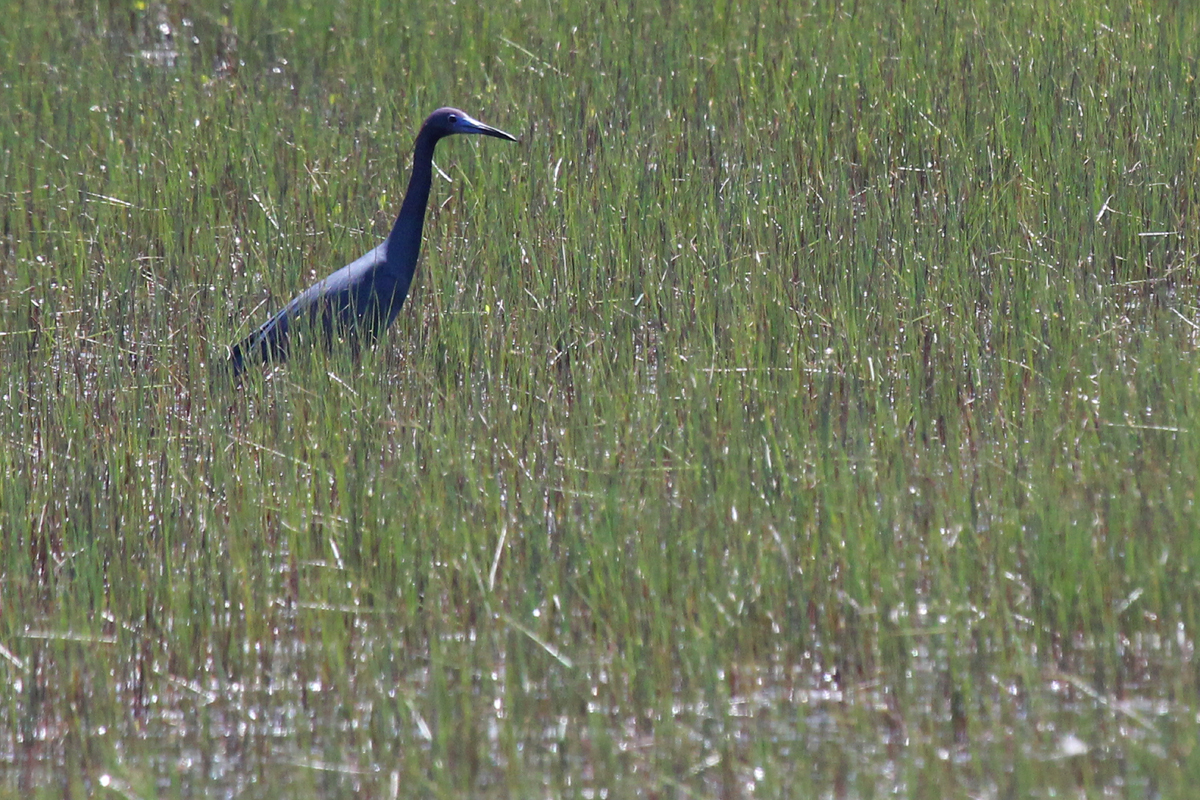
In terms of our early first-of-season arrivals this period, a northbound MISSISSIPPI KITE over Lake Smith on 27 Apr (obs. Tracy Tate) proved to be the most noteworthy, given that its occurrence was 13 days earlier than the average springtime arrival date of 10 May! This species has become a more frequent visitor along the coast in recent years, though there is only one (perhaps two) known nesting locations where the birds remain through the summer season in the city. Last year, a remarkable flight of Mississippi Kites occurred in Northampton County, with reports of up to 30 individuals in view at the same time. Likely, these birds all passed over us here in Virginia Beach, so certainly, many more than are reported move through undetected. Certainly a species to keep an eye to the sky for heading into May.
Next up on the early arrivals list is a remarkable report for CHESTNUT-SIDED WARBLER, with an individual observed in the canopy behind Buffington House at West Neck Creek NA on 26 Apr (ph. Steve Myers). The earliness (4 days) of this record isn’t what makes it stand out, but simply that one was observed here in springtime, period. This species is one of the more difficult warblers to track down during spring migration along the coast, with the bulk of individuals migrating along the Blue Ridge, with counts decreasing the closer to the coast one goes. By comparison to past springs, only two individuals were reported in 2017 (one at Stumpy Lake NA and one later at Back Bay NWR); in 2016, during our best recent migration season, perhaps as many as five were noted at four different locations in the city. We had one record in 2014 and two in 2013, with the only other eBirded report all the way back in 1996! Many of us local birders haven’t had the pleasure of seeing this species in its full breeding plumage.
Also four days earlier than average, an audio-recorded NORTHERN WATERTHRUSH at West Neck Creek NA on 21 Apr (a.r. Karen & Tom Beatty and Charlie Bruggemann) provided the first record for 2017 and tied the earliness of the previously mentioned Chestnut-sided Warbler. Unlike the superficially similar Louisiana Waterthrush which tends to migrate through the city in late March through mid-April, the Northern is our expected late spring waterthrush. With many subtle field mark differences between the two species, it is best to study up on this one, though their songs are much different. Knowing the typical dates of transience can be very useful also, with Louisianas in May being very rare here, and even at peak passage in the first week of April, that species is hit-or-miss on the coast. We should see more Northern reports moving forward though, as we tend to get a few each year in spring, and a higher volume in the fall.
The first YELLOW-BILLED CUCKOO of the season was detected by its vocals at Camp Pendleton SMR (Restricted Access) on 28 Apr (obs. Karen & Tom Beatty), just two days ahead of its average expected arrival date. With individuals reported at Great Dismal Swamp to our west as early as 20 Apr this season, it shouldn’t come as a surprise that this one would also be a bit early to Virginia Beach. Their distinctive ‘cu-cu-cu’ calls can typically be heard at long range, and there are likely more of them scattered across the city already. Back Bay NWR tends to be one of the most reliable places to view them, and often times they’re seen in flight with their long, rufous-colored, tail hanging out behind them.
EASTERN WOOD-PEWEES also returned to Virginia Beach this year two days ahead of schedule, with the first being photographed at Munden Point Park on 28 Apr (ph. David Clark). Very reliable within a day or two of the average 30 Apr date, last year’s first record occurred right on the arrival date, and while this one is early, since arrival dates typically are set for five day periods for the purposes of this journal, and for our eBird setup in Virginia Beach, any record within two days (give or take) is considered right on time.
Following suit with the previous entry, two more species were technically early arrivals, but were essentially right on time of their 30 Apr expected arrival dates. The first, a SWAINSON’S THRUSH at Stumpy Lake NA on 29 Apr (obs. Marie & Ron Furnish) marked the first year for this location provided our first record since 2014. Red Wing Park has become the typical location where most birders find the thrushes migrating through in late April and early May, but clearly Stumpy Lake NA, and West Neck Creek NA are also suitable habitat for these birds.
Last for the early birds, also at just one day ahead of schedule, the first BLACKPOLL WARBLER of the season was logged at Back Bay NWR on 29 Apr (ph. Eric Alton & Tamara Conklin). One nice thing about this species is that if it isn’t observed early in migration, we all have plenty of time to find one. In typical years, this is our only transient / non-breeding warbler species that stays here into the first week of June. So, once the excitement of May has died down, we still have a chance to view Blackpolls. The last few years, average dates have held pretty close to average, with 28 Apr, 2 May, 7 May, 1 May and 5 May being the arrivals for the 2016-2013 span.
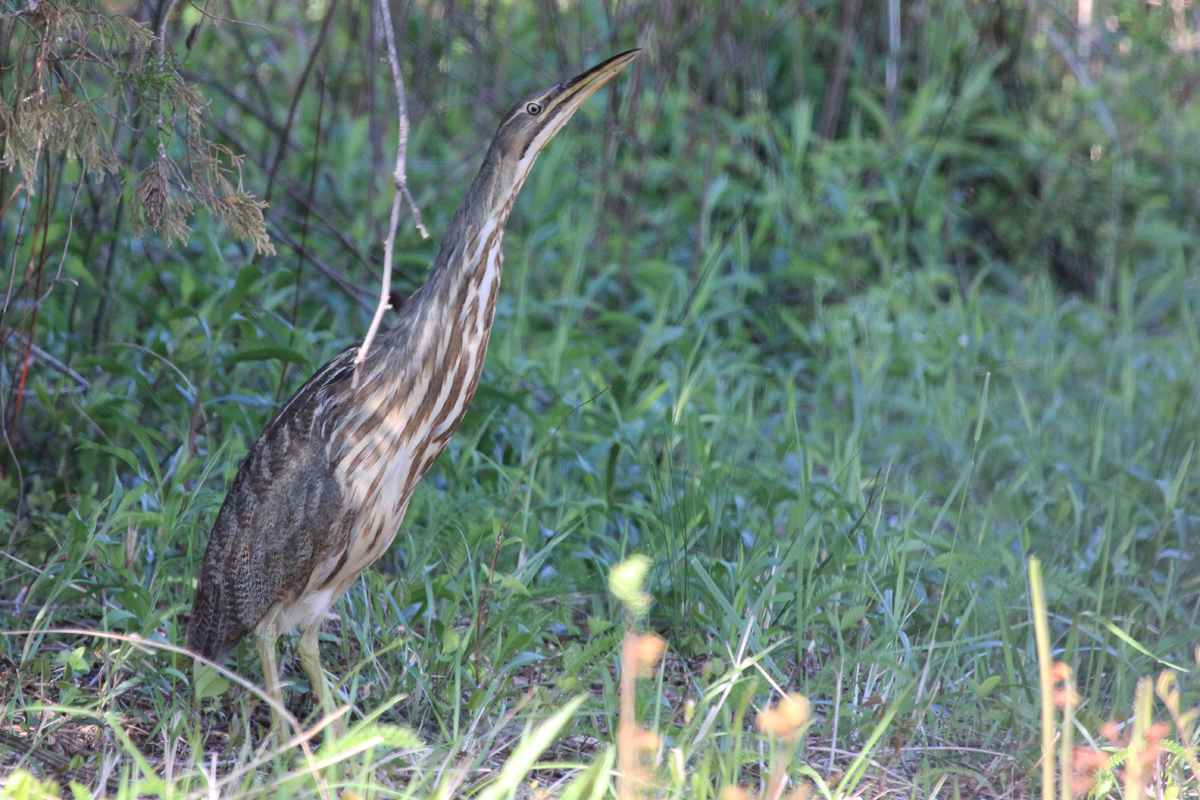
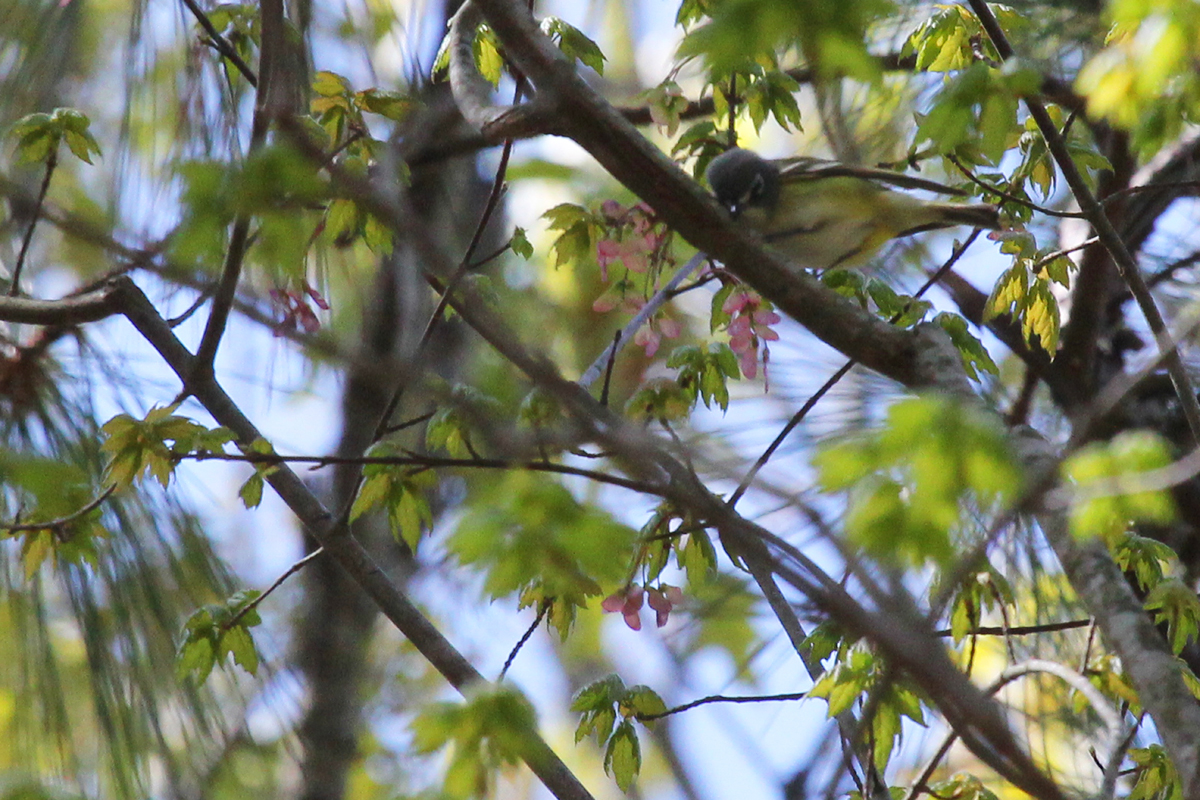
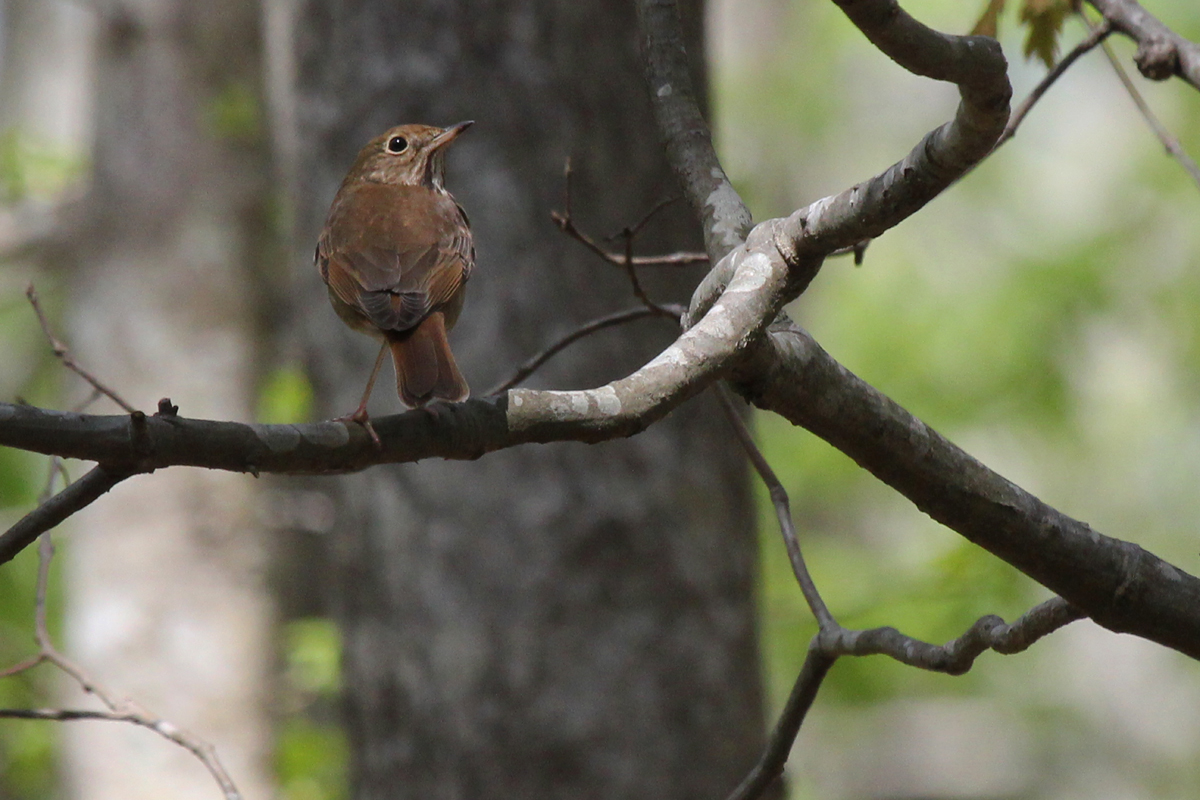

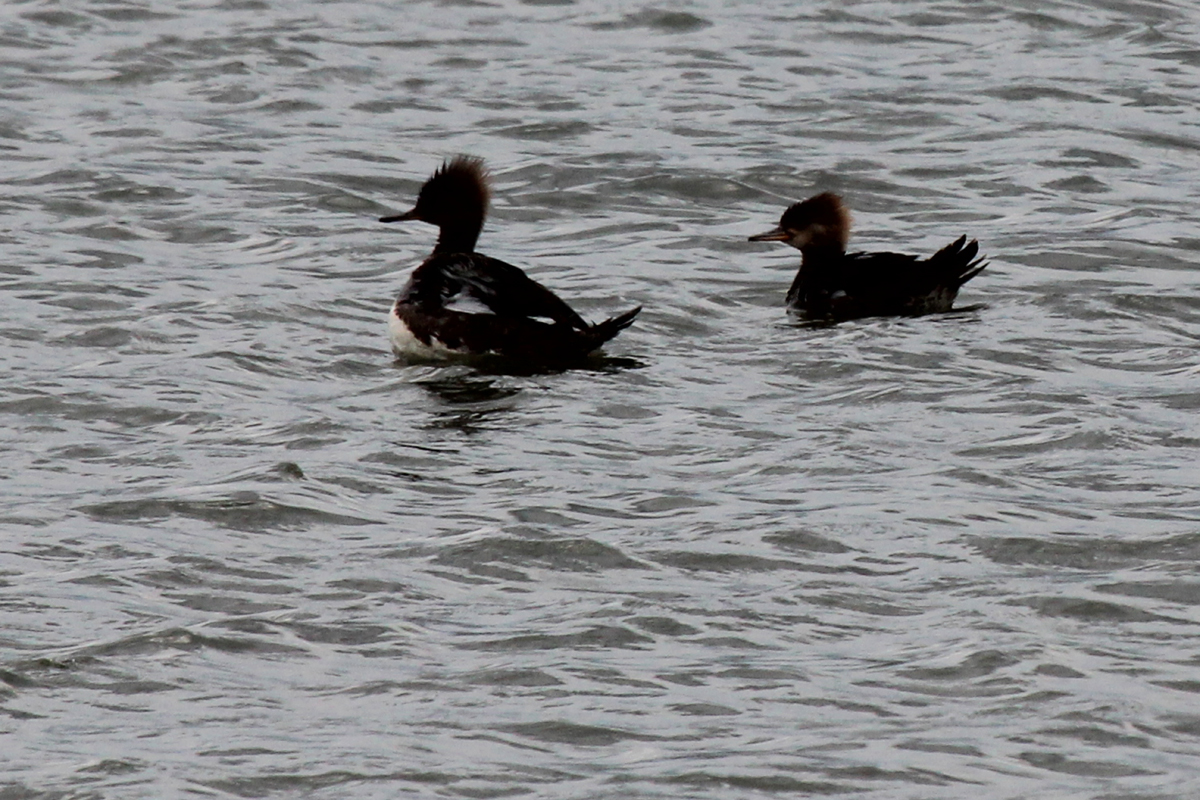



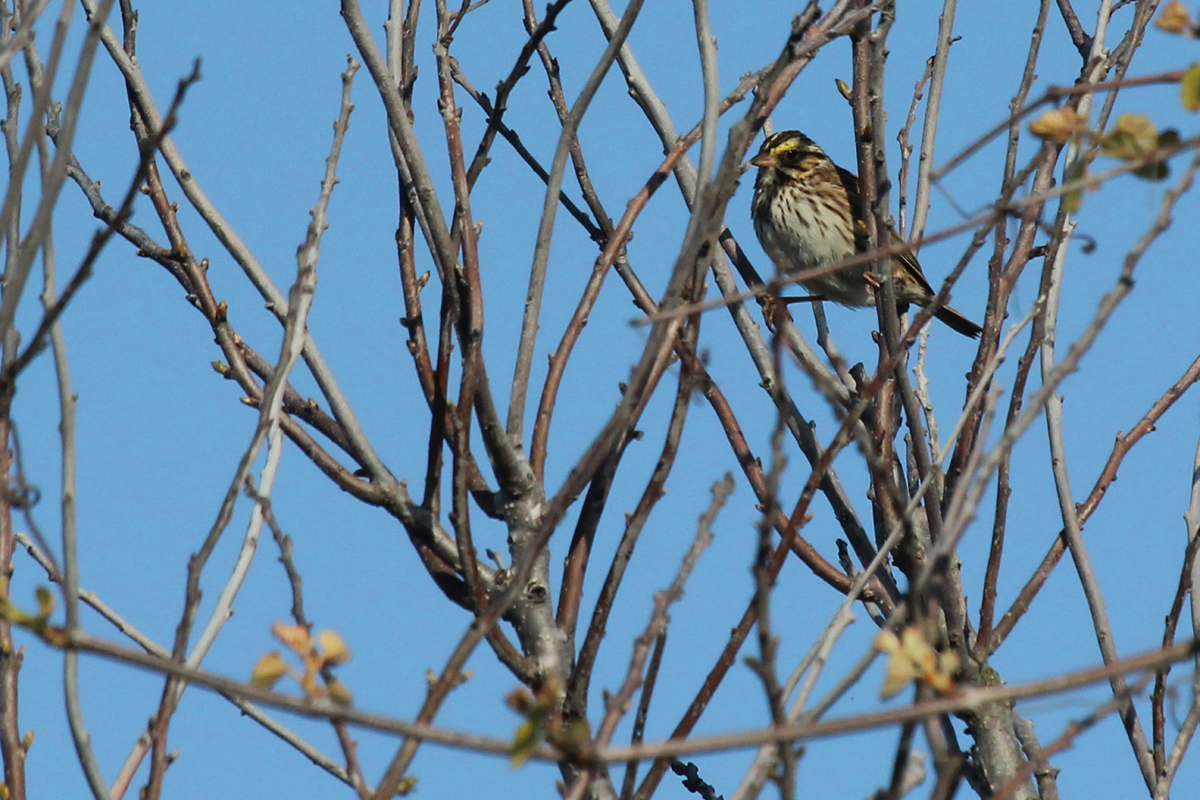
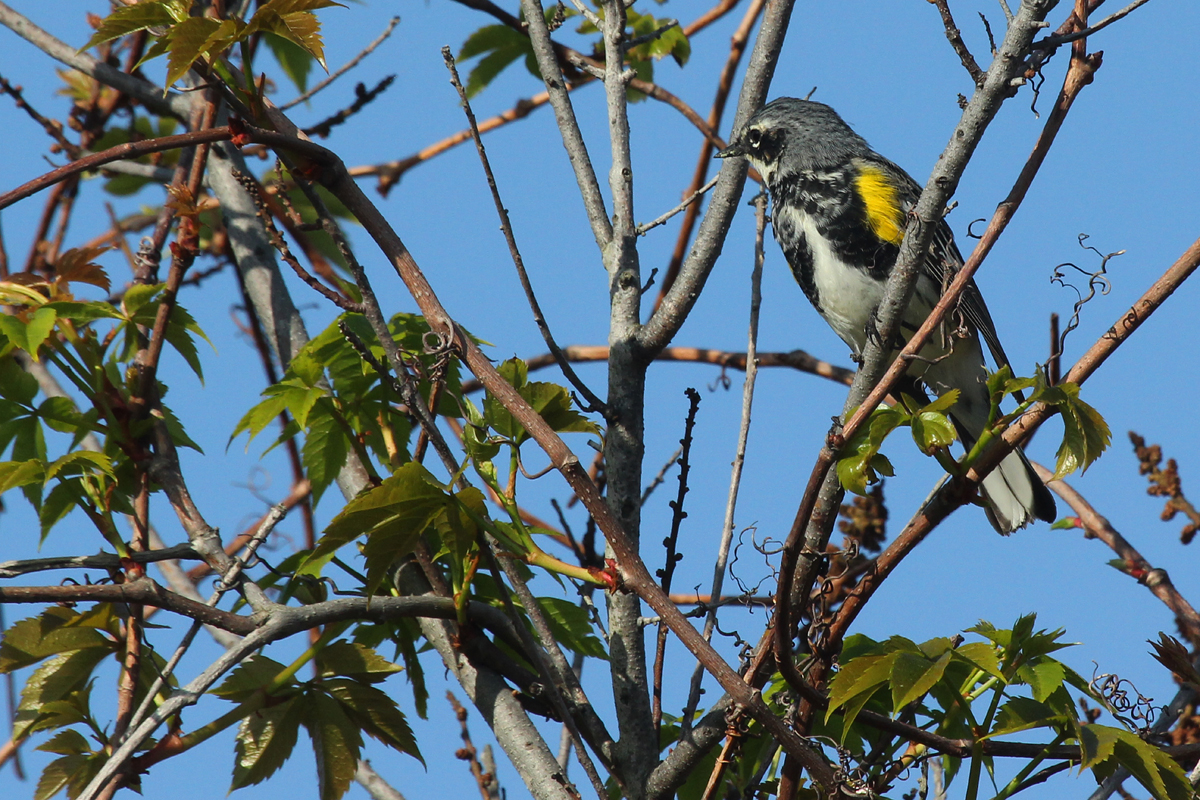
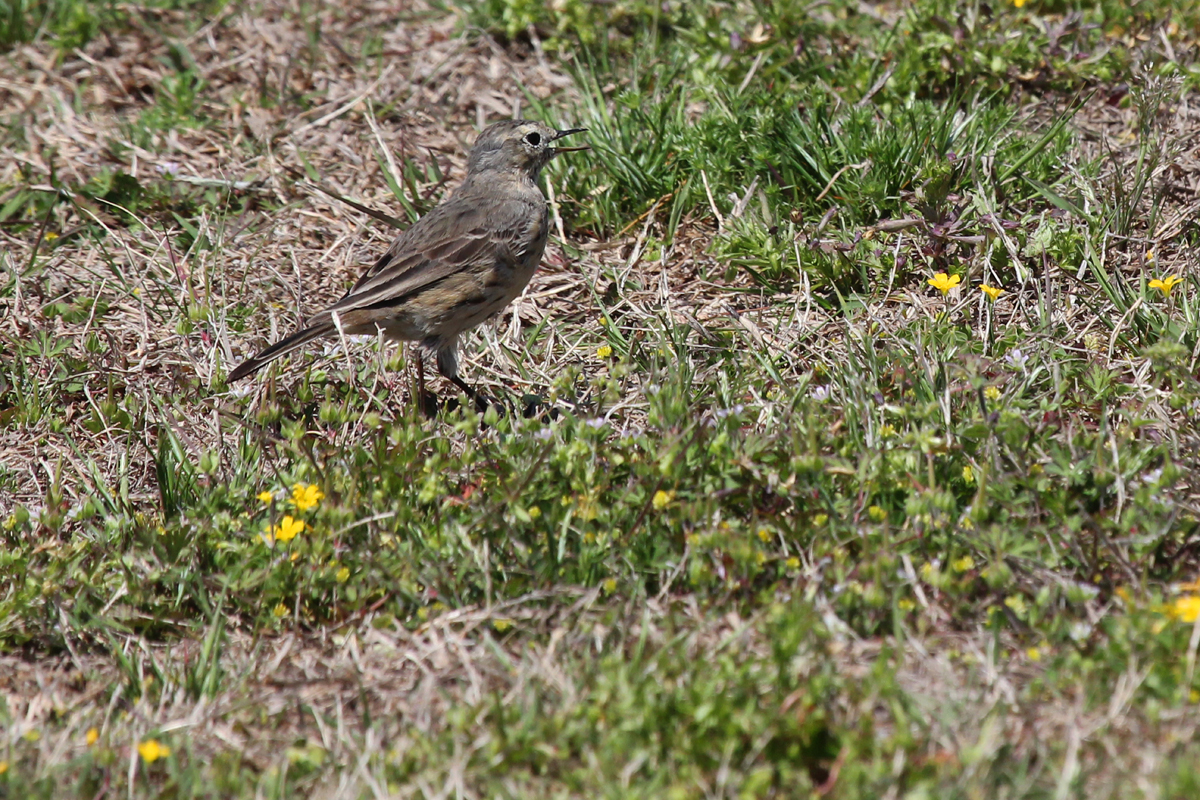

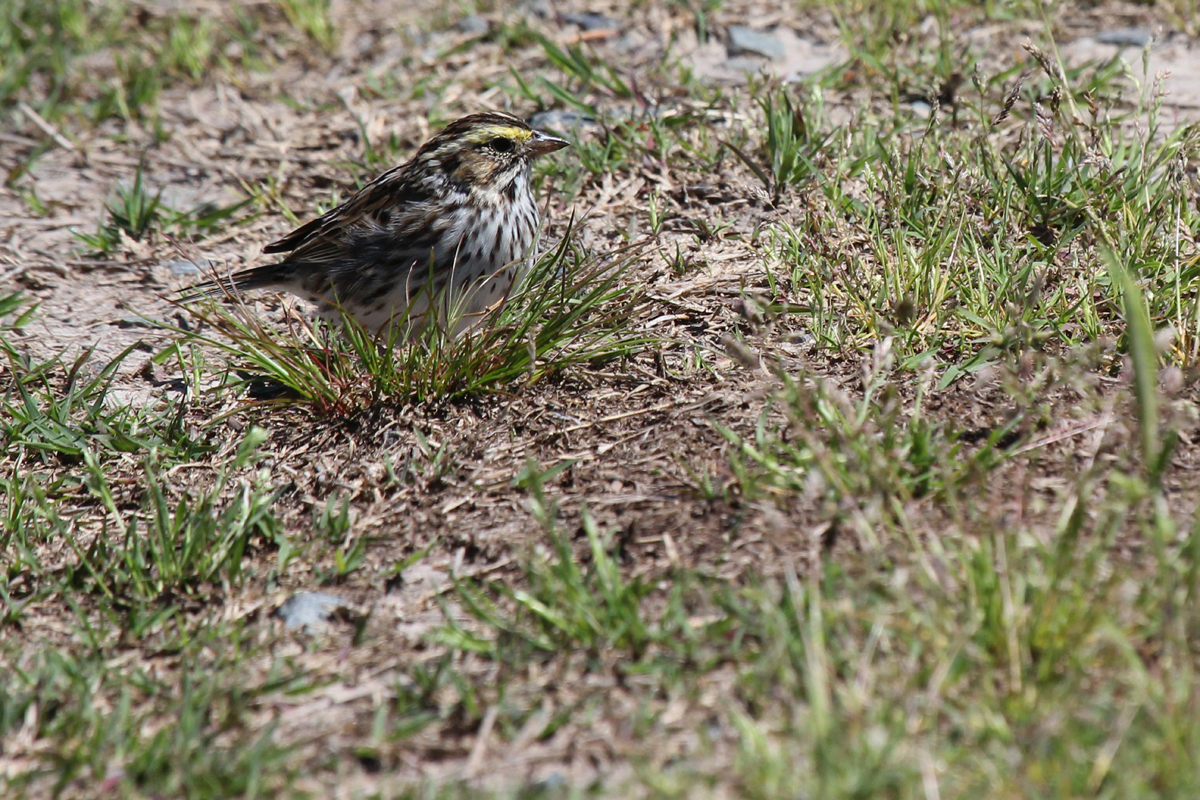
In addition to the early arrivals, we also logged a high volume of first-of-season species arriving on or after their expected dates! In late April, these species included BLACK-THROATED BLUE WARBLER on 26 Apr at Red Wing Park (obs. Kathy Spencer), YELLOW-BREASTED CHAT on 26 Apr at Back Bay NWR (obs. Karen & Tom Beatty), ROSE-BREASTED GROSBEAK on 26 Apr along Salem Canal (obs. Rose Chandler), INDIGO BUNTING on 21 Apr (this and the prior 3 species were all just one day late) at Back Bay NWR (ph. June McDaniels), SCARLET TANAGER on 27 Apr (two days late) at a private residence on Lake Smith (obs. Tracy Tate), ACADIAN FLYCATCHER on 28 Apr (three days late) at West Neck Creek NA (obs. Tamara Conklin), VEERY on 28 Apr (three days late) at West Neck Creek NA (obs. Karen & Tom Beatty and James Marcum), WOOD THRUSH on 21 Apr (six days late) at West Neck Creek NA (obs. Karen & Tom Beatty and Charlie Bruggemann), YELLOW WARBLER on 22 Apr (seven days late) at Dam Neck NA (obs. Karen & Tom Beatty), SEMIPALMATED SANDPIPER on 25 Apr (ten days late) at Back Bay NWR (obs. Robert Ake), AMERICAN REDSTART on 26 Apr (eleven days late) at Red Wing Park (obs. Karen & Tom Beatty), ORCHARD ORIOLE on 25 Apr (fifteen days late) at Back Bay NWR (obs. Tommy Maloney and James Marcum) and SEMIPALMATED PLOVER on 25 Apr (fifteen days late) at Back Bay NWR (obs. Robert Ake & Loretta Silvia). A quick note on the Orchard Oriole. The Gold Book has listed 10 Apr is their average arrival to the Coastal Plain of Virginia, and with all Virginia Beach’s eBird data falling after that date, we’ve used it as the base value in eBird. However, in looking harder at the Virginia Beach data, over the last five years we’ve had arrivals of 25 Apr 2018, 22 Apr 2017, 23 Apr 2016, 24 Apr 2015, and 2 May 2014. In fact, the only record that even precedes 20 Apr, is a single individual from 19 Apr 2005! So it is likely that next year, the arrival date for this will be revised to better suit our data. Though it is certainly intriguing why the disparity exists, as both sources usually align fairly well here. But a date of 25 Apr is likely to take over moving forward.
In terms of continuing early arrivals, both WORM-EATING WARBLER and SUMMER TANAGERS were initially reported in mid-April, and continued to be observed until their expected dates were finally reached on 25 Apr. Remarkably, there was a total of 14 eBird reports for Summer Tanager ahead of the set arrival date here in Virginia Beach. The first report, that of an individual at Red Wing Park on 13 Apr (ph. Steve Myers), was the earliest reports we’ve ever had for the city with regard to eBird’s data. With only four reports, Worm-eating Warbler was much scarcer, but with a first record on 19 Apr also at Red Wing Park (ph. Karen & Tom Beatty), it’s still worth mentioning here as a continuing early species.
On the opposing side of the distributional spectrum, we had two species flagging in eBird as late lingerers: ORANGE-CROWNED WARBLER and AMERICAN PIPIT. The former was represented by a continuing individual that has been observed almost daily at a private residence, with the last report occurring on 28 Apr (obs. Carolyn Page). This date is the latest record we have in eBird for Virginia Beach for this species! The latter, a single American Pipit that was first found at Back Bay NWR on 17 Apr (ph. Karen & Tom Beatty) has continued through the entirety of late April (as of this writing it has even continued into May!).
As always, we had some interesting reports that didn’t necessarily “beat” our average arrival or departures dates, but are nonetheless worth mentioning in this report! SEASIDE SPARROWS appear to be moving northward, with several reports coming in from along the Resort Area’s boardwalk! On 26 & 27 Apr, several were photographed (ph. Kelly Krechmer). When this species is on the move, Rudee Inlet and Fort Story often see fallouts of many individuals hanging around on the armored rock jetties, so if interested in seeing this species, those areas are worth viewing. A single WHITE IBIS was photographed in a residential yard in Alanton on 27 Apr (ph. Michelle Payne), which makes for an amazing yard-list-bird! This same yard has been host to Western Tanagers and Baltimore Orioles for at least the last couple of winters, so adding a White Ibis might not seem as crazy, but it truly is bizarre to see one at this location. Lastly, for the first time in the 2nd Virginia Breeding Bird Atlas (now in its 3rd year), a YELLOW-THROATED WARBLER was finally confirmed as a coastal breeder when an individual was observed on 28 Apr at Stumpy Lake NA (ph. Eric Alton & Tamara Conklin, later ph. Jonathan Snyder) carrying nesting material! Stumpy Lake has had prior summer records, but not in any recent years, so this is exciting for both Virginia Beach birders, and for Virginia Atlasers alike!
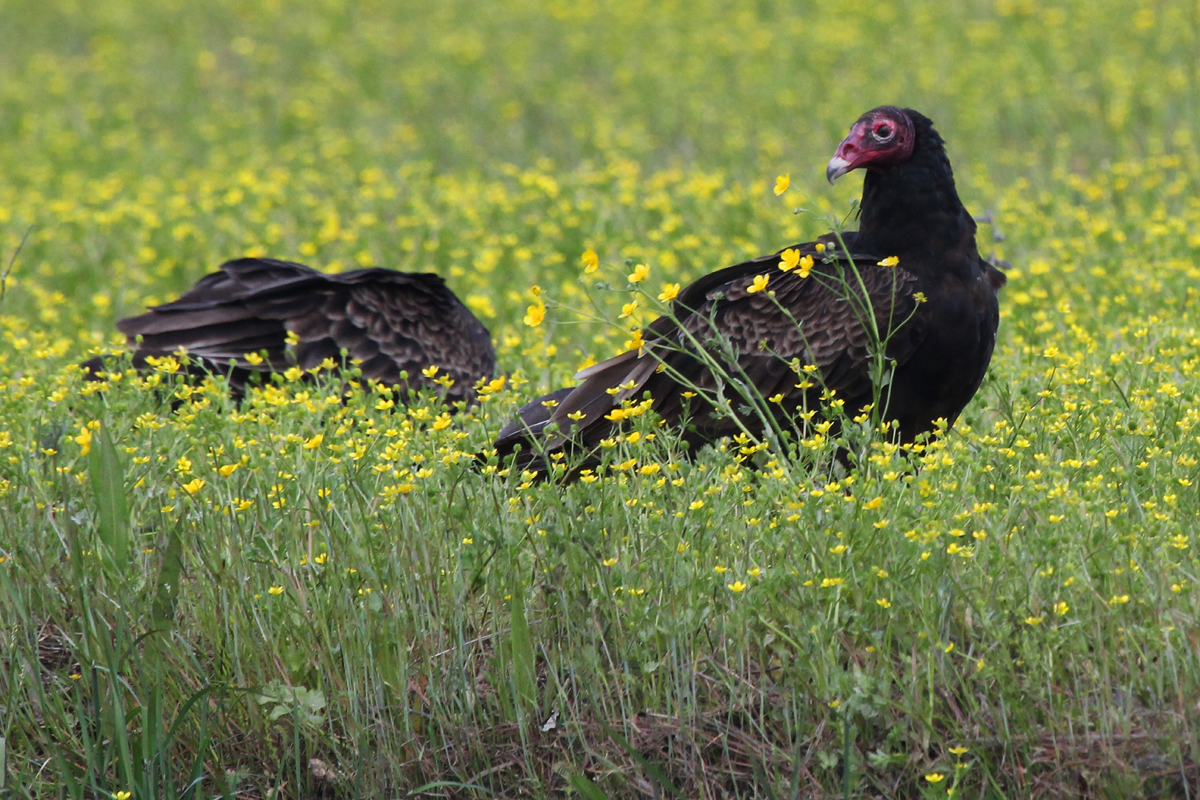

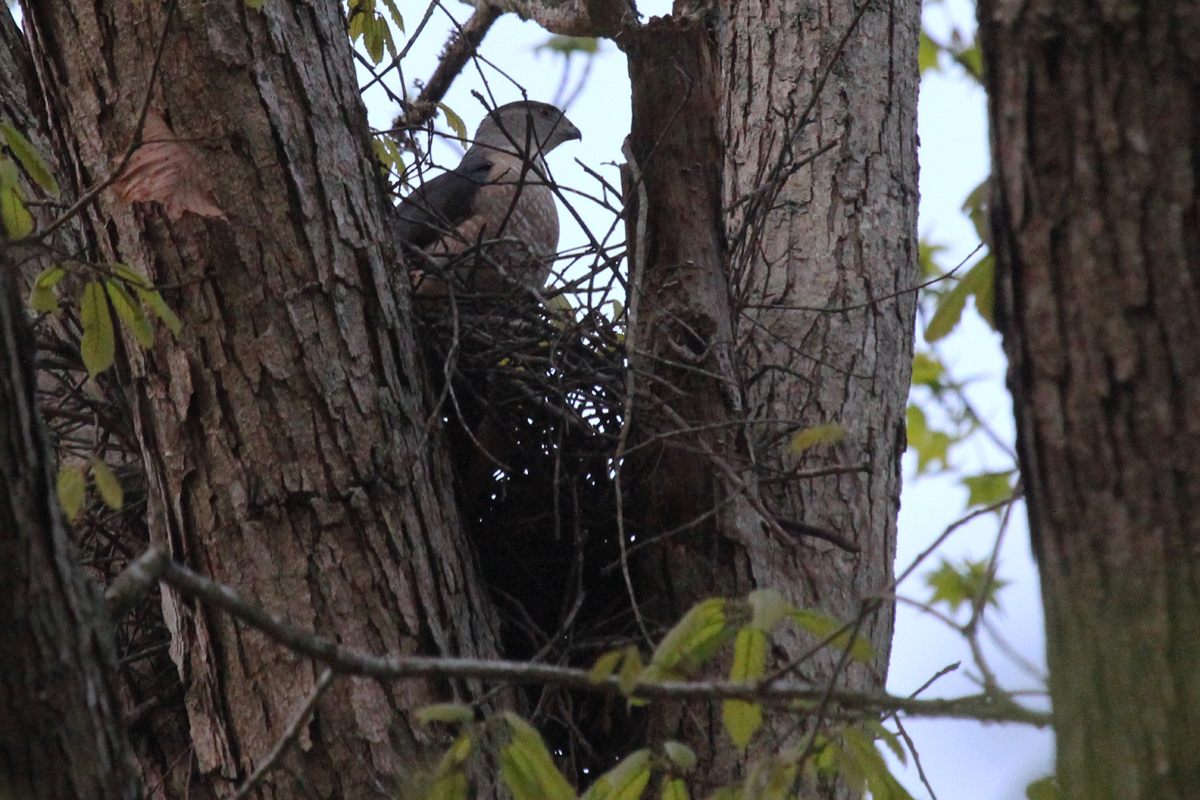
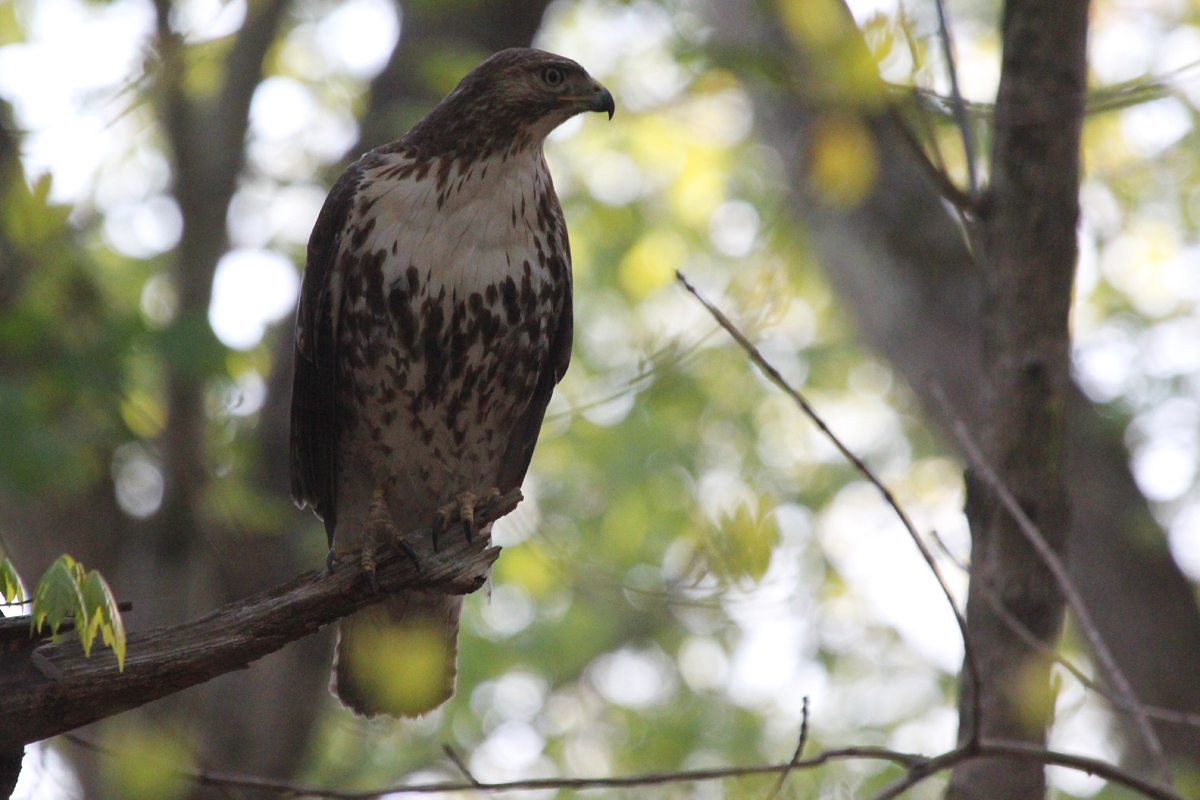
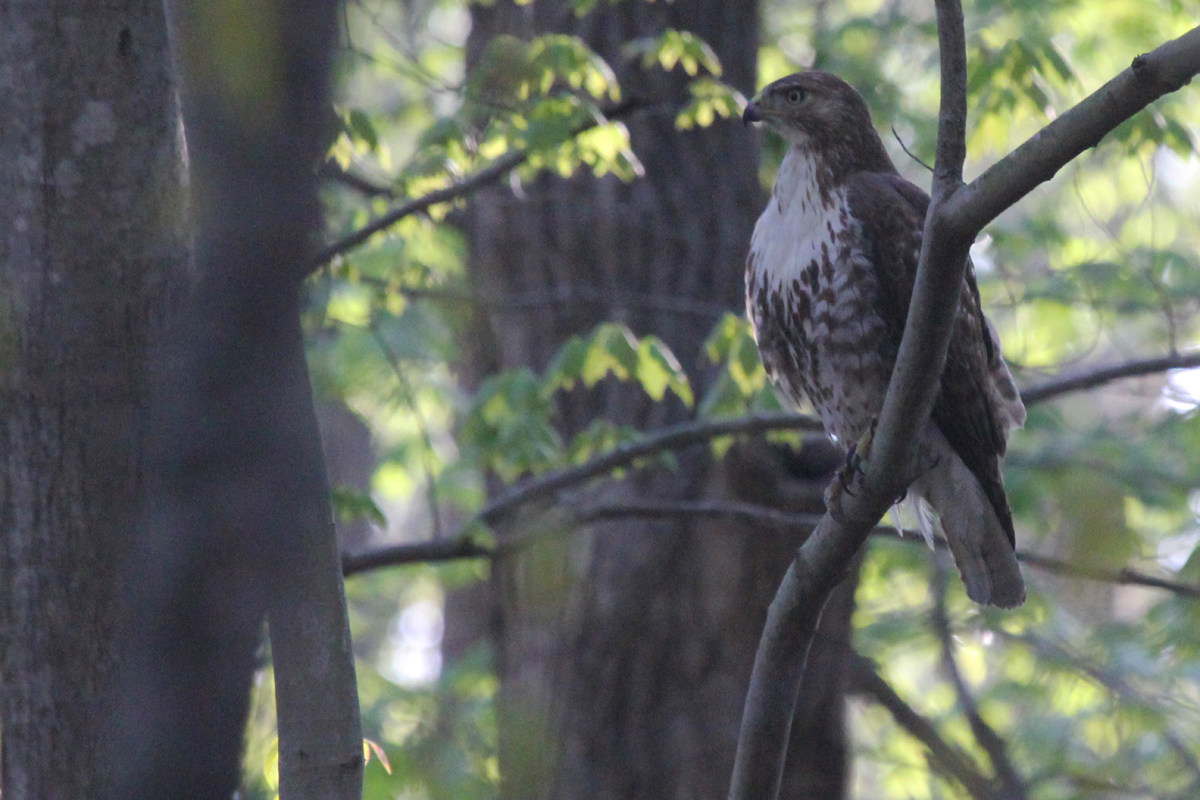
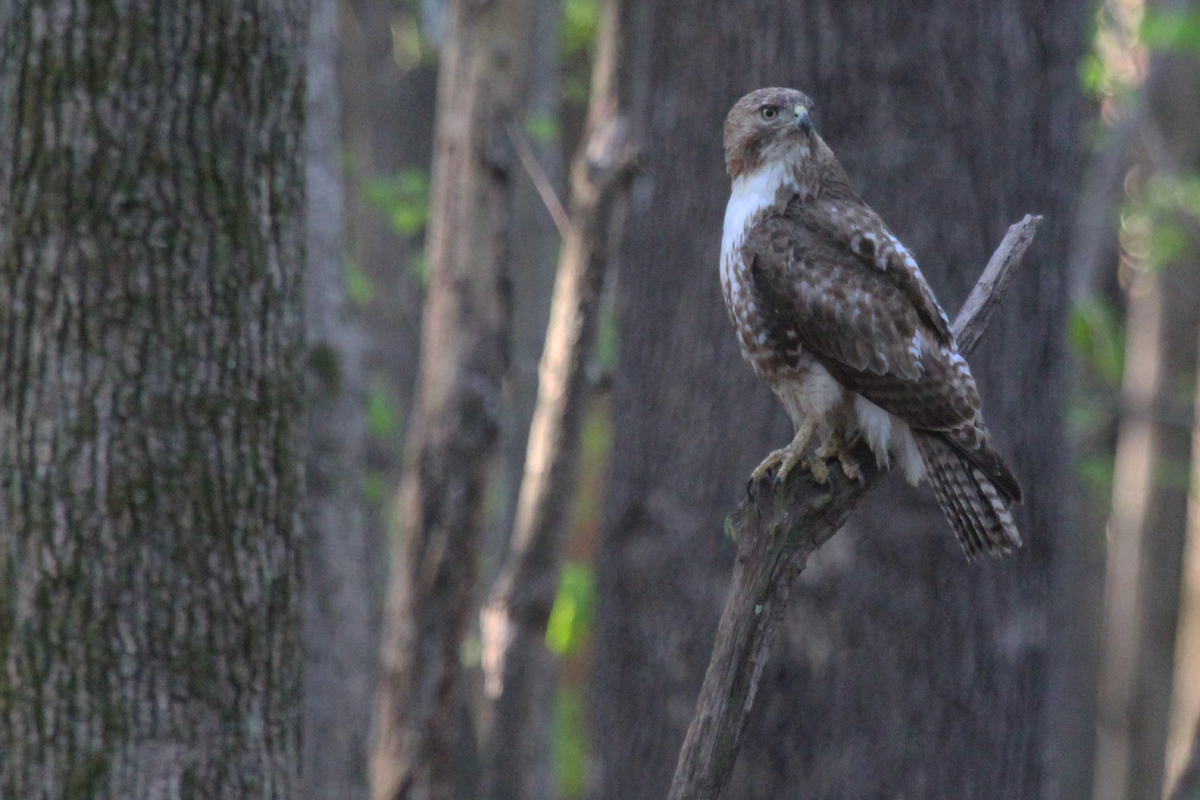
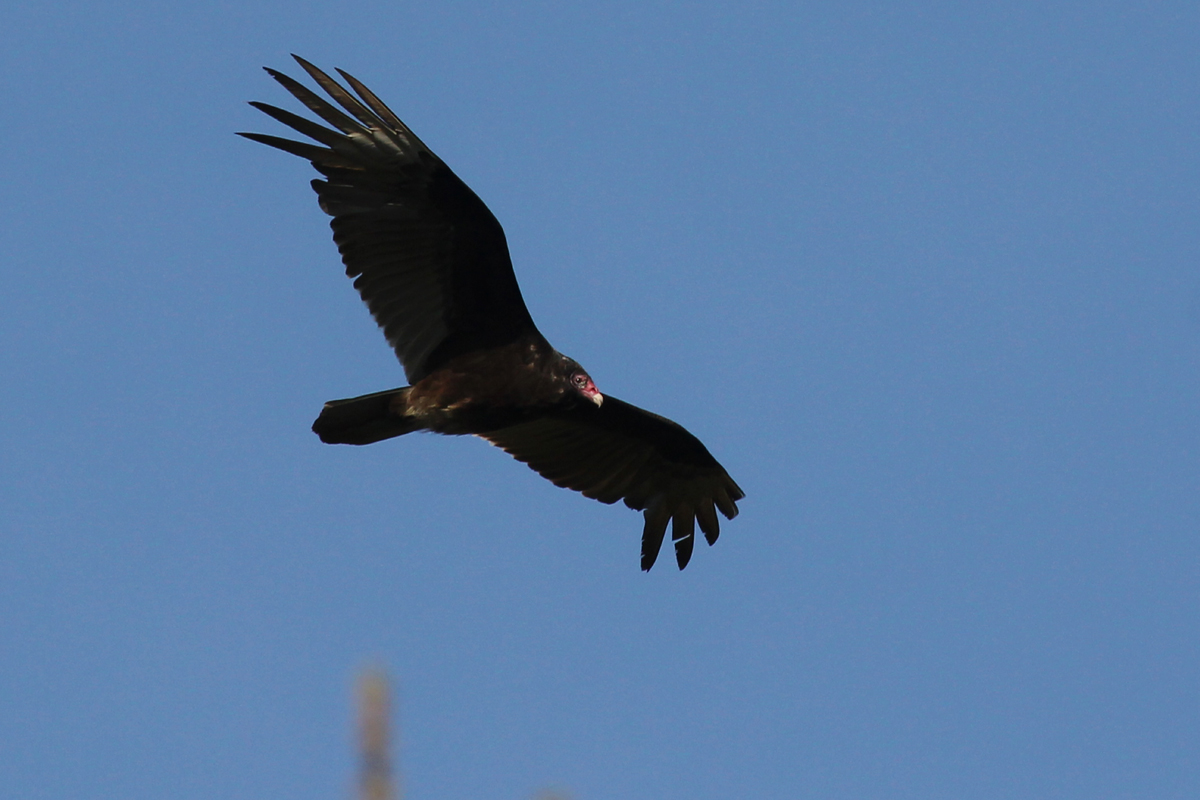
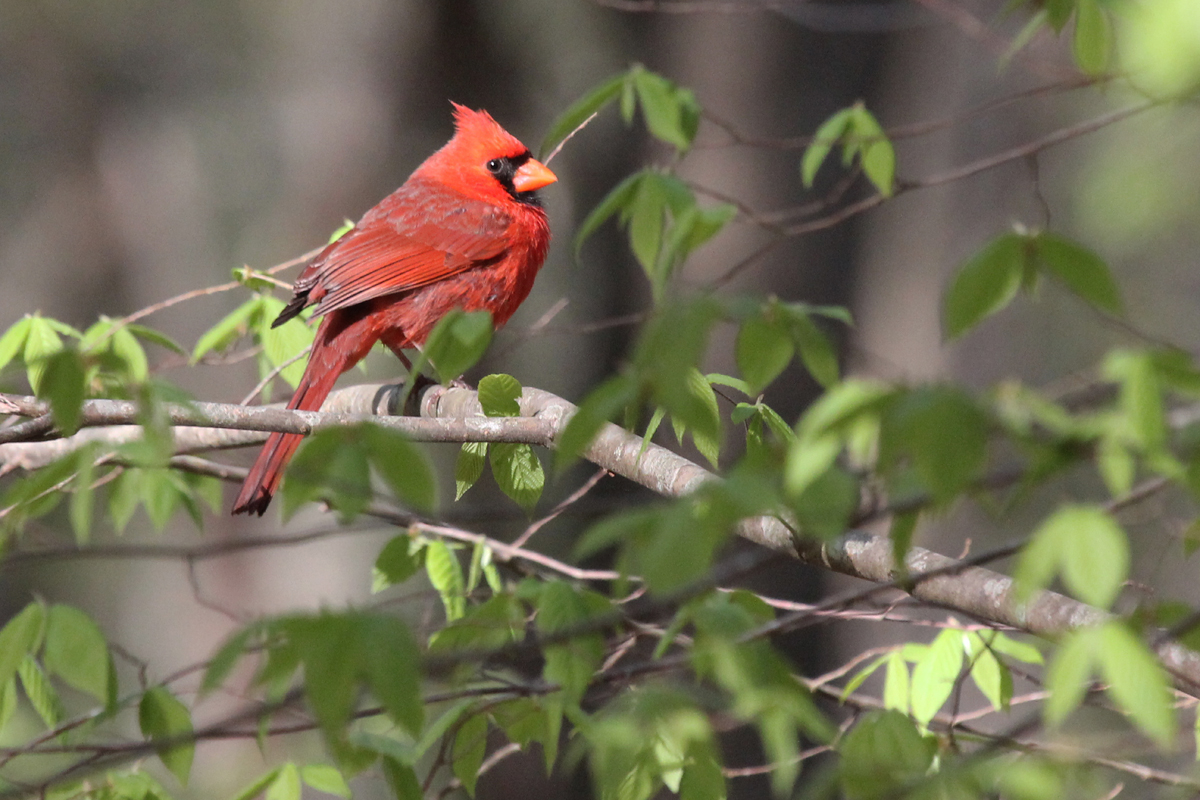
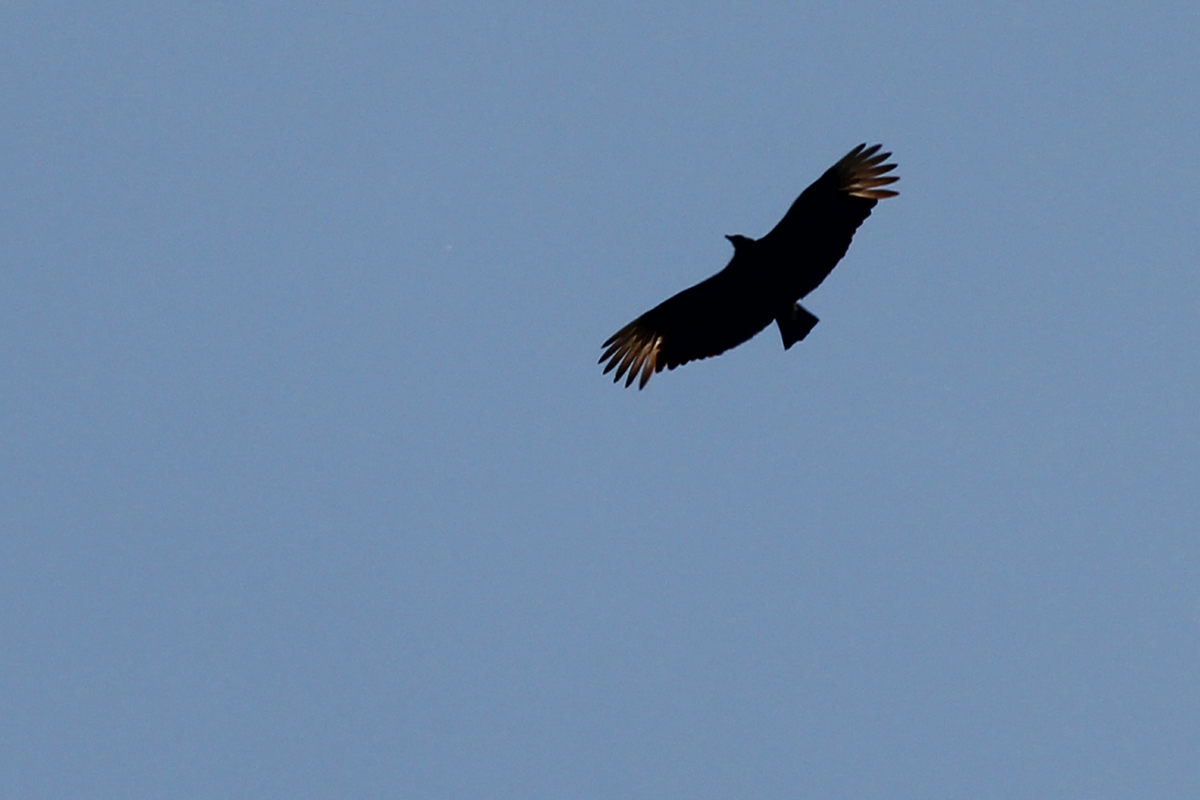
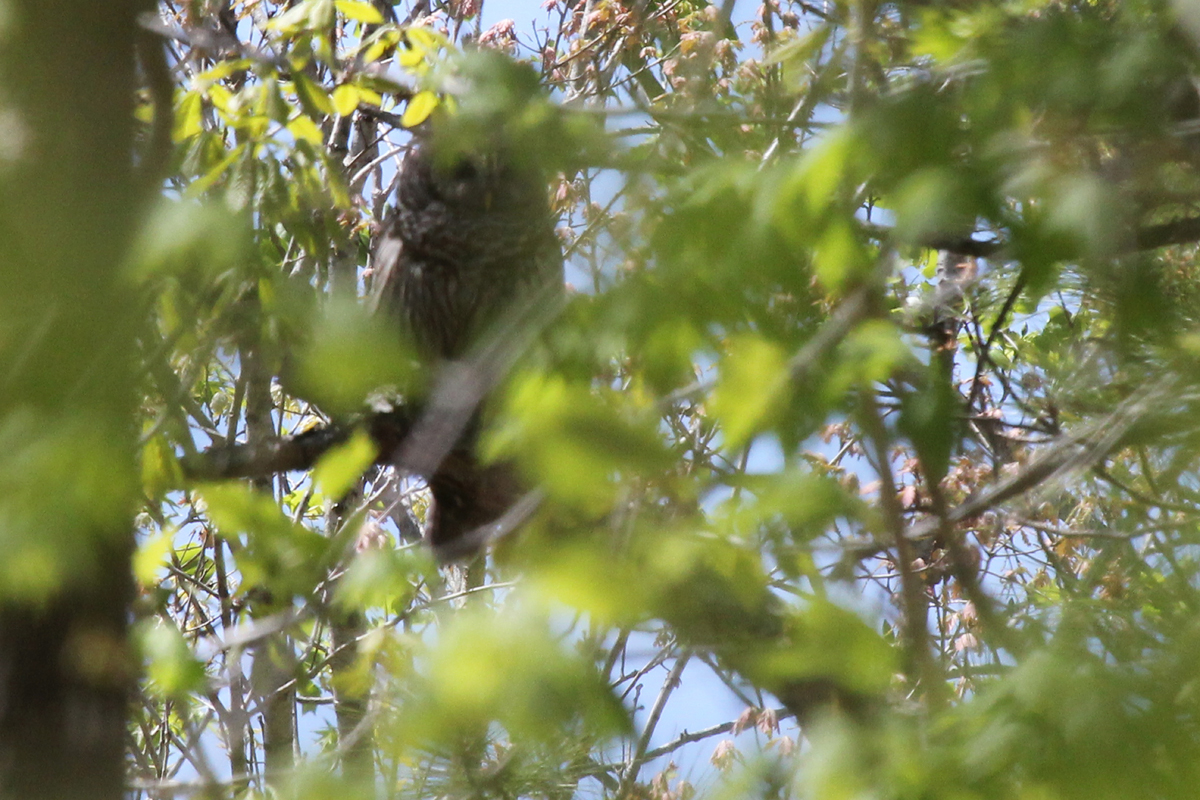
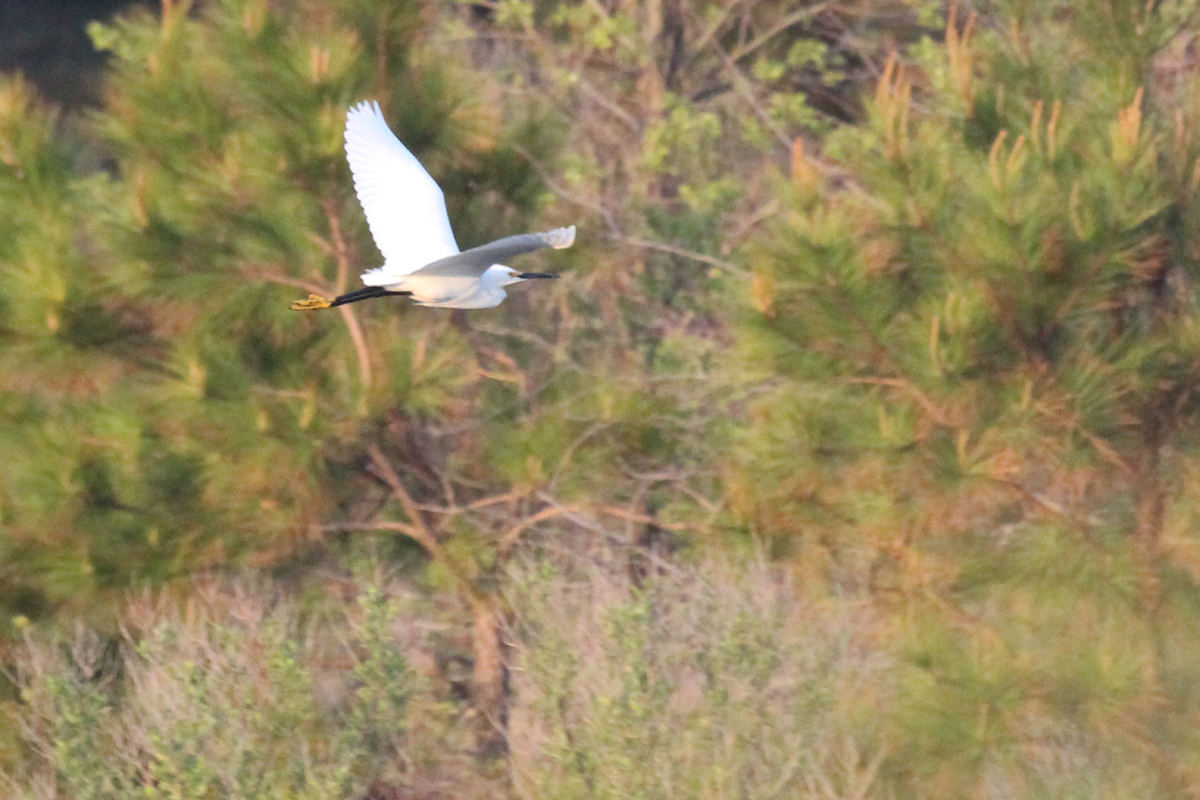
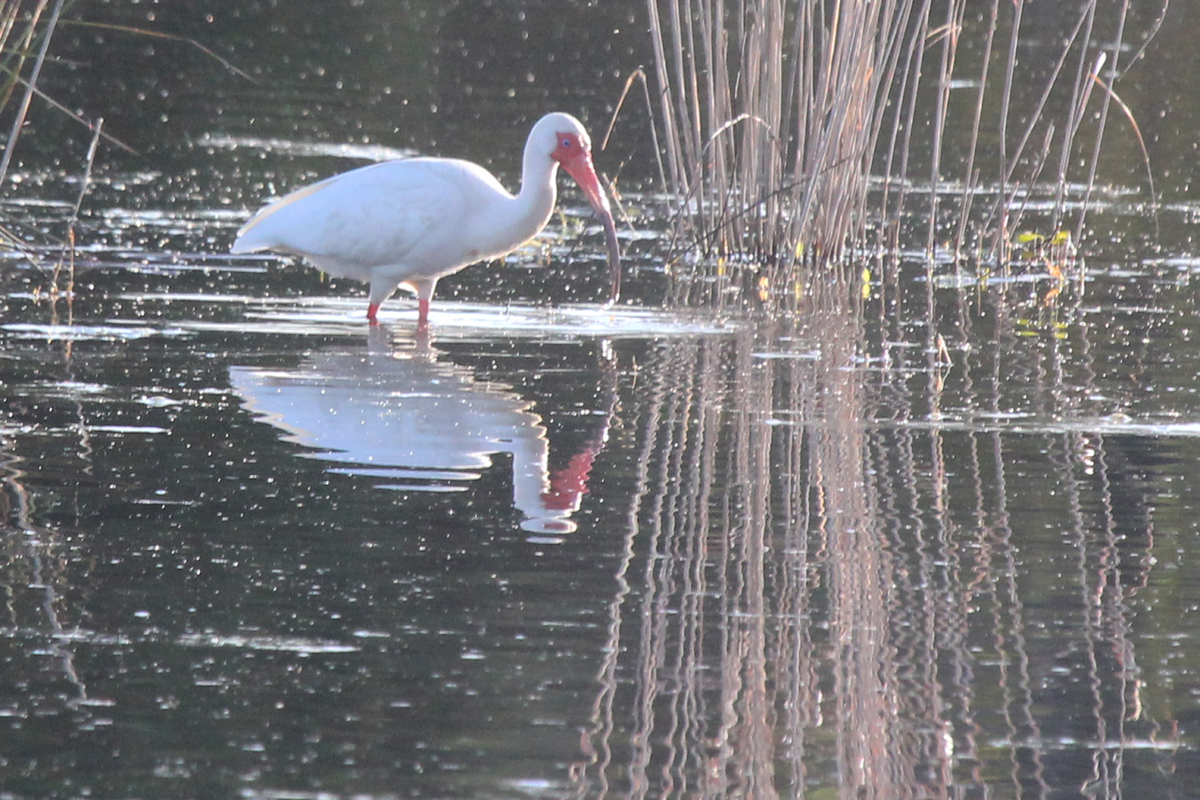
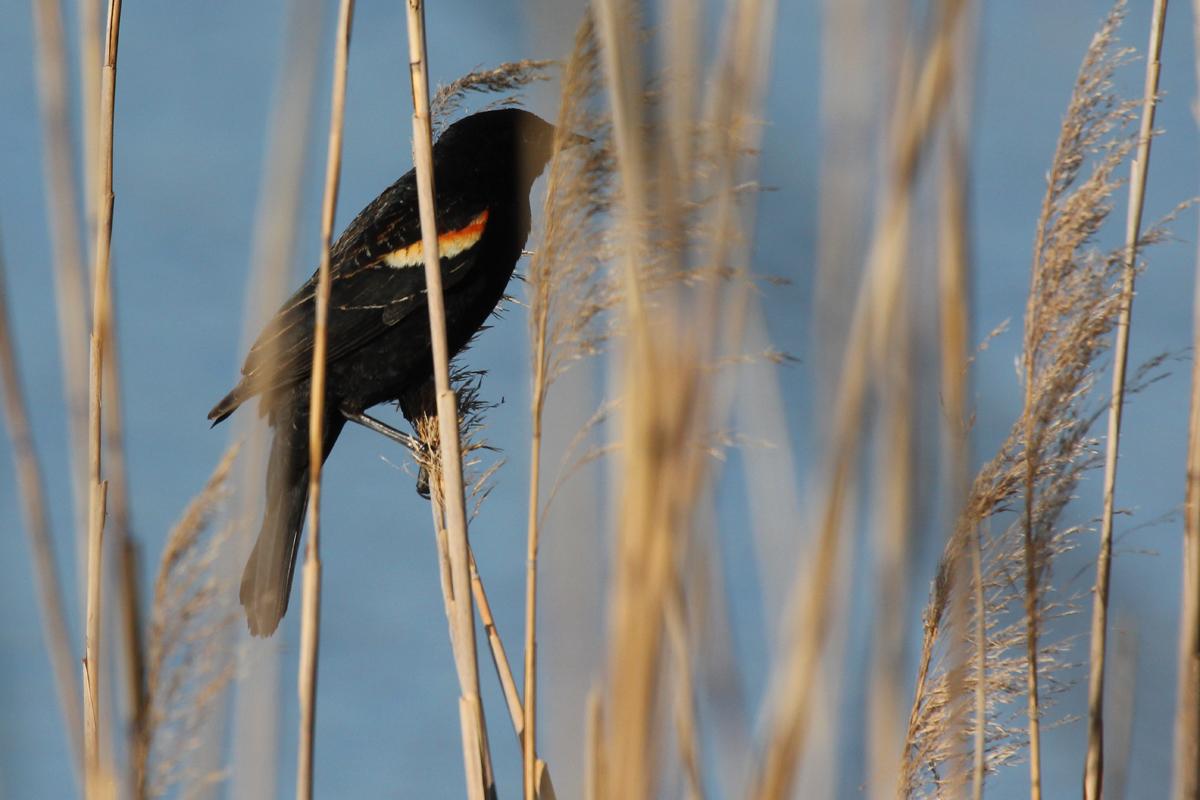
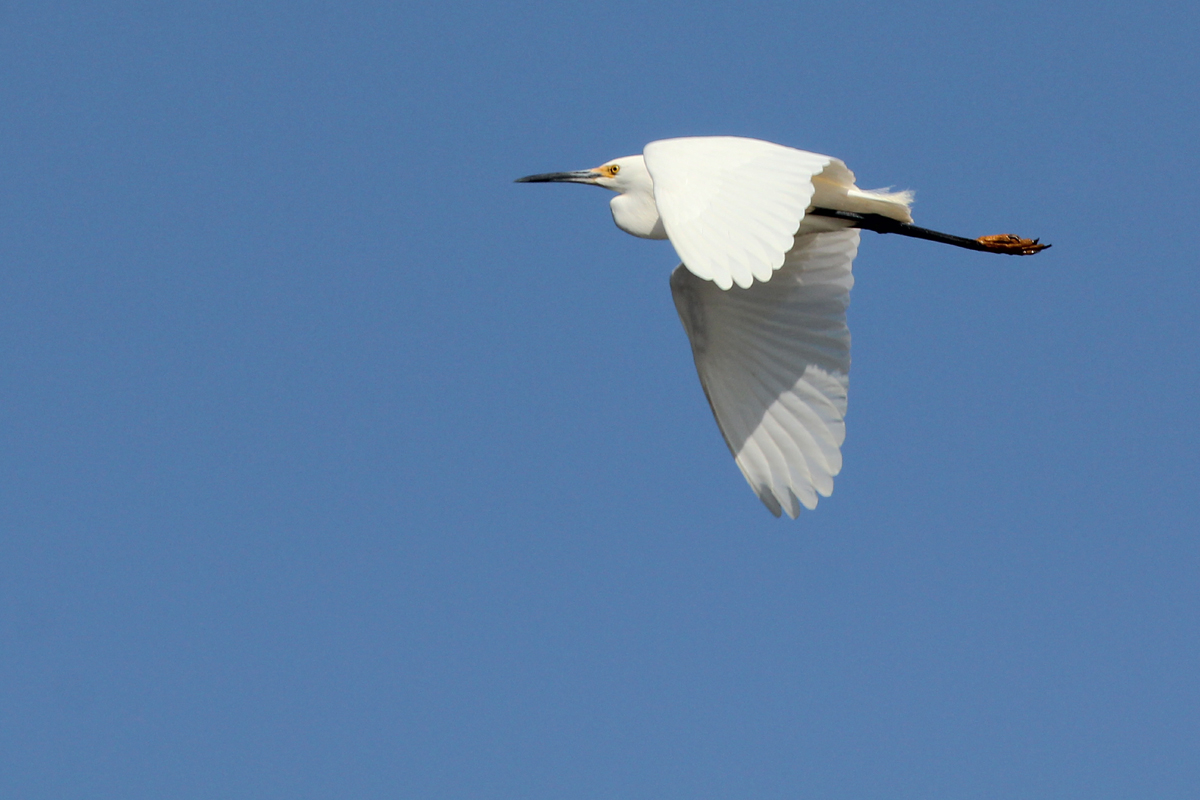

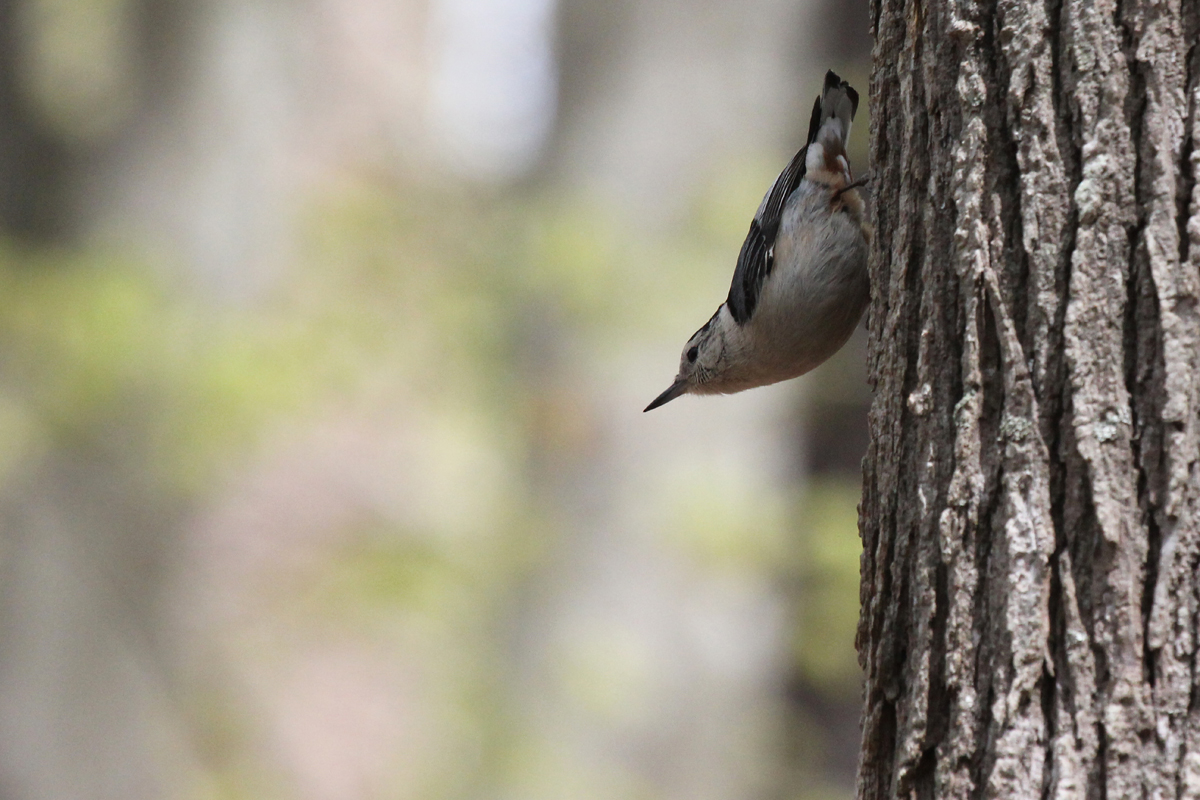
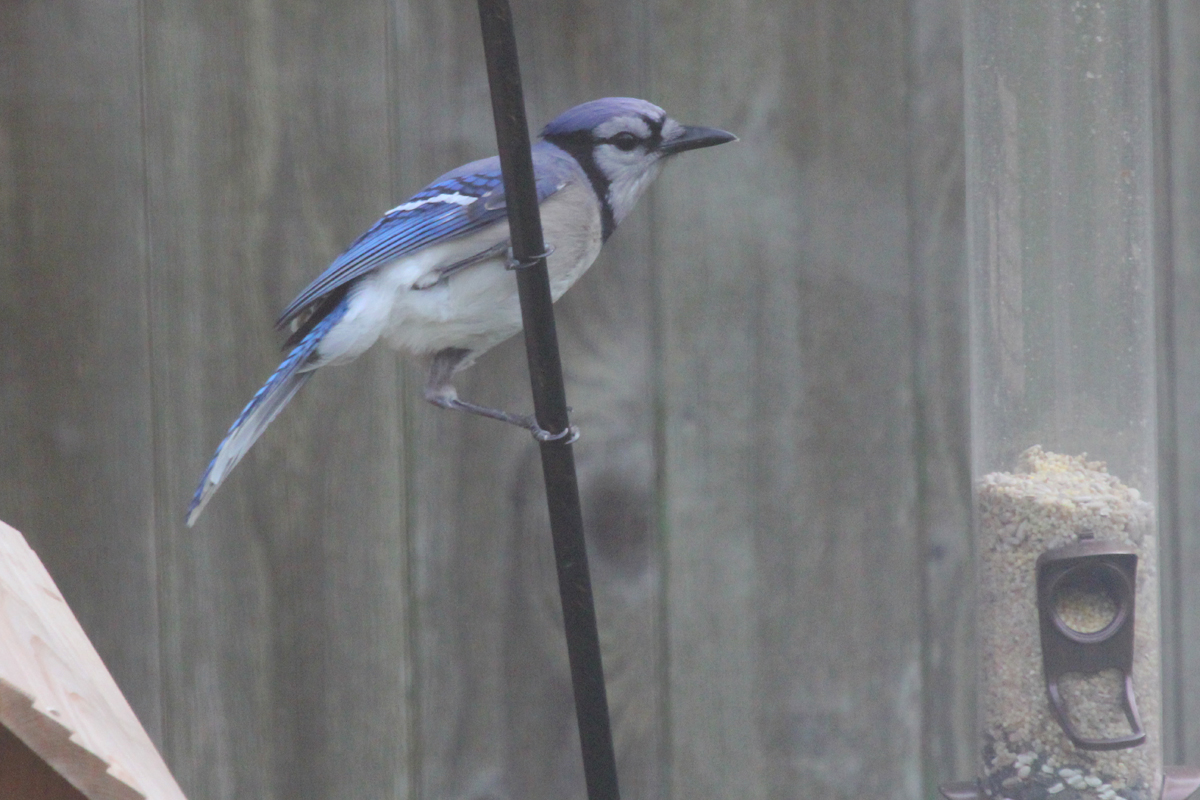
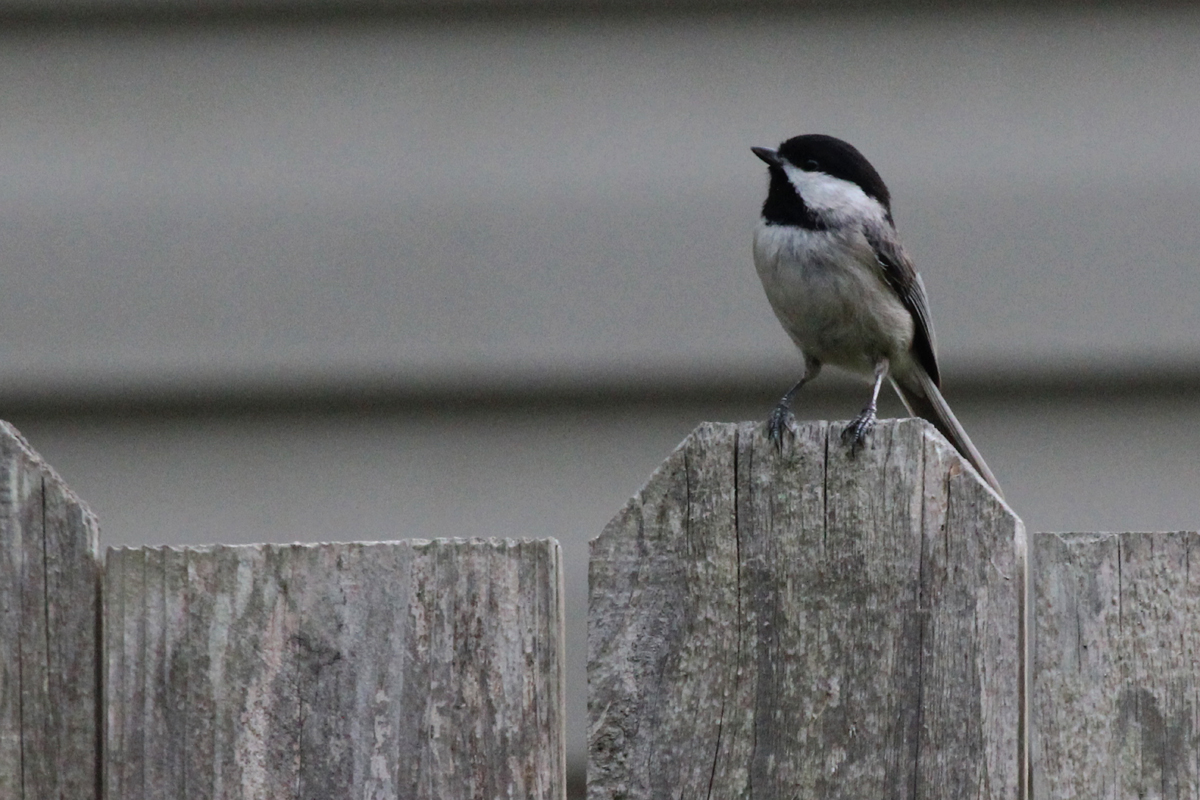
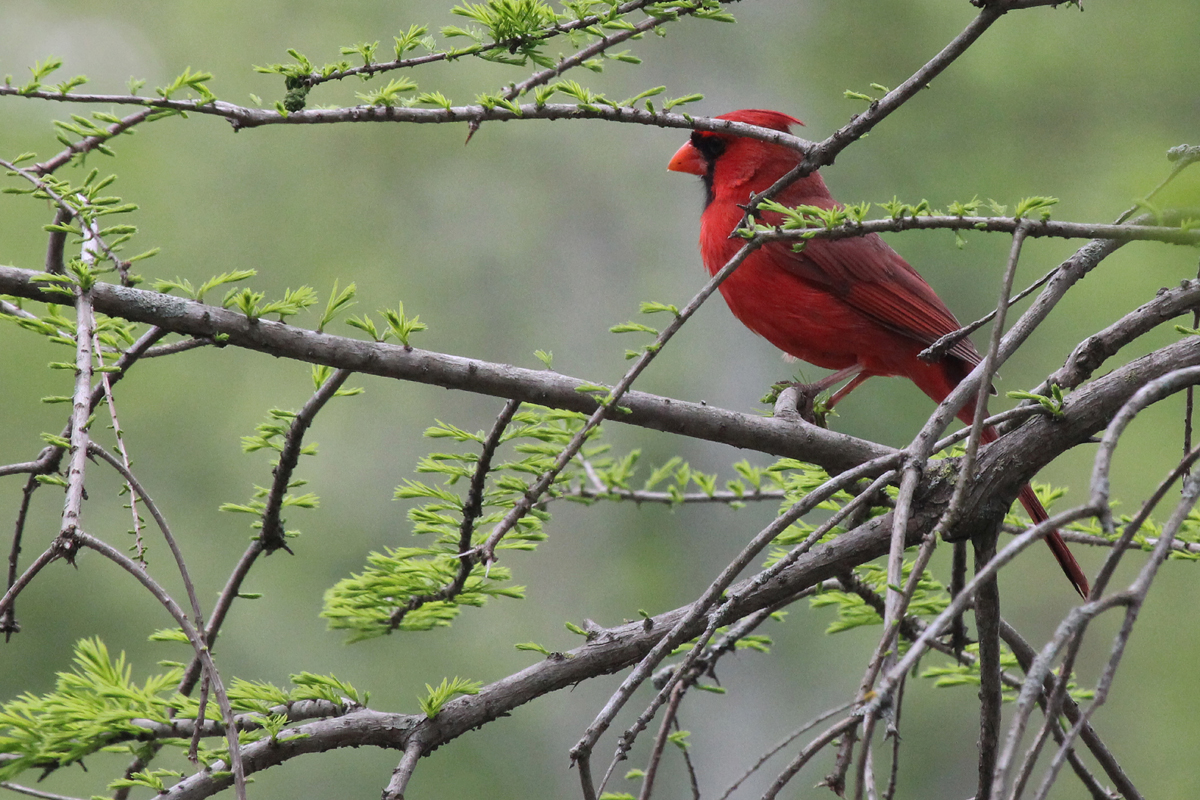
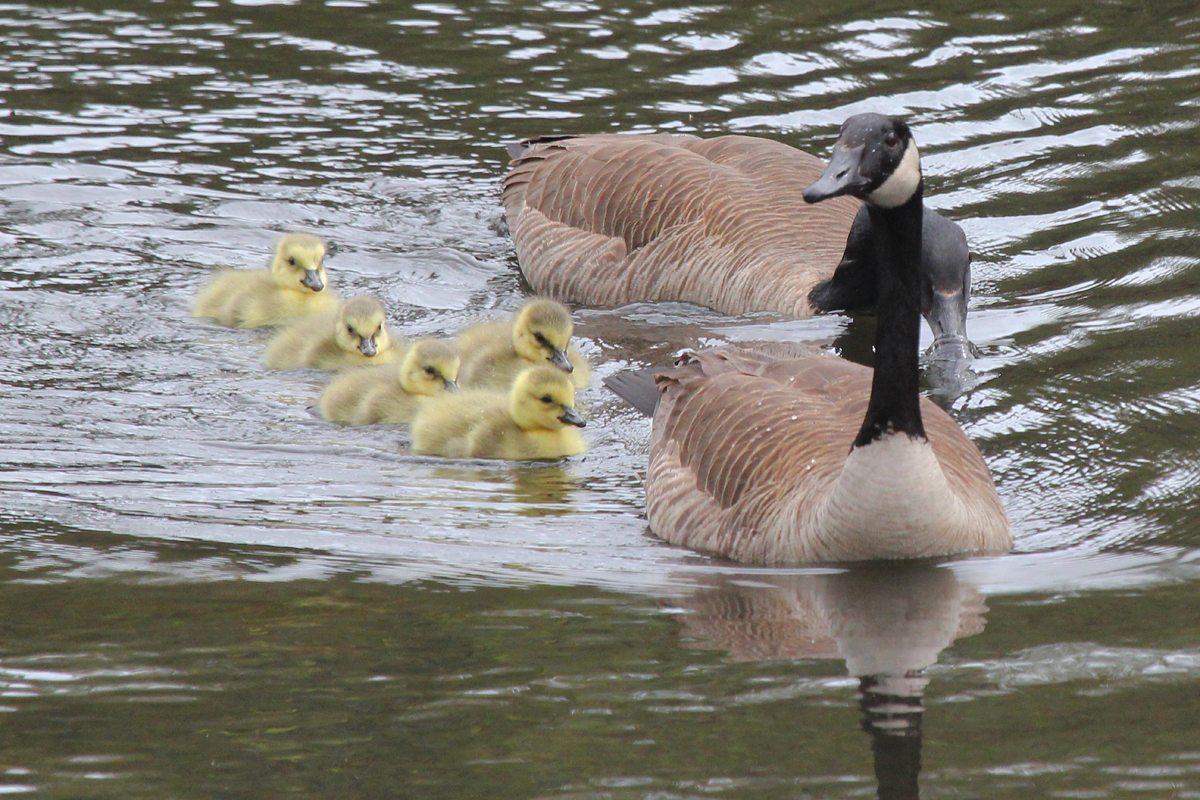
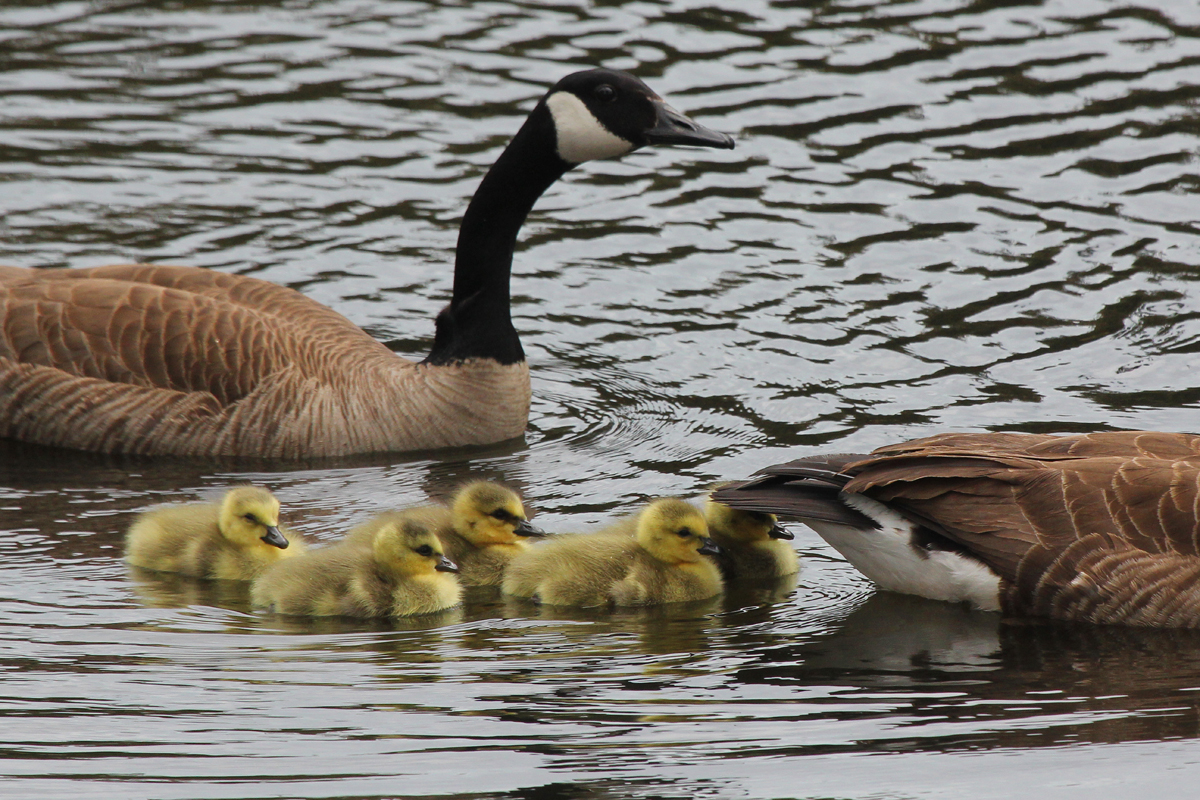

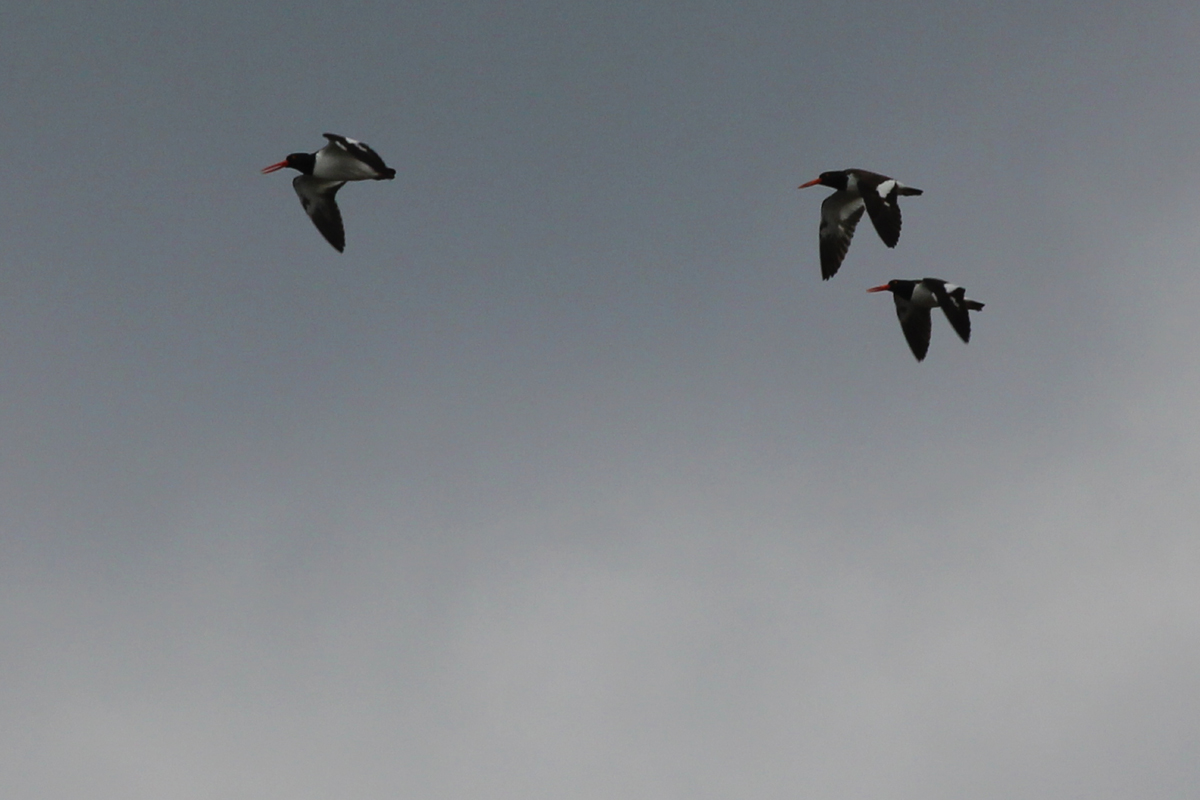
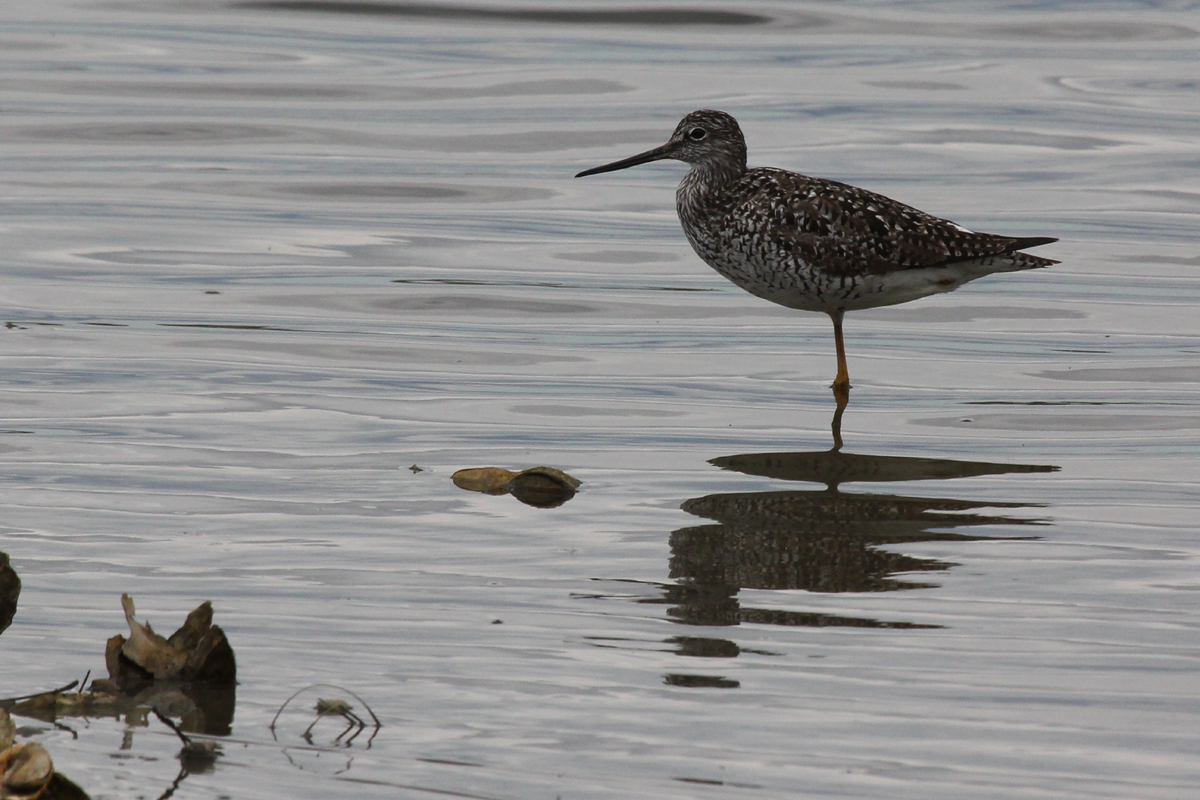
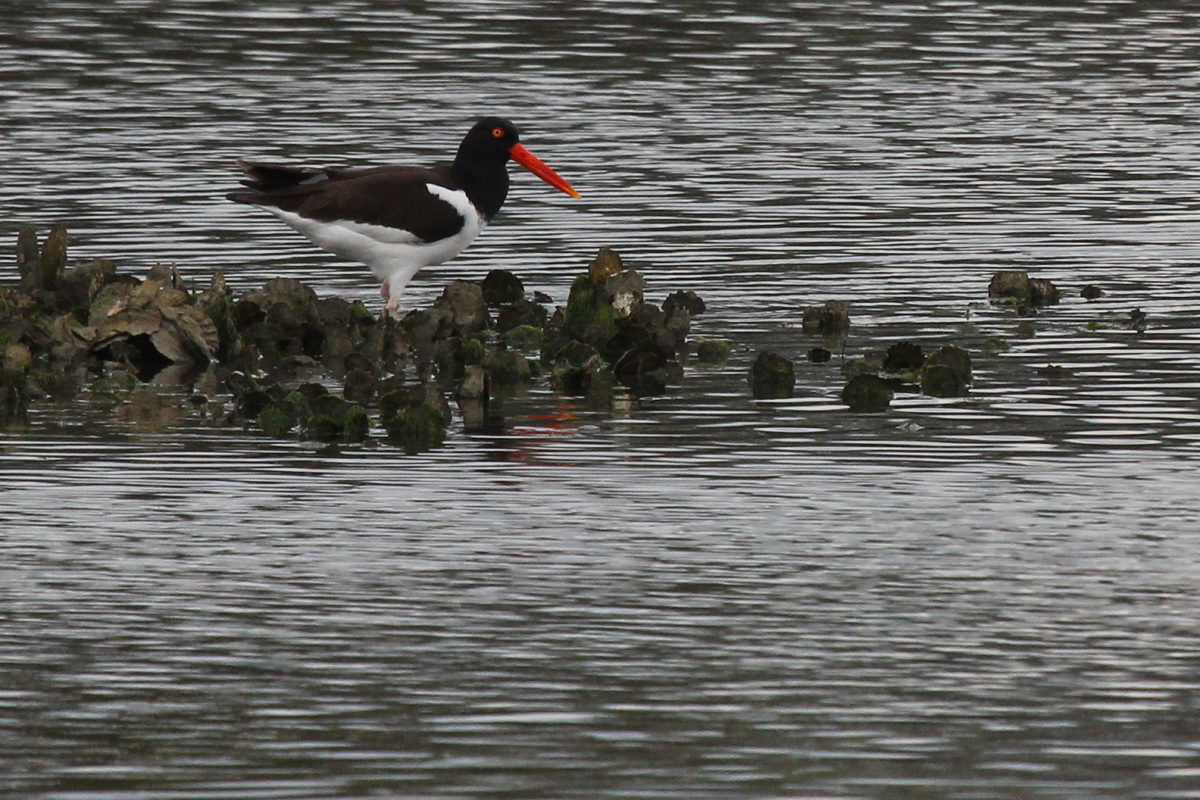
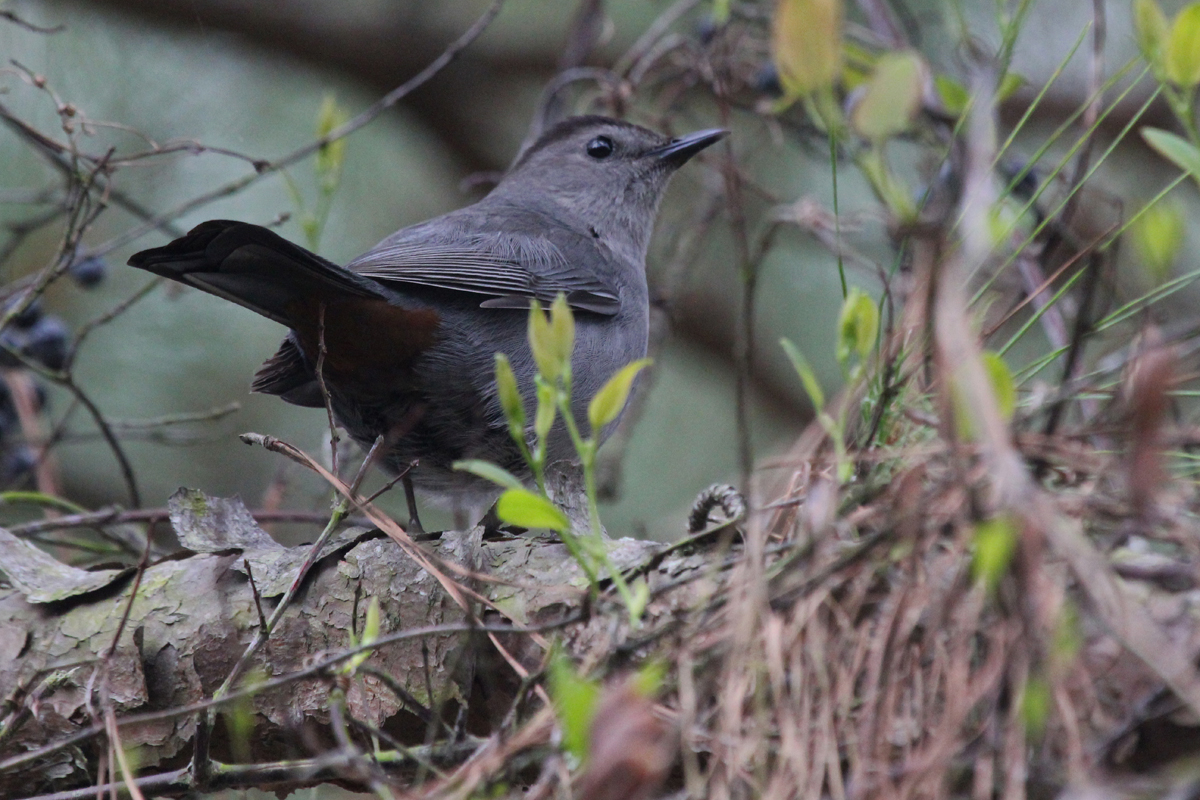
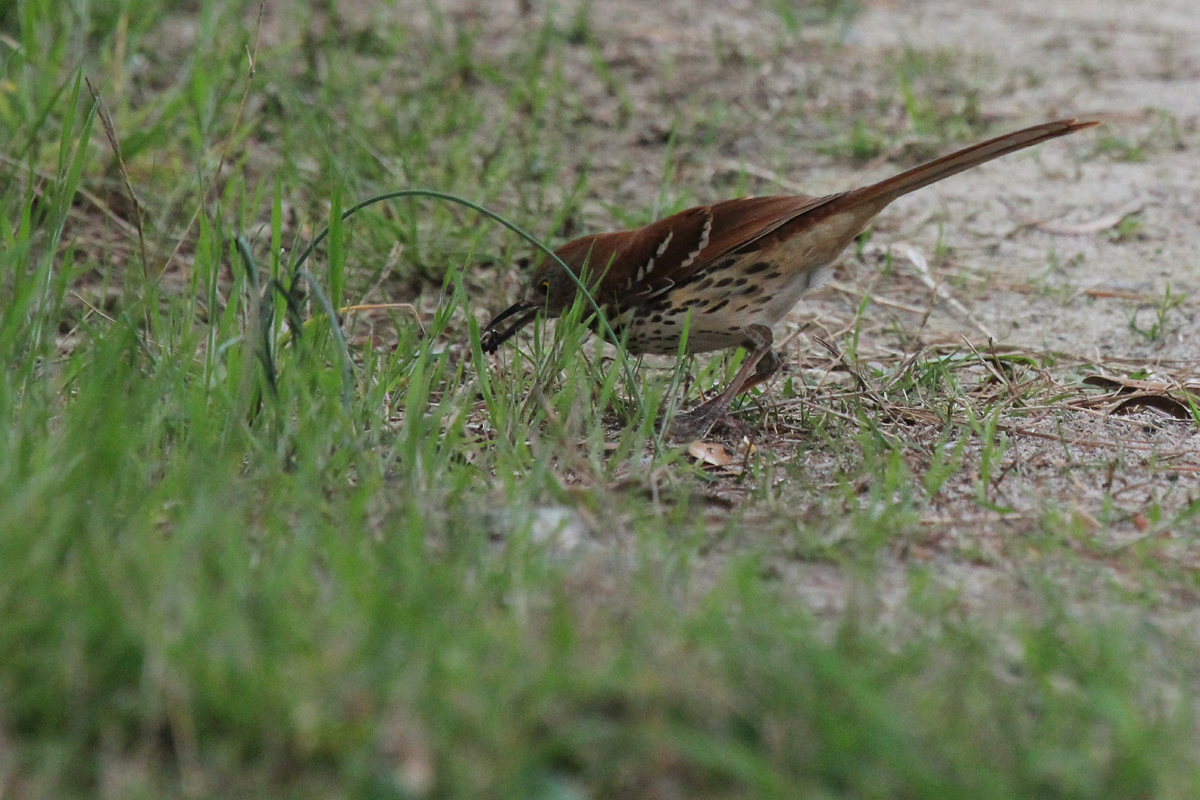
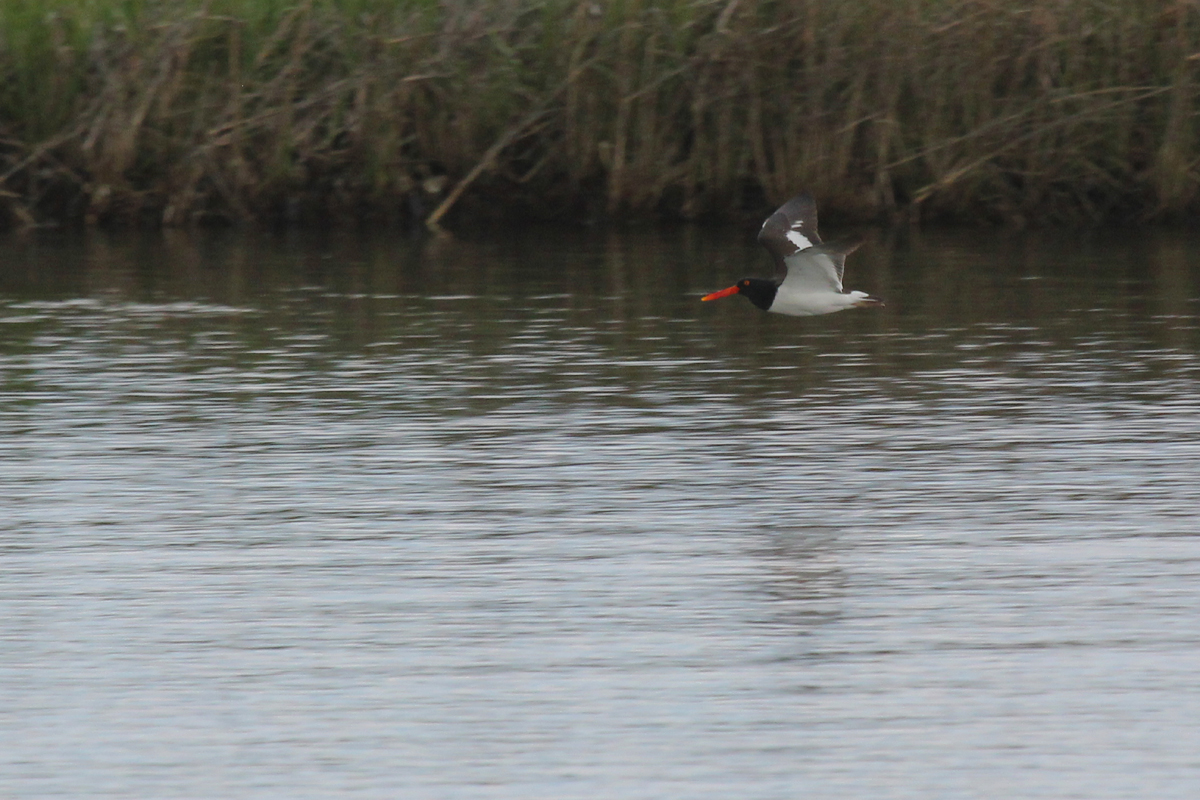
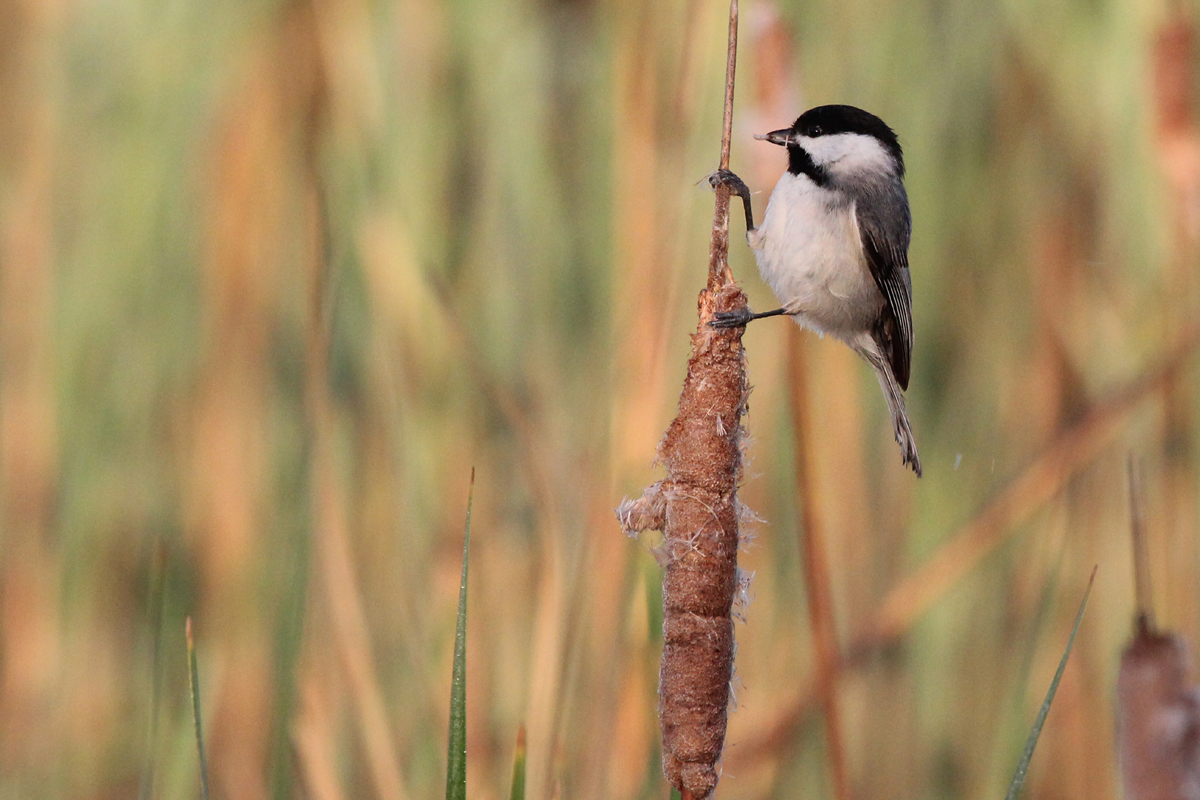
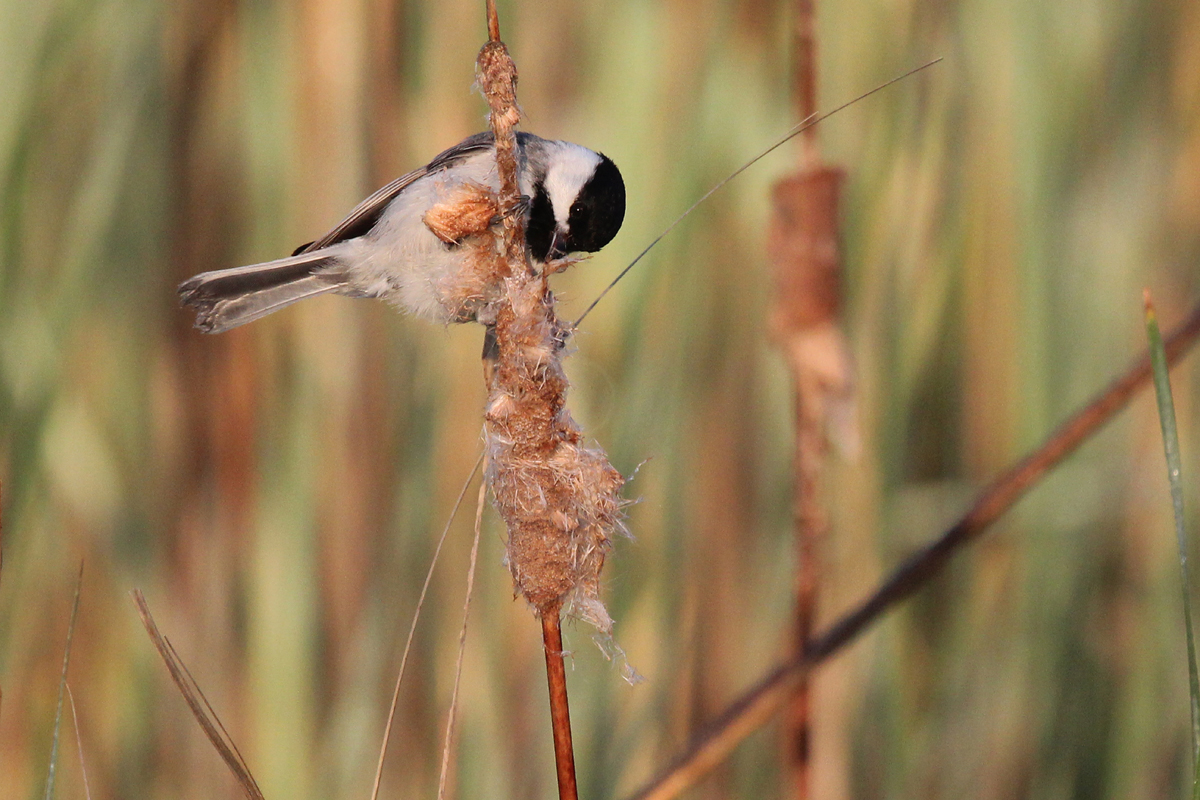
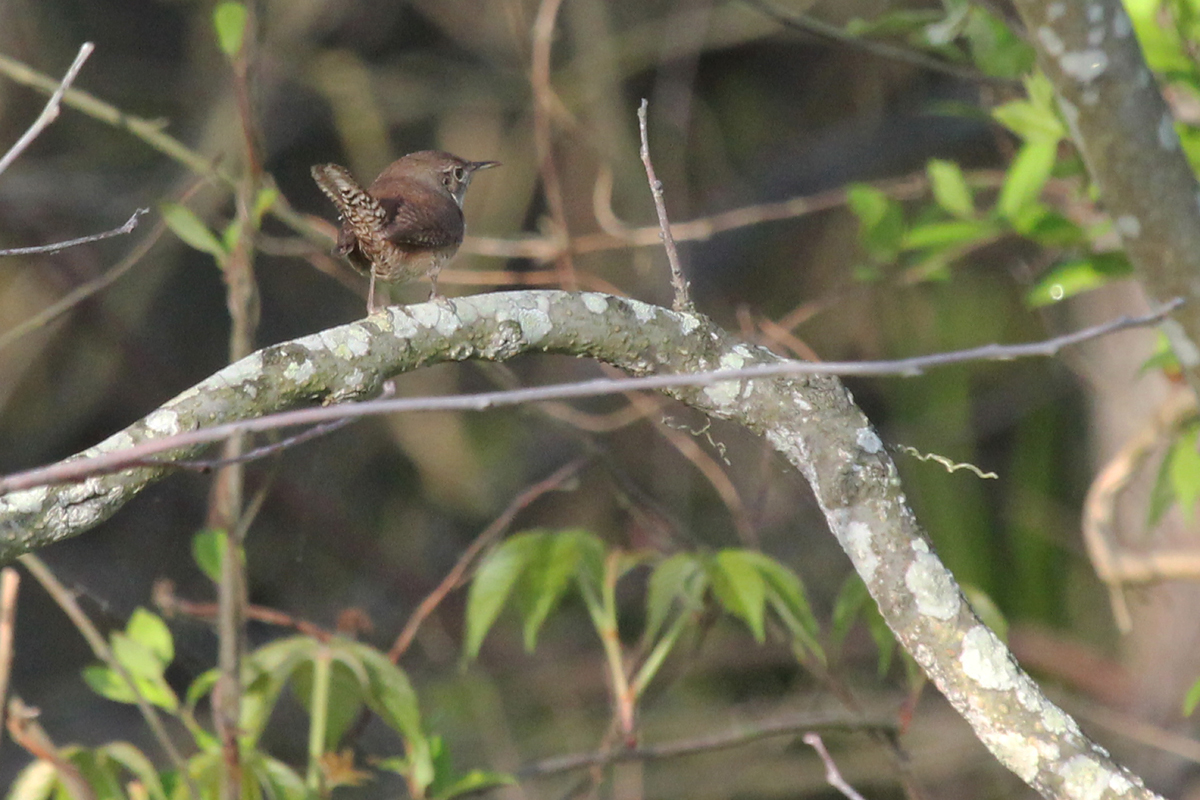
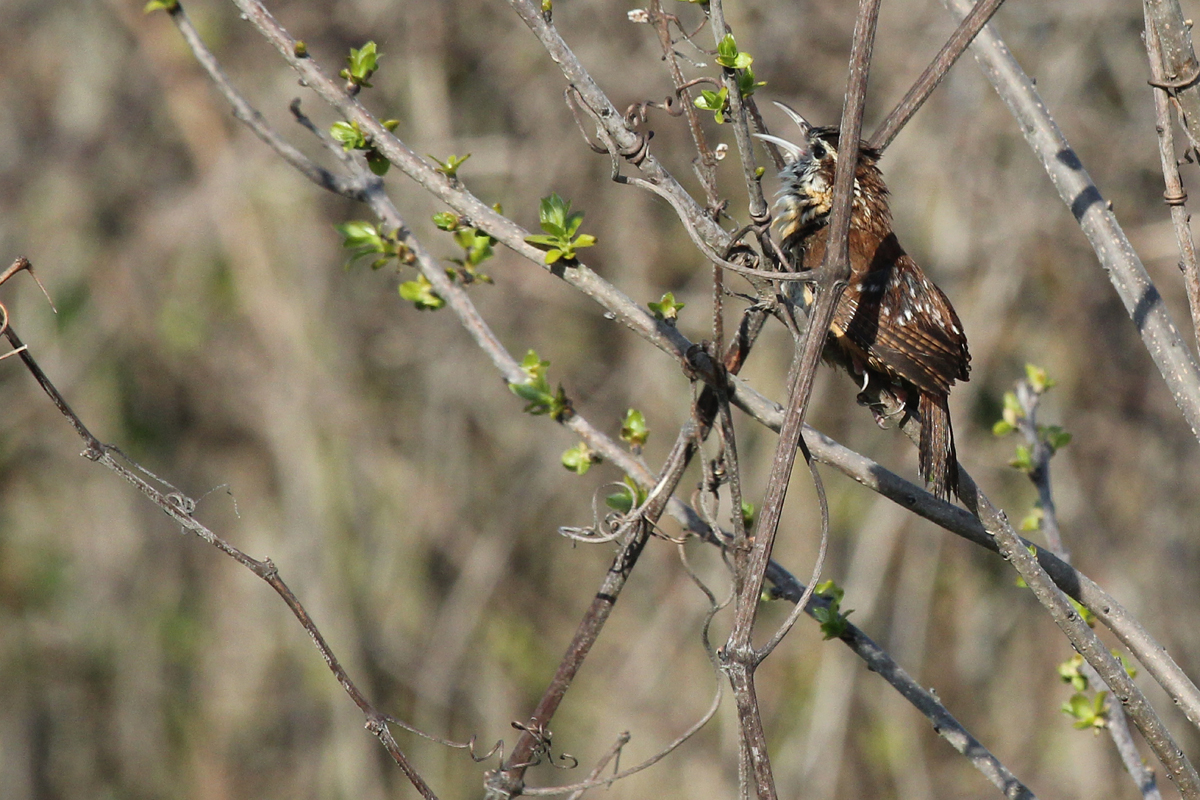
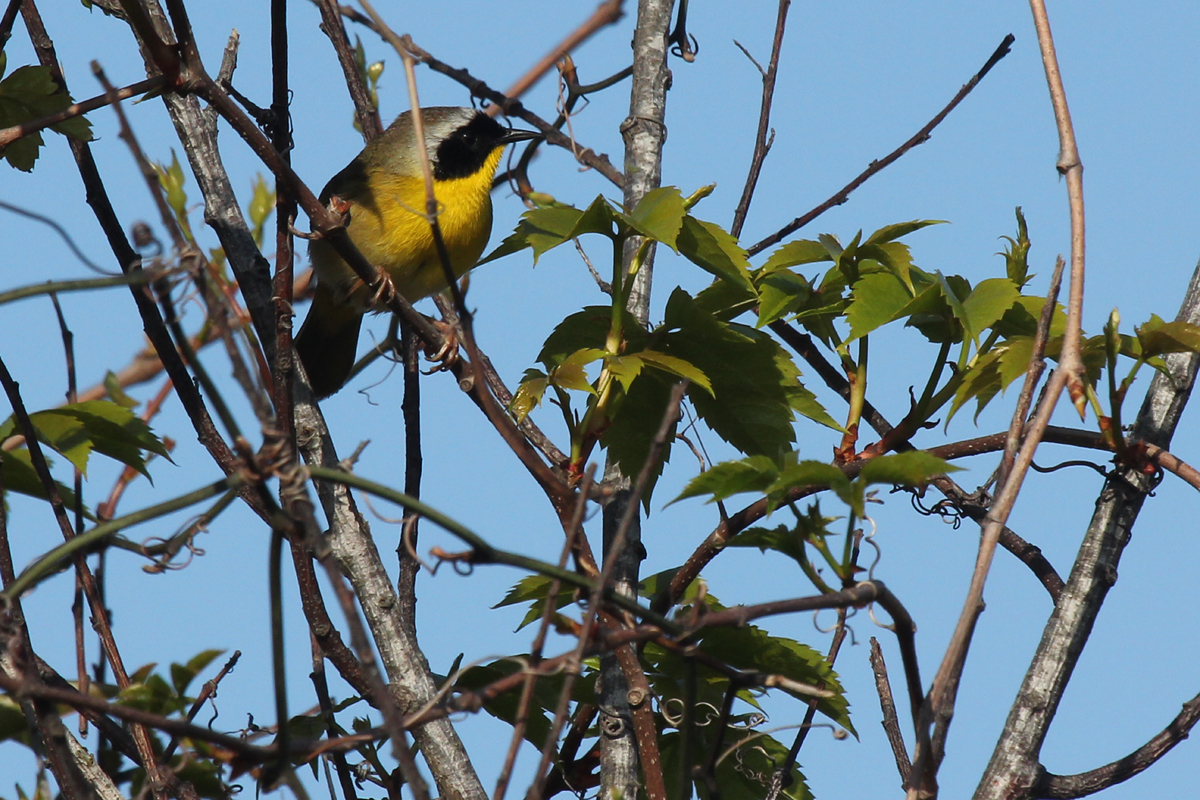
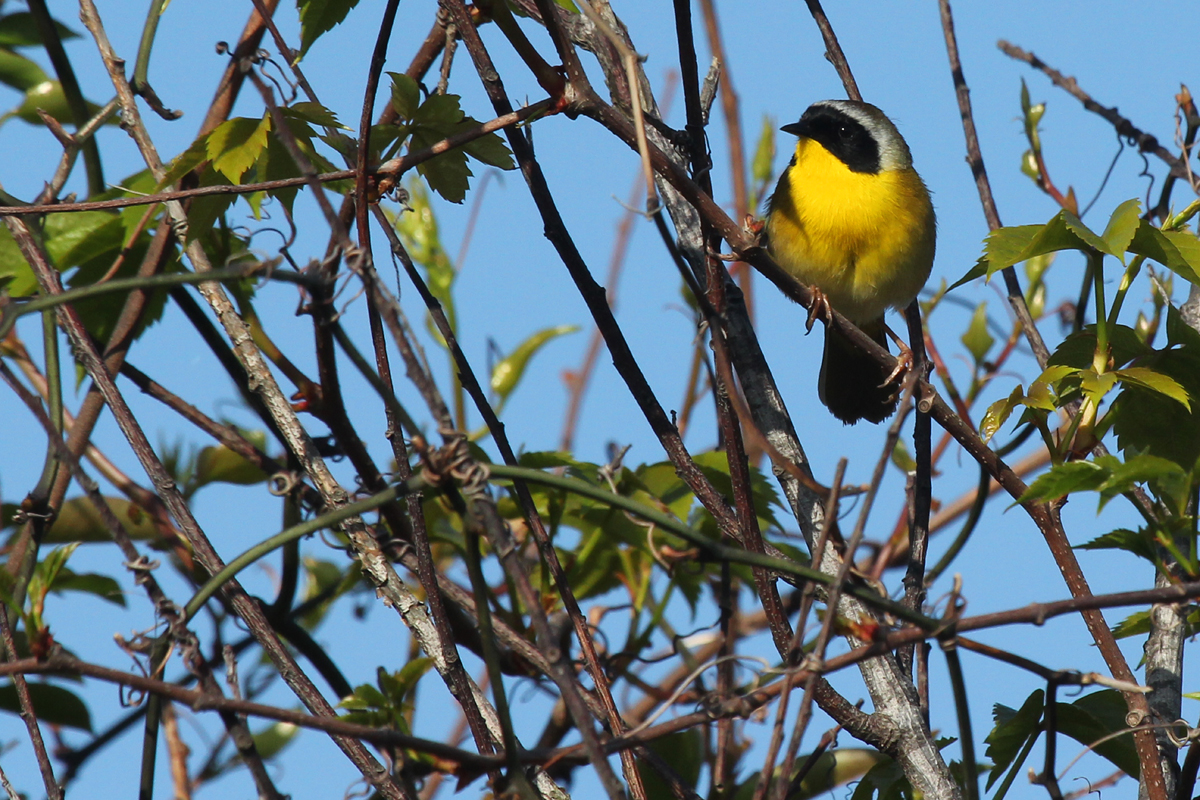
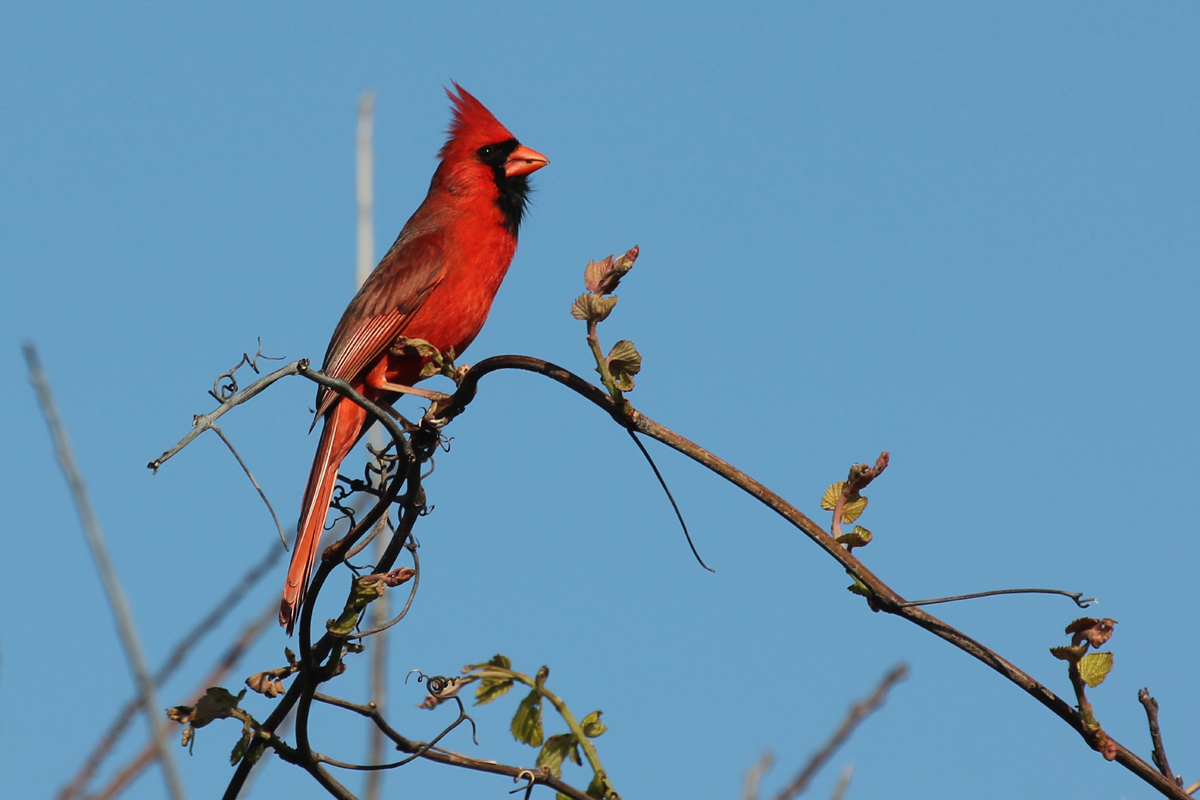
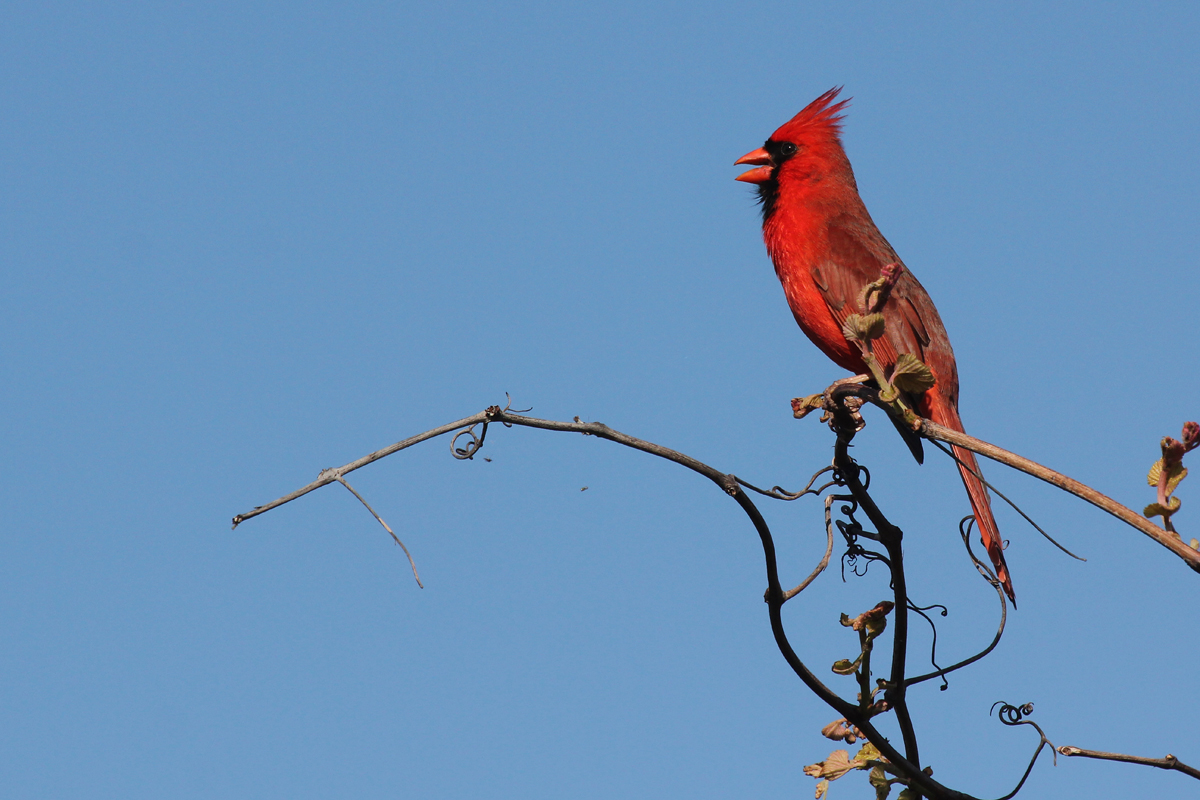
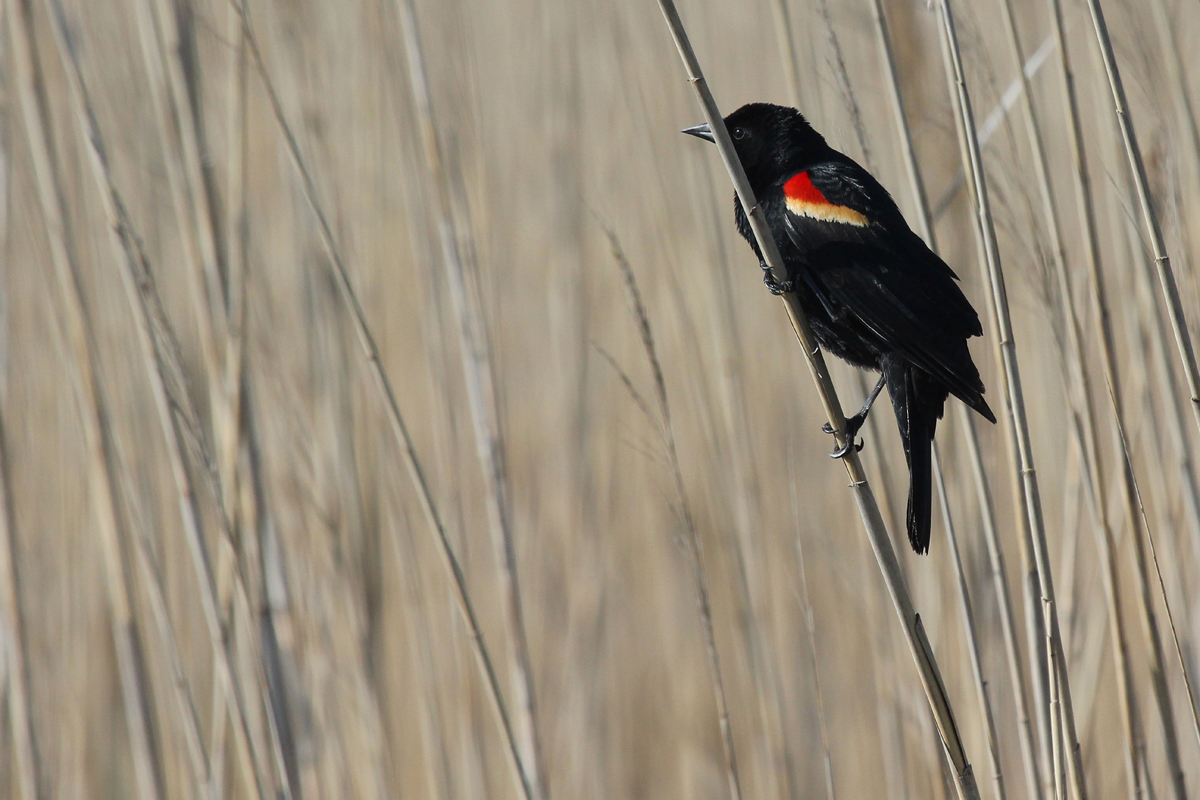
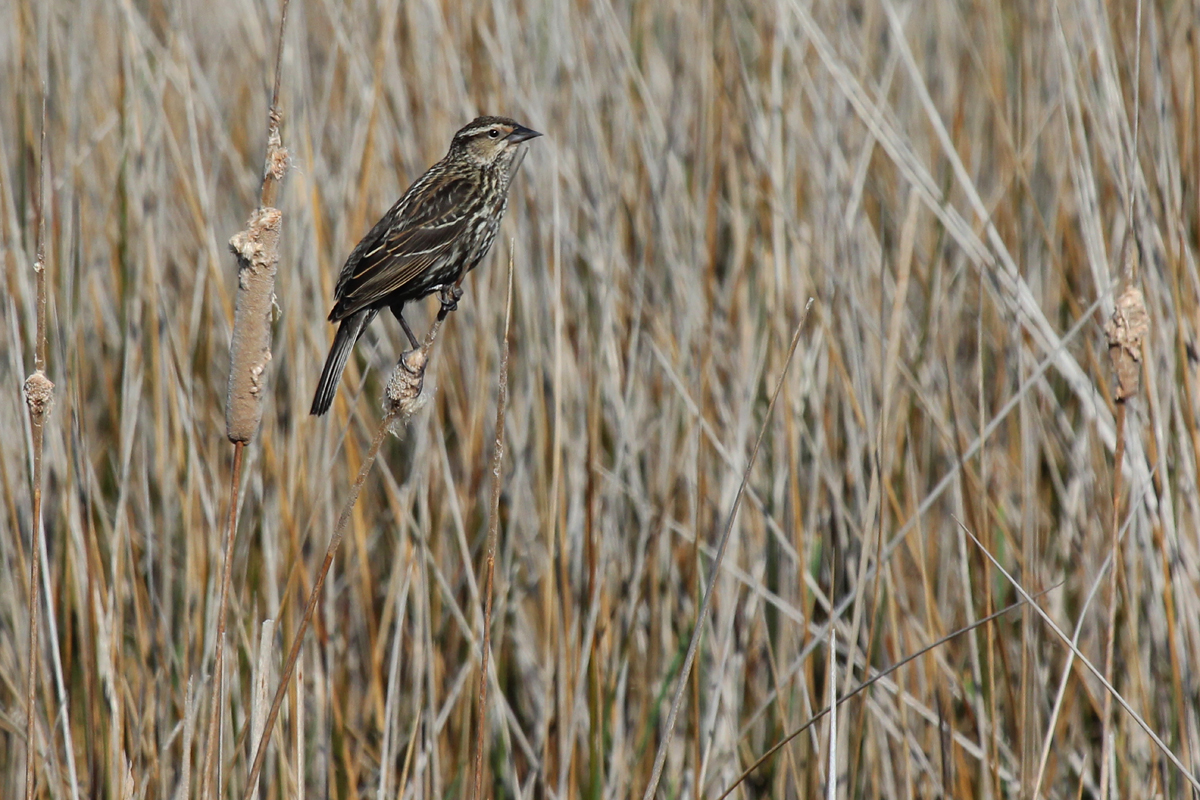
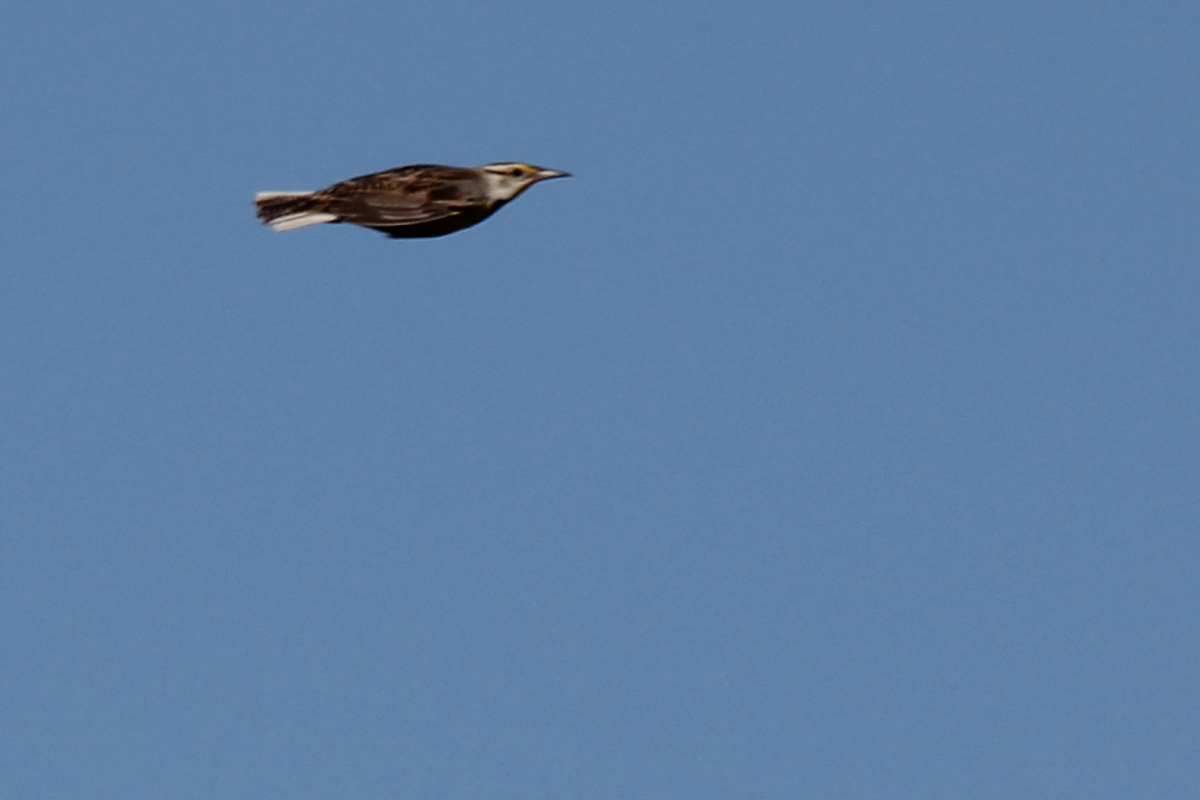
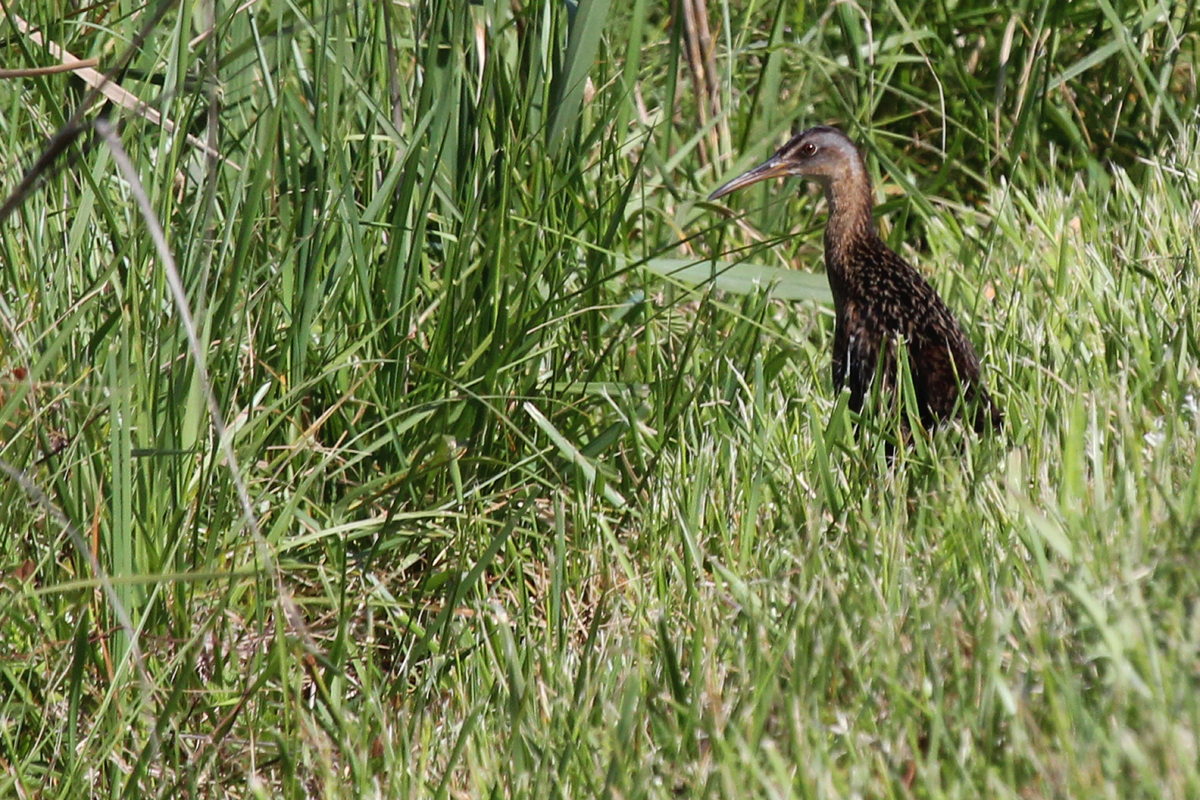
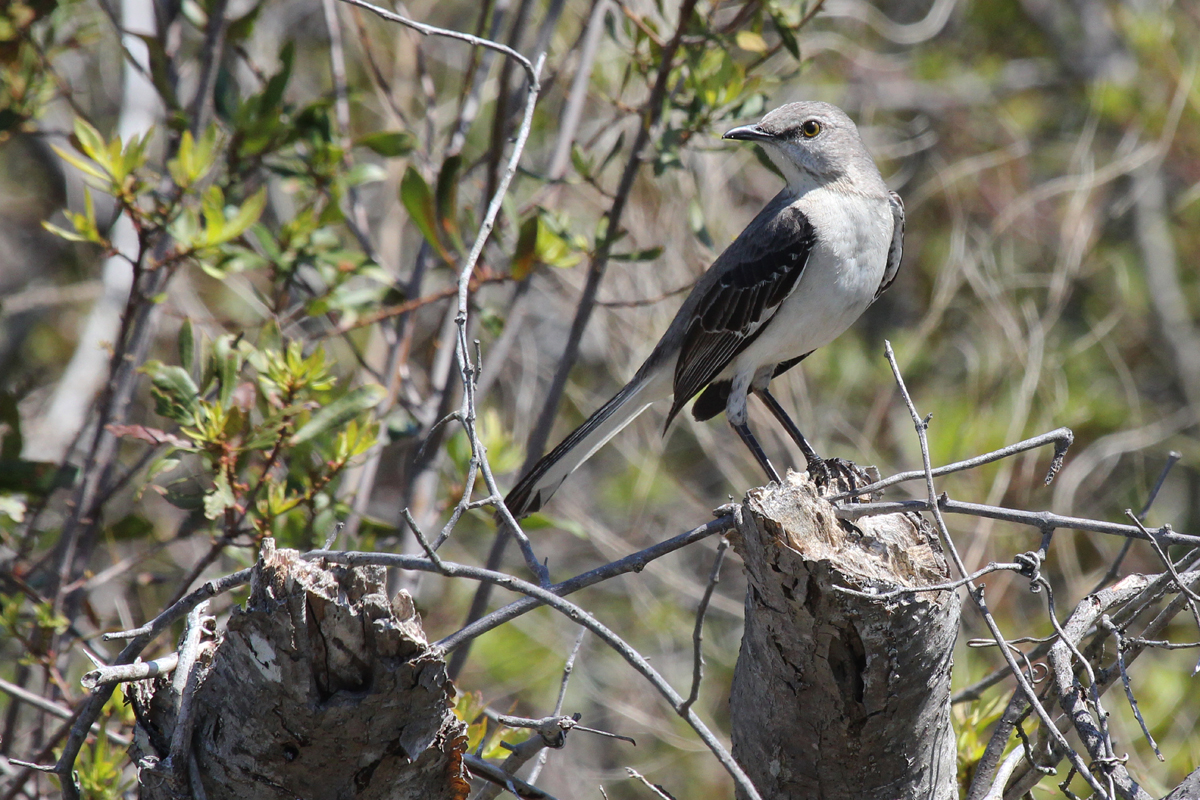


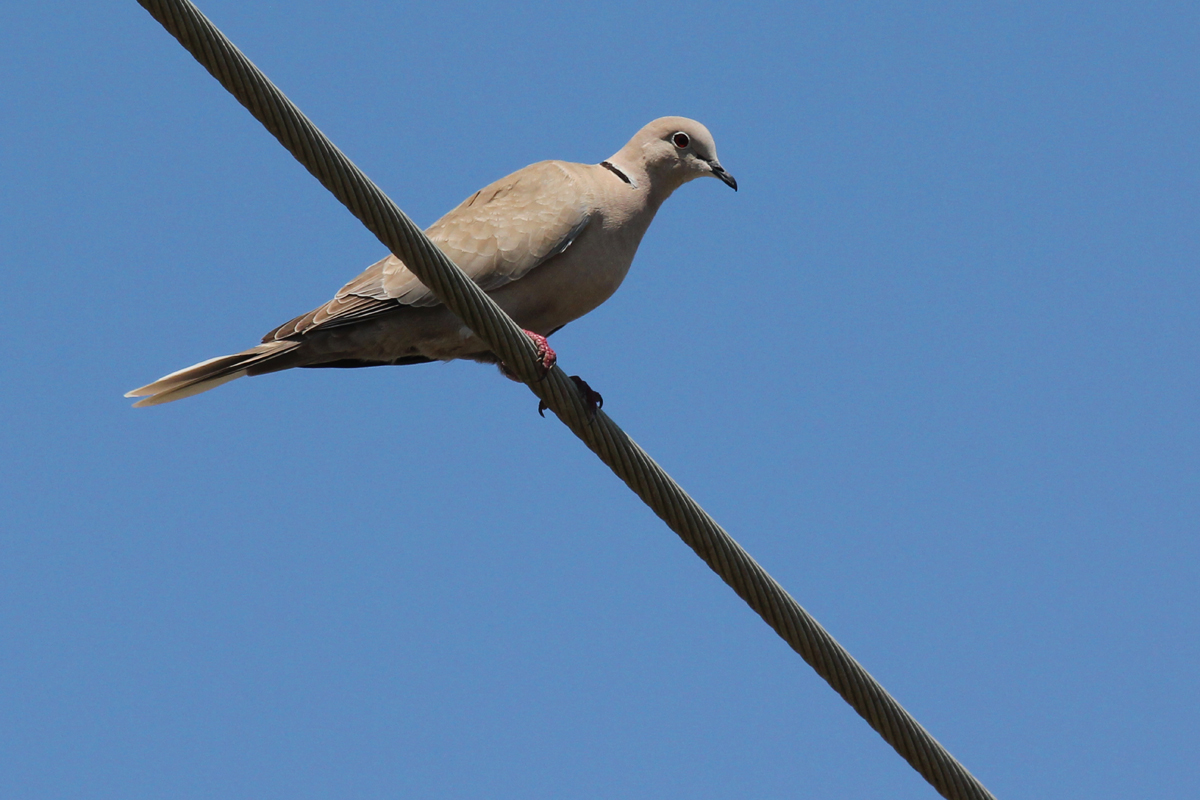
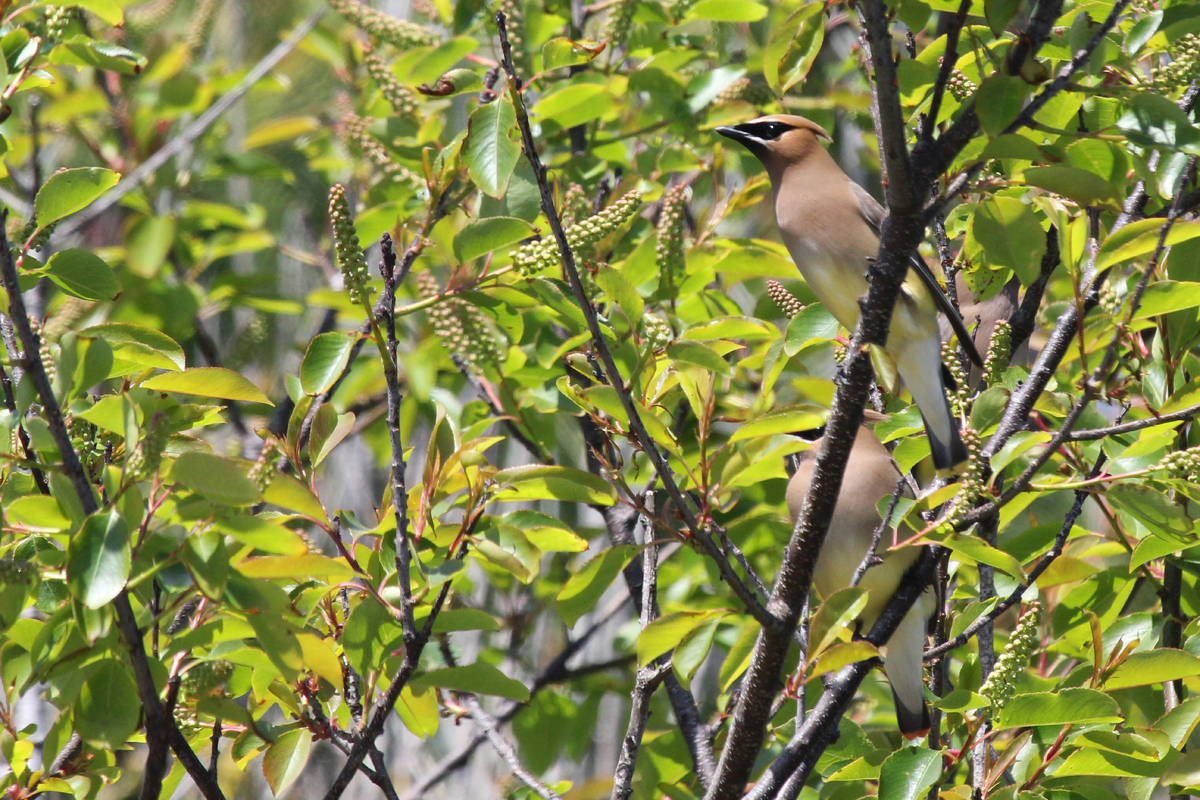

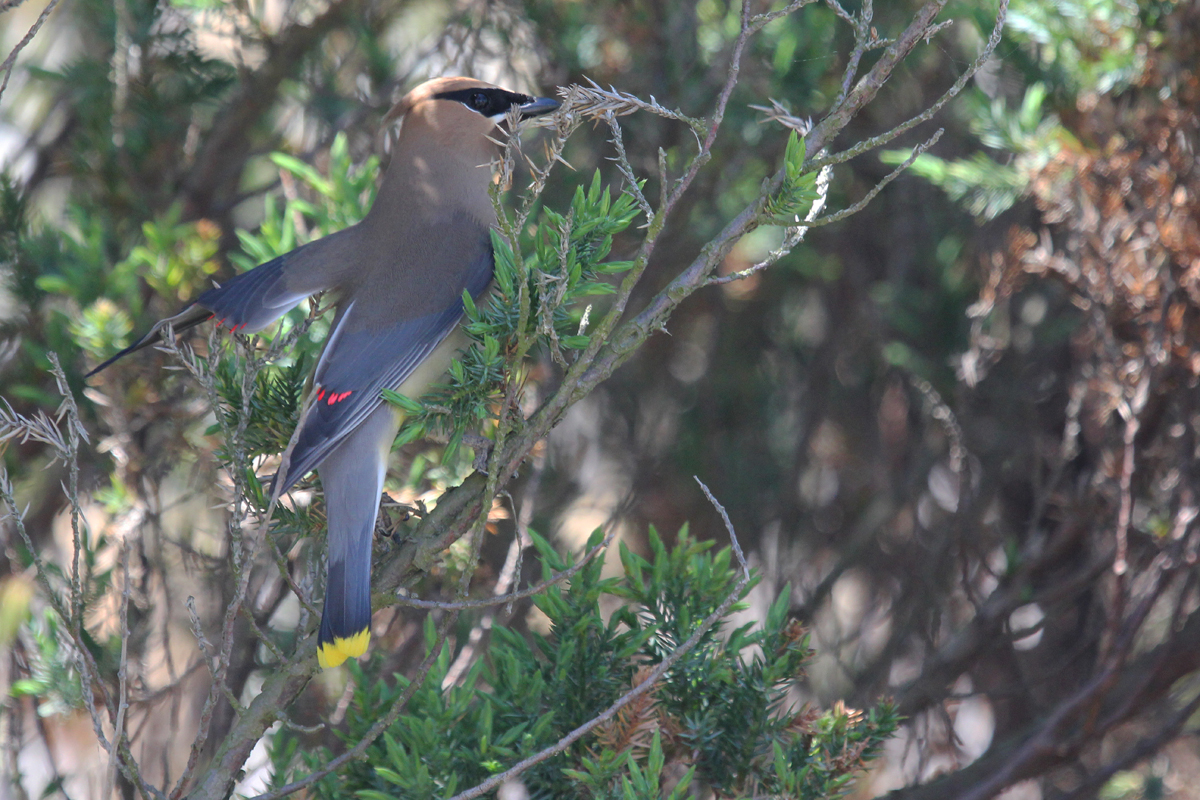

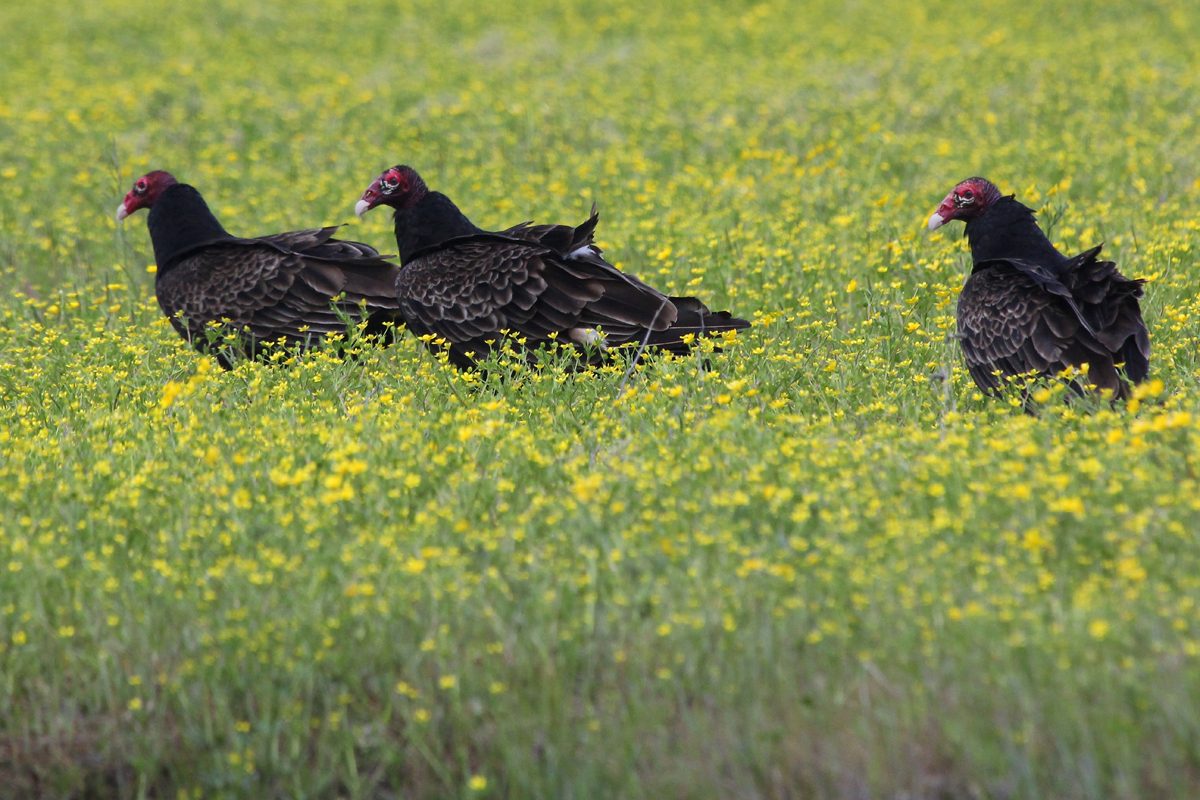
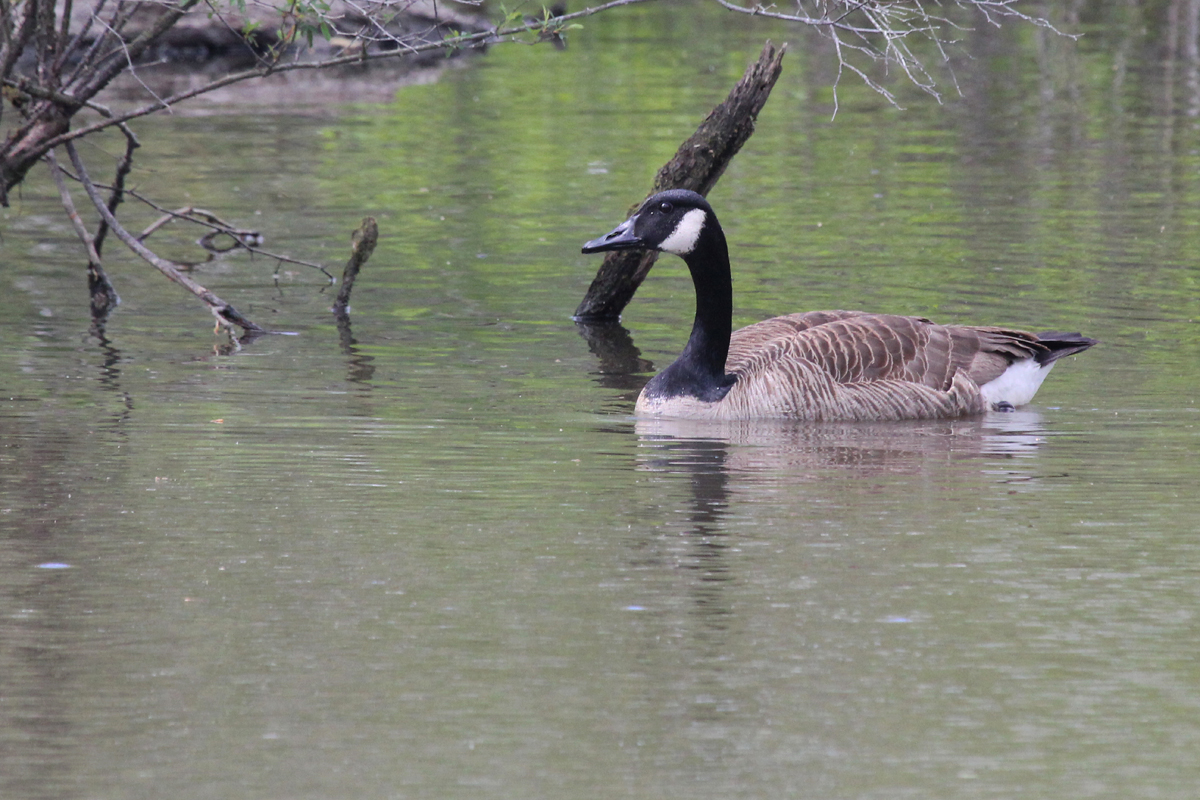

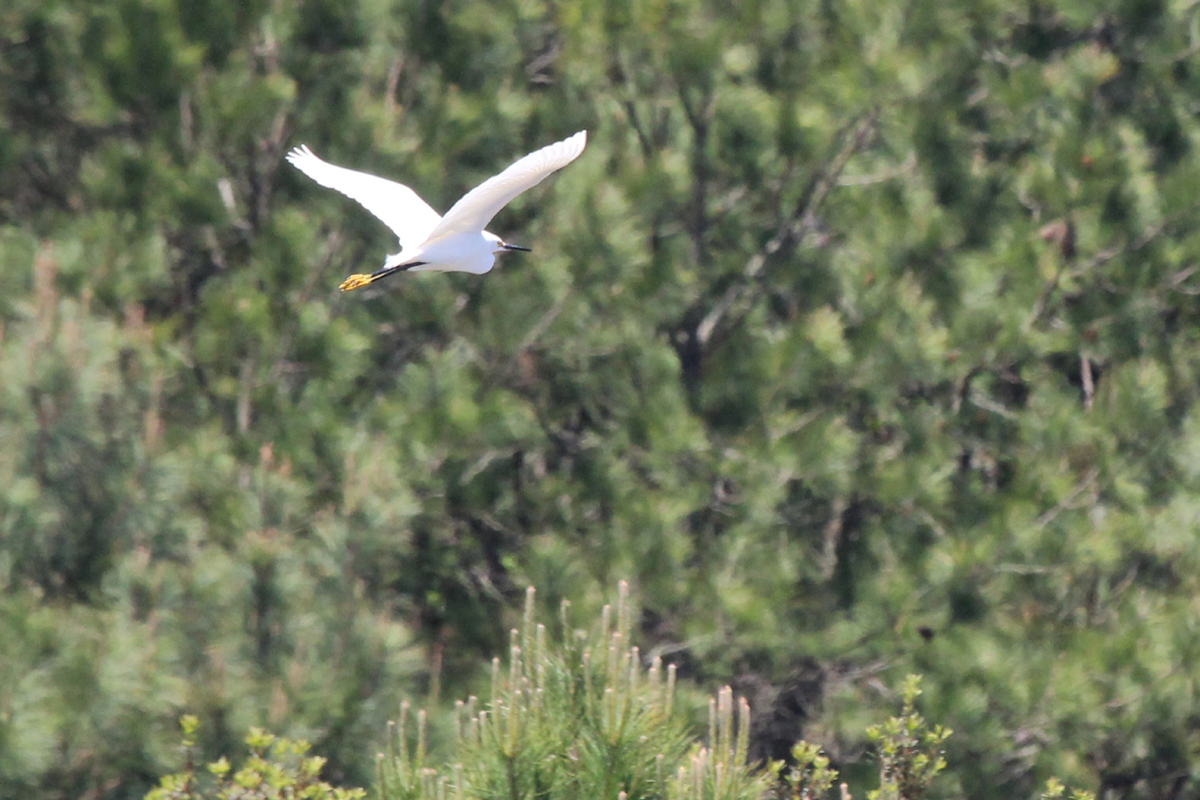

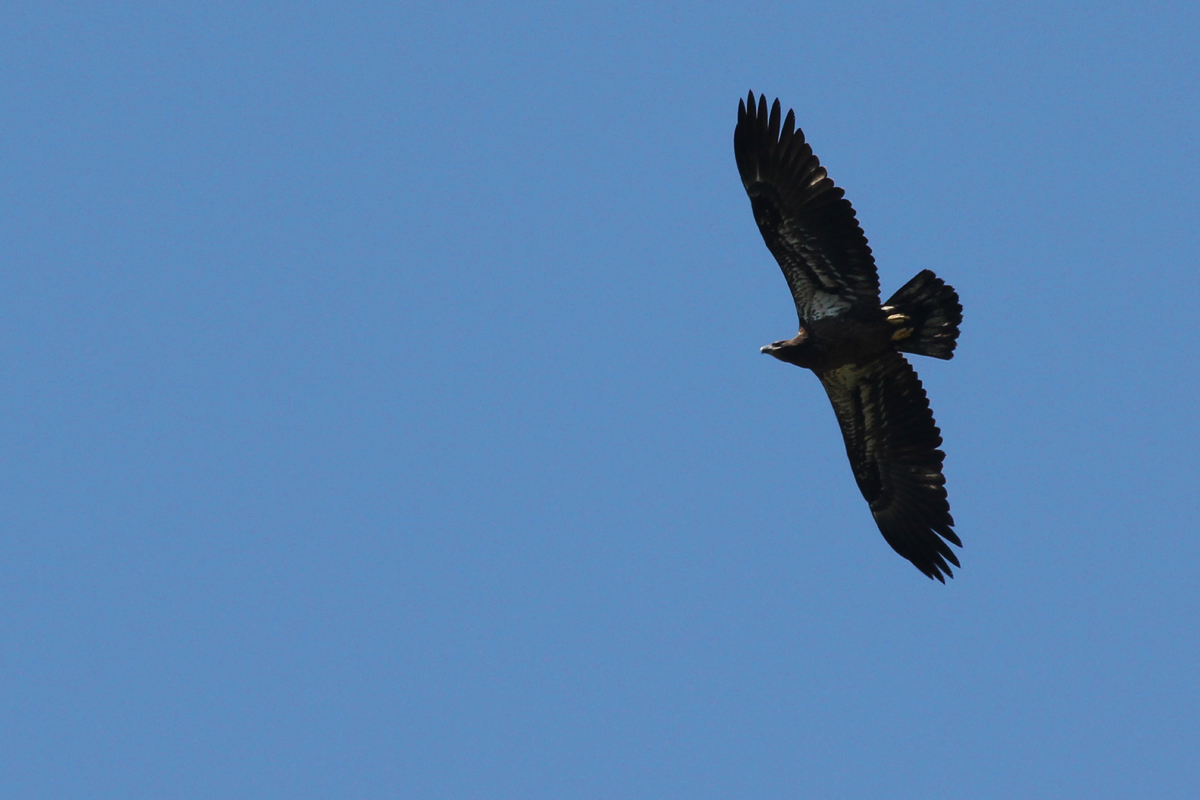
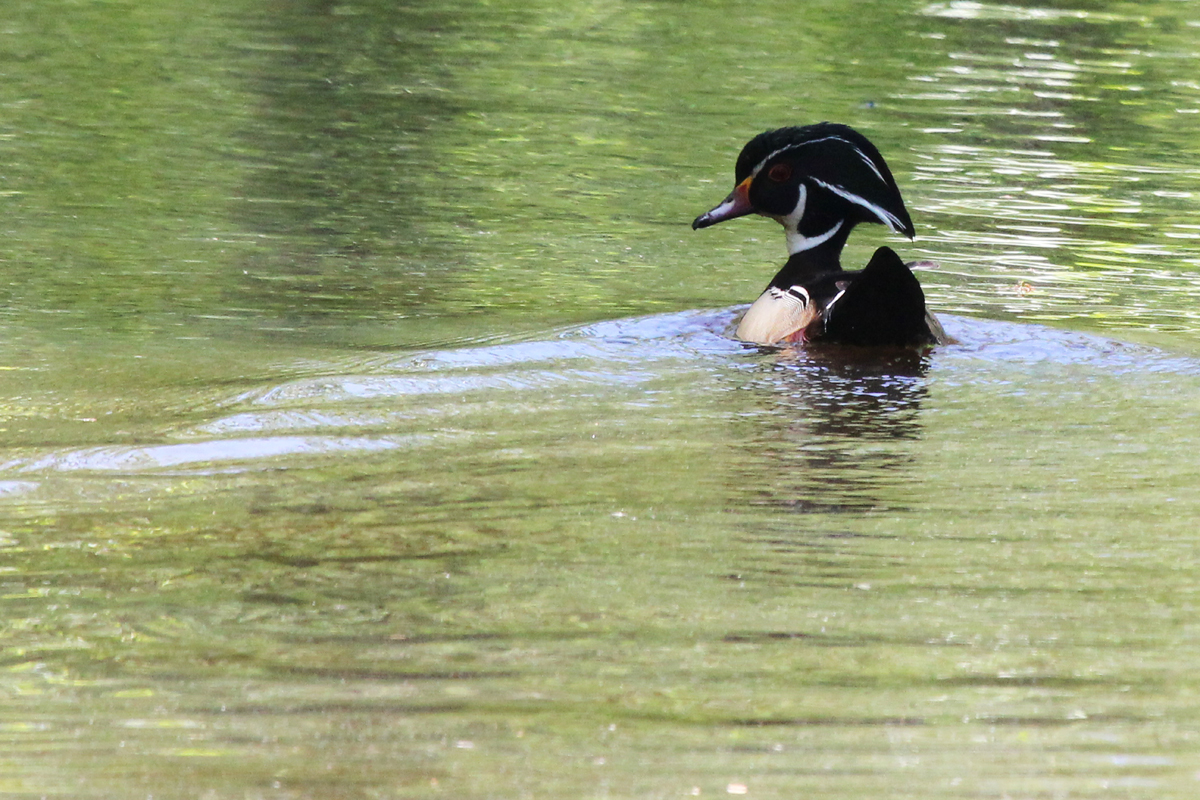
WEATHER: Ever-thickening and greening vegetation has blanketed the city now, however, temperatures remained fairly even with those in mid-April, coming in lower than average for this time of season! Average daily high temperatures actually dropped a bit, falling 1.2° from 67.9° F to 66.7° (-4.5° from prior 10-year average), with average daily low temperatures also falling, 0.4° from 49.0° to 48.6° F (also, -4.5° from prior 10-year average). Overall, temperatures ranged from a minimum of 37° F (21 Apr) to a maximum of 78° (28 Apr). A total of 0.74” of rain fell during the period, spread across two days with measurement amounts, with a maximum of 0.53” falling on Tuesday, 24 Apr. Maximum sustained winds at Oceana this period were 22 mph (on 23 Apr) and gusts reached 34 mph (29 Apr). No noteworthy tidal surge events affected the Sewell’s Point tide gauge this period. Sunrise/sunsets varied from 6:22 AM/7:44 PM (21 Apr) to 6:11 AM/7:51 PM (30 Apr), which means we gained 18 minutes of daylight during this period with a total of 13 hours, 40 minutes of ‘Length of Day’ to close the period!
For those hoping to view every photograph submitted for Virginia Beach during this period, please see the complete listing for the month of April located on eBird’s Media explorer by clicking here! Please remember, anyone with an eBird account also has the ability to rate these photographs (1-5 stars), and based on the average rating, this is how eBird populates anything media-driven on the website, particularly the Illustrated Checklists! So, if you're one of the many folks who enjoy looking at photographs of birds, take some time to click them all and rate them, it helps make eBird better and better each day!
LOOKAHEAD: In late April, we bid farewell to Brant, Green-winged Teal, Yellow-bellied Sapsucker & American Pipit (25 Apr) and Northern Shoveler, White-winged Scoter, Bufflehead, Hooded Merganser, Ruddy Duck, Red-breasted Nuthatch & Purple Finch (30 Apr), though the last two were not observed here this winter due to their irruptive nature. Any records for these species moving forward will flag in eBird as ‘rare’, but really they are flagging for being found past their usual date of departure. In early May, we have typical departure dates for Gadwall, Merlin, Ruby-crowned Kinglet, Hermit Thrush, Palm Warbler, Nelson’s Sparrow & Pine Siskin (5 May) and Blue-winged Warbler, Broad-winged Hawk, Blue-winged Teal, American Wigeon, Sharp-shinned Hawk, Wilson’s Snipe, Bonaparte’s Gull, Blue-headed Vireo, Sedge Wren, White-throated Sparrow & Savannah Sparrow (10 Apr). So, make sure to try for your last sightings of the season on these species while you can! If you observe any of these species near or after those dates, please try to document their occurrence to the best of your ability; it helps make eBird data & filters more accurate! For annually expected spring arrivals, as of the reporting period close date, we have not yet logged arrivals for Bank Swallow (15 Apr), Bobolink & Gull-billed Tern (25 Apr), Magnolia Warbler, Gray-cheeked Thrush, Common Nighthawk & White-rumped Sandpiper (30 Apr) and Red Knot (10 May). As with the departures mentioned at the start of this section, if you observe one of these arrival species before the date listed, please try to document the sightings as best as you can! As always, make sure to report your finds to eBird so the data can be used to adjust the expected arrival dates and to view the full listing of each species’ average expected spring arrival dates, as well as the average expected spring departure dates! LASTLY, for those devoted birders who do follow this journal, please know that a Facebook Group that complements all these sightings has been created, titled the Virginia Beach Bird Sightings & Discussion group. For anyone with a sincere interest in our city’s rich tapestry of bird species, please feel free to check it out, by requesting to join at the link above (and by answering the three questions required for approval).
Next Entry | Entry Index | Previous Entry
For further information regarding this thrice-monthly, online publication, please visit the Journal Overview Page which provides an in-depth explanation of the format, layout and composition of the journal. As always, thank you for reading, and please leave me a comment below (you may use your Facebook, Gmail or other accounts to easily do so), or just click the Heart icon to the lower right of this post to let me know you stopped in!